
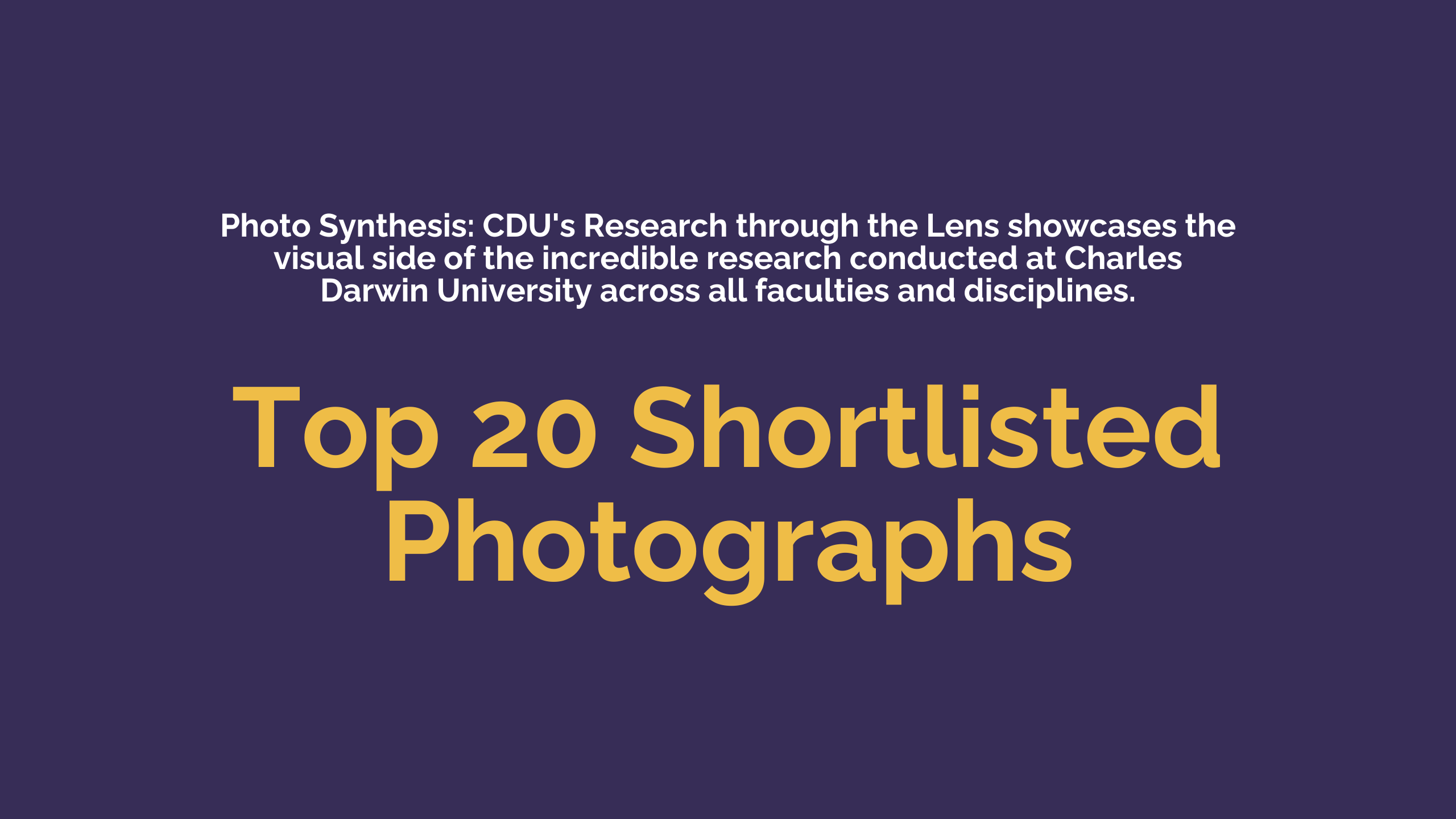
Raŋipuy by Mr P. G. Wunungmurra as part of Miyarrka Media
Many people these days are talking about climate change. It’s happening.
We can see it and feel it. All kinds of rubbish keep piling up on our beaches. True. But when you research with the land, or with raŋi (beaches), you can’t jump straight to problems, or worries about what is dying, or what is lost. You have to start with life.
I was born on raŋi. Not in a hospital. Or in a bed. Raŋi nurtures me with knowledge and identity. In our creative research, raŋi shows us how to learn together. There is connection and communication here.
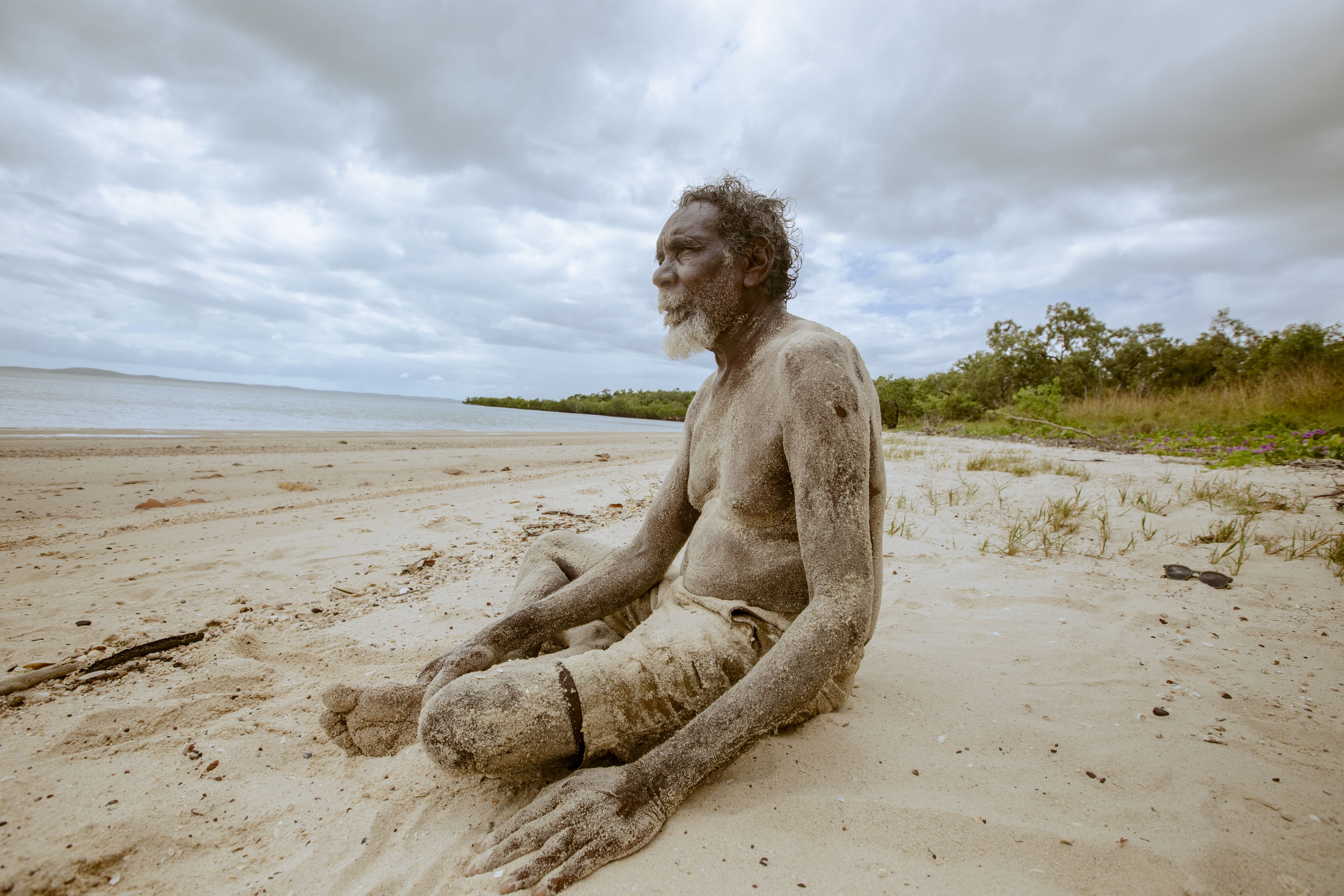





Black wallaroo in her rocky home by Allyson Malpartida
Deep in the sandstone escarpment on the Arnhem Plateau lives a shy creature perfectly adept to bounding from one rock to the other.
The Black Wallaroo (Osphranter Bernardus) only occurs in western Arnhem Land from the South Alligator to Narbalek.
In Kunwinjku language the male is known as barrk and the female is known as djukerre. This picture is of a female black wallaroo in Injalak Hill (Long Tom dreaming).
I was undertaking a fieldtrip for my PhD research nearby at Nabarlek uranium mine, investigating to what extent invertebrate bioindicators could be used to assess the rehabilitation using genetic methods.
Nanoscale symphony by Naveen Elumalai
The image shows the nanofibers fabricated using electrospinning technique - a state-of-the-art advanced manufacturing process.
The nanofibers are used for water splitting - the fibres absorb sunlight and generate electrons that breaks down water molecules to generate hydrogen.
This helps us create clean hydrogen fuel from just water and sunlight, making it a key step toward a greener future.
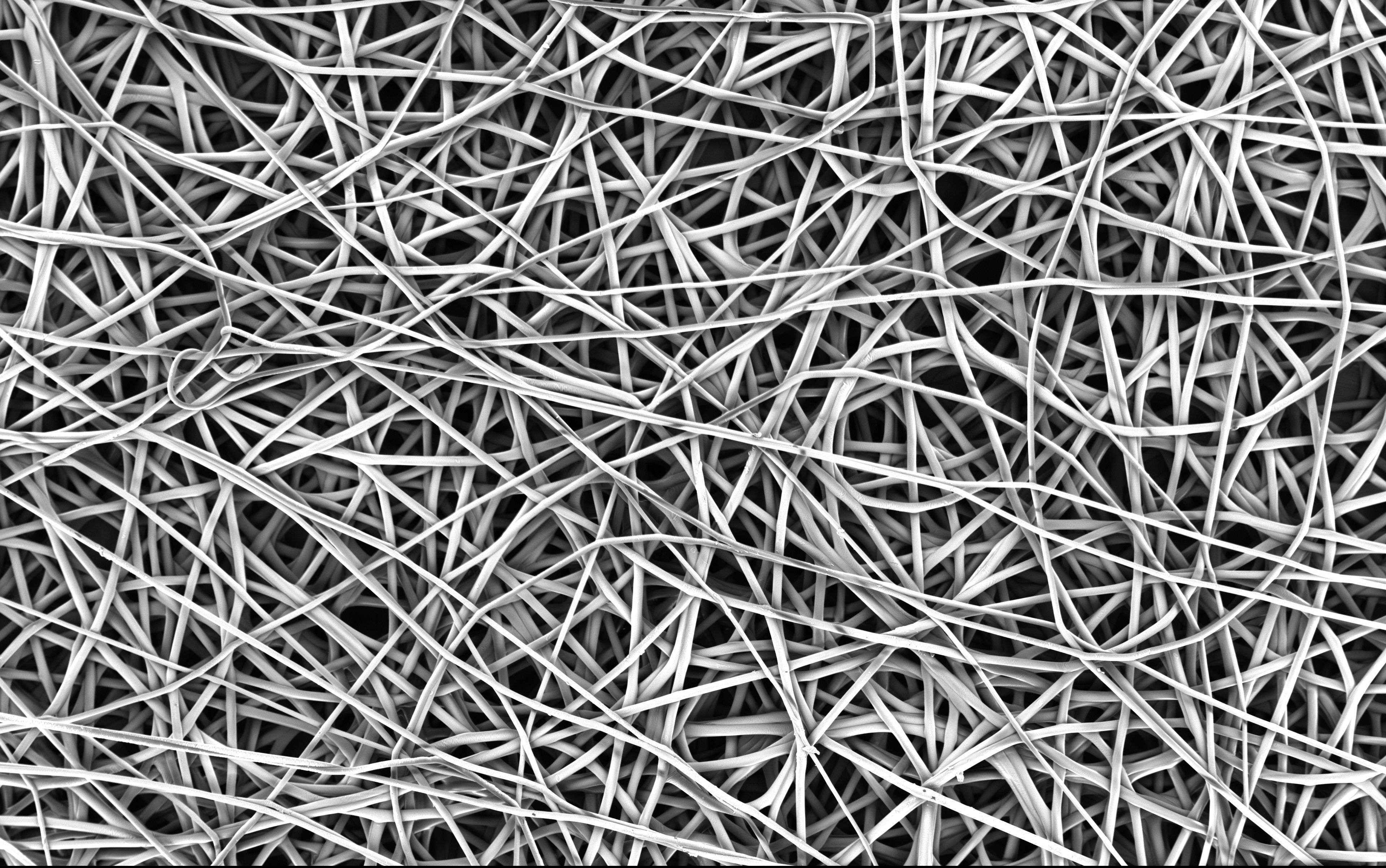


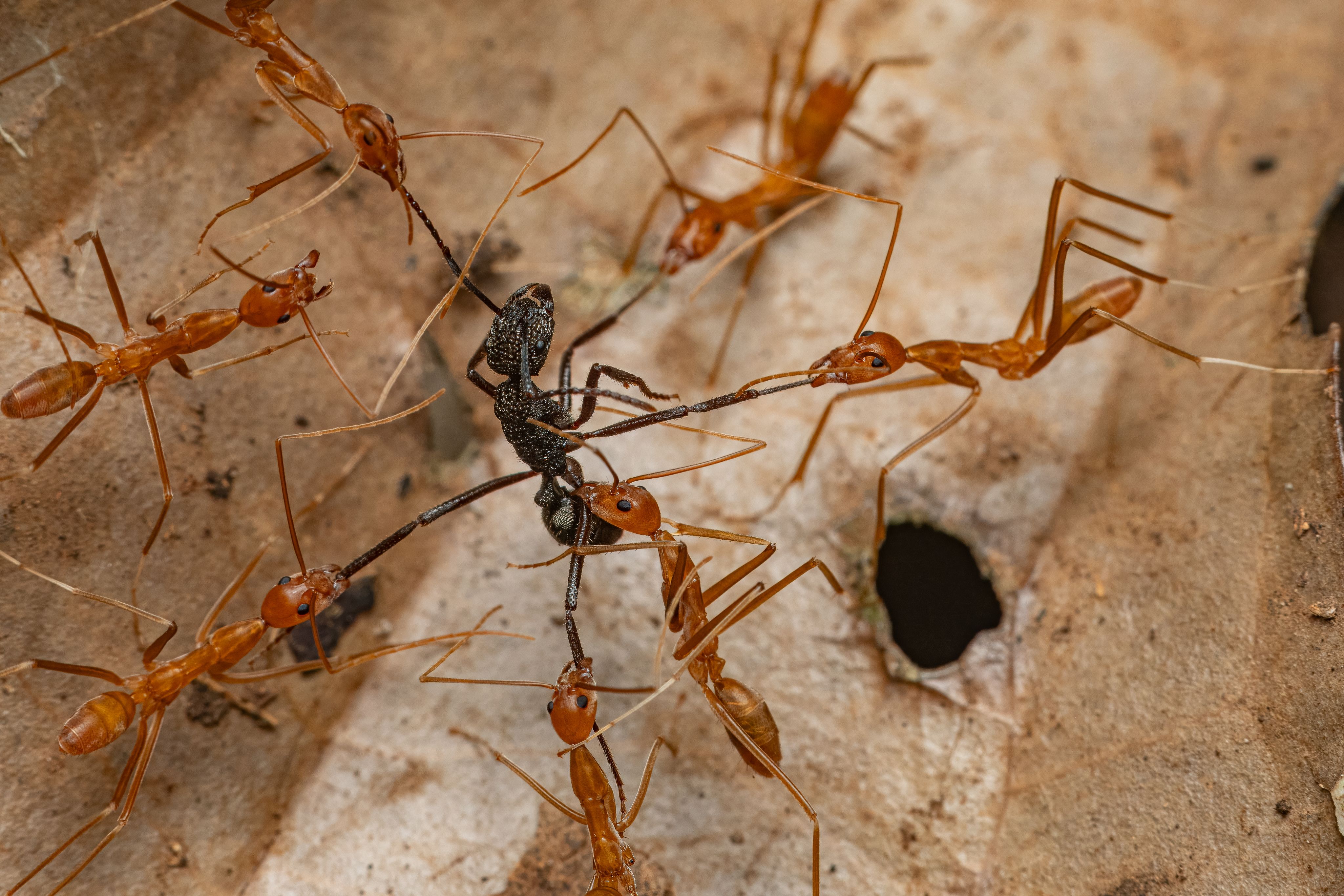


Surrounded by François Brassard
My PhD focused on how different fire regimes affect ant diversity. To further my knowledge in myrmecology I attended an international ant course in Papua New Guinea.
While collecting samples in the rainforests I came upon this scene where a group of spider ants (Leptomyrmex sp.) had encircled a lone poney ant (Rhytidoponera sp.).
After immobilising their prey, the spider ants’ group-transported the poney ant back to their nest to feed their larvae.
Underwater at an outer Darwin seasonal wetland by Jenny Davis
I am a freshwater ecologist and have spent several decades working on wetlands in the NT and WA. The Top End is a wonderful place for wetland research because it contains some of the world’s most intact wetland ecosystems.
These systems, driven by Wet season rains, are important for fisheries (especially barramundi), birdlife, dragonflies and many other species.
In the Research Institute for the Environment and Livelihoods we use multiple research tools to gain the understanding needed for wetland management and conservation.
In this image I have used an underwater housing on my iPhone to visualise the aquatic habitat in an outer Darwin seasonal wetland.
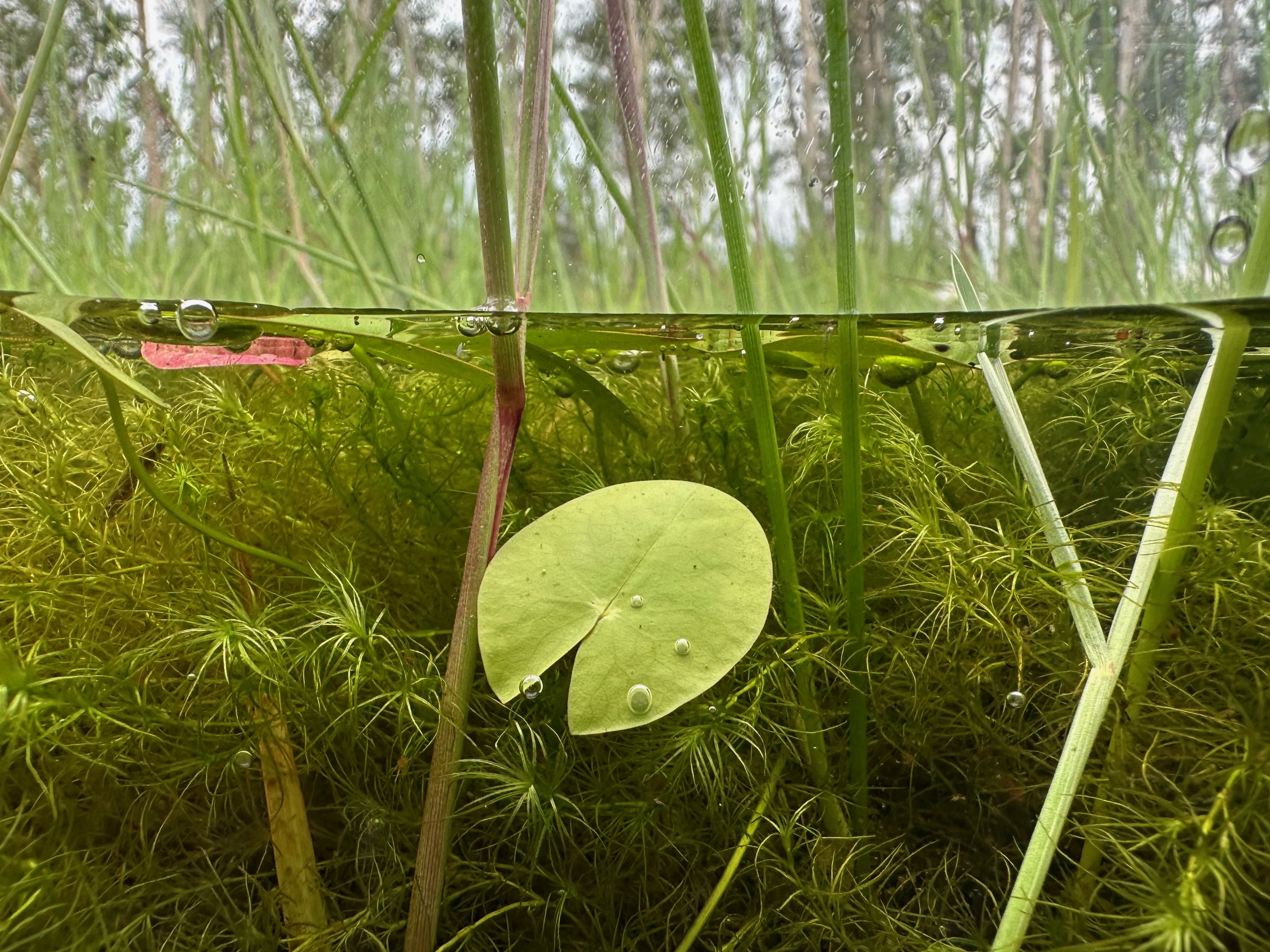


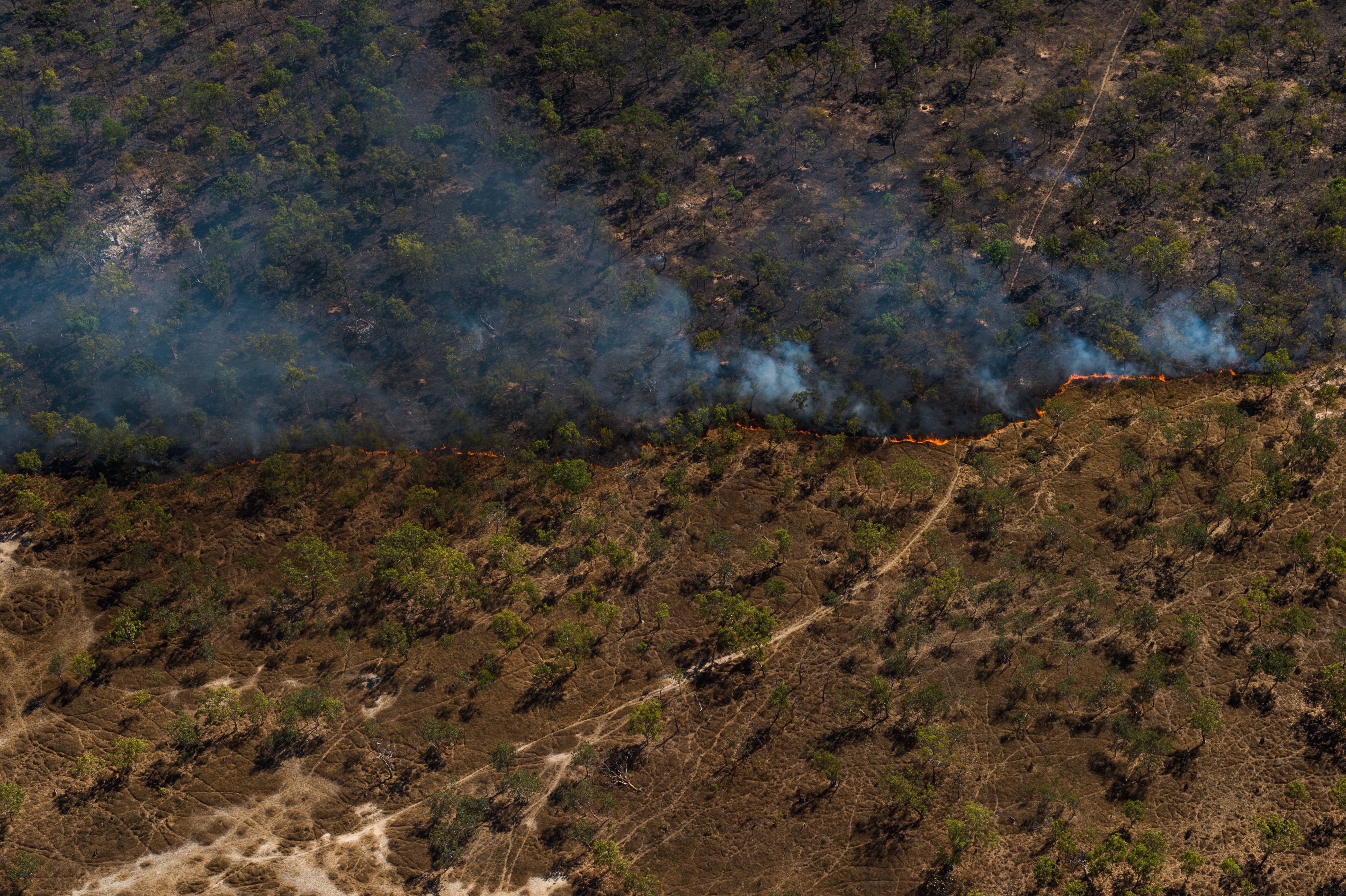


Cool fires are good fires by Rohan Fisher
Right now, hundreds of fires are burning across northern Australia.
But this is not a wildfire catastrophe – in fact, these burns are making things safer in one of the most fire-prone landscapes in the world.
From April to June each year, land managers aim to create small, “cool” fires with care and precision to reduce fuel loads before conditions get severe later in the year.
This work, “painting” landscapes with fire, is constantly informed by CDU’s NAFI fire information service. Part of this work involves checking the accuracy of our mapping from air.
This photo is from one of these surveys west of Katherine.
Sunrise at An-gatja Wana, Central Arnhem Land by Sam Williams
An-gatja Wana means ‘big river’ in Burarra, and is the name Burarra people use for the mighty Blyth River that snakes through the heart of their Country.
I took this photo after crawling out of my swag in the morning and being stunned by the sunrise colours reflected in the glassy river mouth.
I was camping with several Burarra families, using the boat in the photo to visit places of great spiritual significance in the mouth of An-gatja Wana.
The trip was part of a collaborative research project with elders from Maningrida, who want to reinvigorate intergenerational knowledge of – and relationships with – their coastal Country.



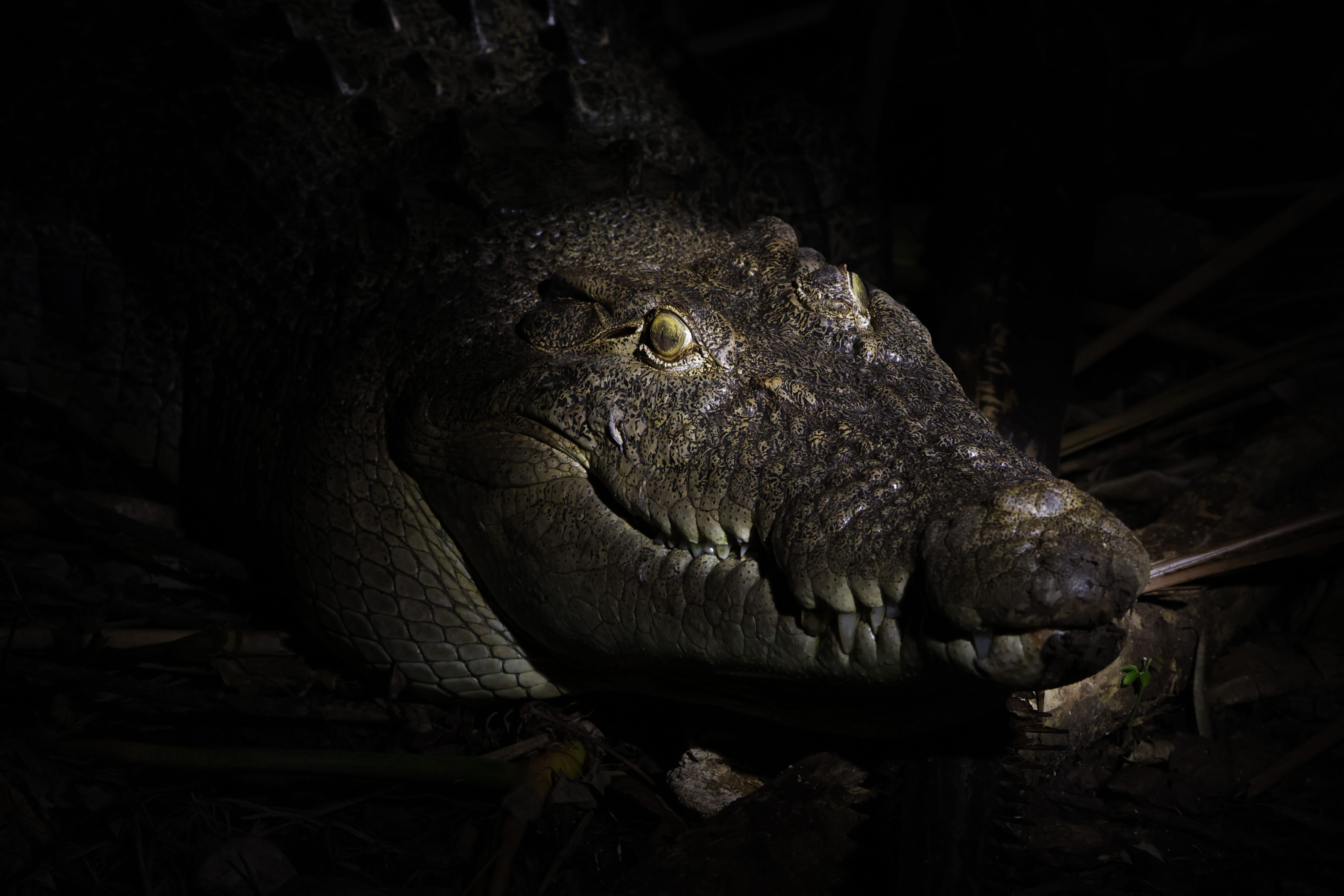


Out of Darkness by Brandon Sideleau
Lake Ira Lalaro and the Lospalos region of Timor-Leste are special places. They contain a landlocked, high elevation population of saltwater crocodiles (Crocodylus porosus).
While visiting a freshwater spring one night we were charged by a female crocodile defending her nest.
Luckily, we were on the other side of a resident’s concrete wall. She remained still following this defensive charge, so I decided to take a photo.
Rather than using my flash, I opted to have a colleague shine his torch on her, illuminating only her eye to provide the photo with a unique and moody atmosphere.
Australian humpback dolphin (Sousa sahulensis) playing in Bynoe Harbour by Natalie Robson
The Australian Humpback Dolphin (Sousa sahulensis) was first described as a new species in 2014. They are only found in the coastal waters of northern Australia and Papua New Guinea.
Normally a shy species, we were lucky enough to catch this pod of Australian humpback dolphins playing near the entrance of Bynoe Harbour during a boat-based Marine Megafauna survey in 2023.
This photo was taken on a Canon 5D Mark III, with a 70-200mm telephoto lens.
Natalie is a Marine Scientist, currently doing her PhD at CDU on the ‘Habitat Use and Genetics of Foraging Green Turtles (Chelonia mydas) in the Northern Territory’.
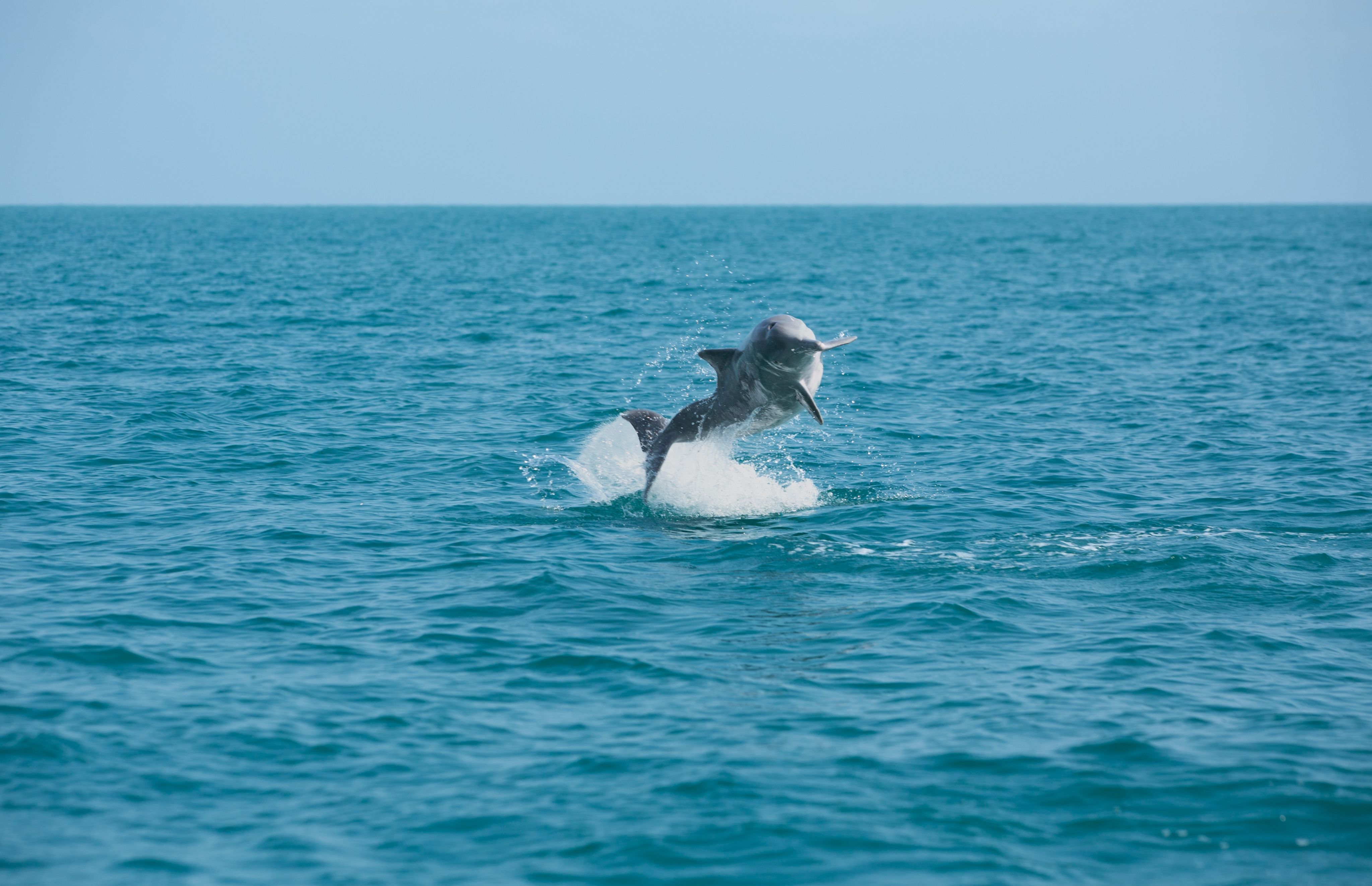


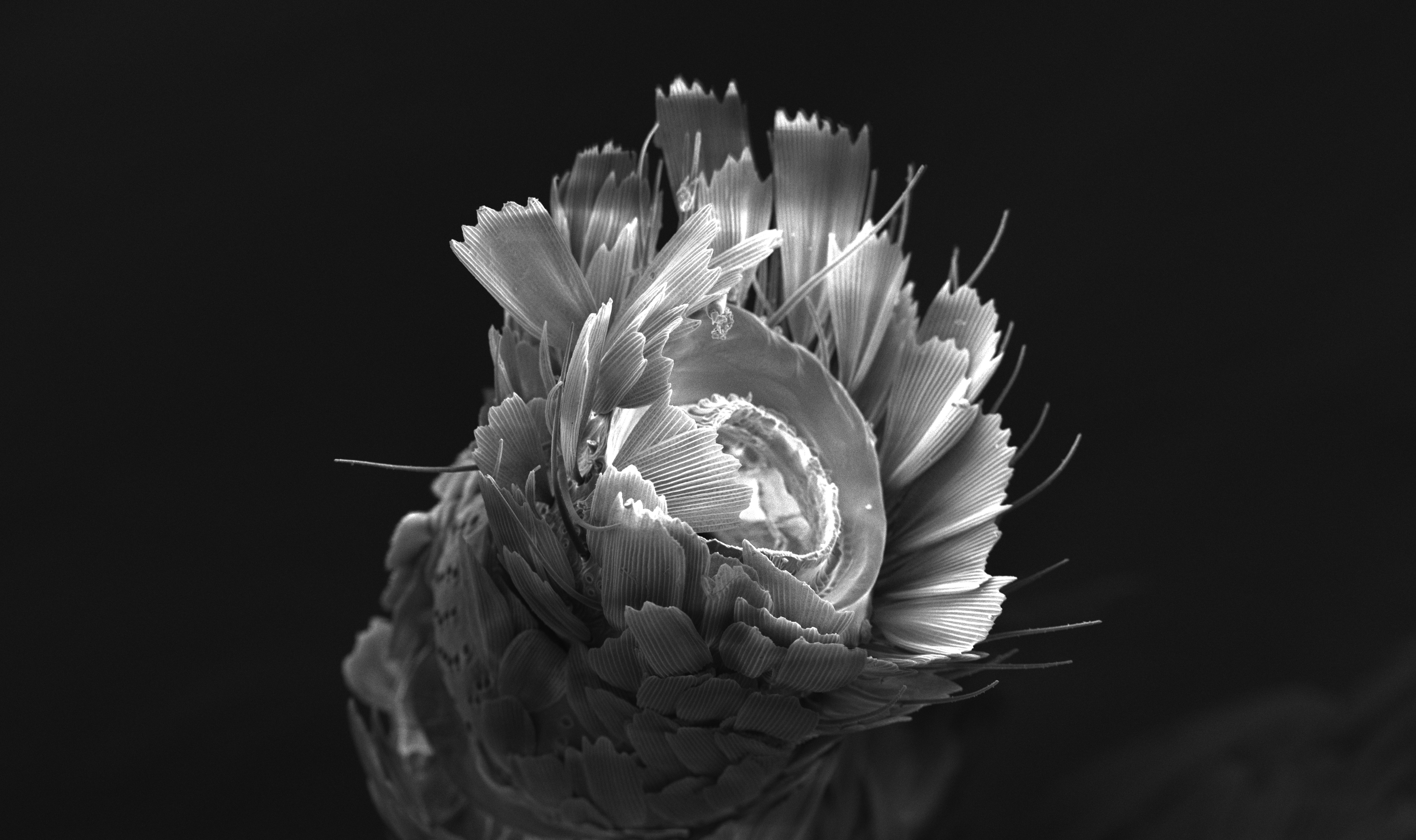


SEM Photo of a Moth's Antenna by Cedric Tan
This image was taken to demonstrate the capabilities of a new scanning electron microscope (SEM) at Charles Darwin University.
During the visit of a delegation with the Vice-Chancellor, a dead moth was found and sprayed with gold to increase its conductivity, producing higher clarity when photographed.
SEM can be used to provide not only higher resolution imagery, but also identify the chemical composition of materials such as metals or powders.
Twinkle Twinkle Brittle Star by Rachel Groom
The Northern Institute at CDU is making waves in northern Australia by teaming up with Aboriginal ranger groups and James Cook and Edith Cowan universities to map the vibrant benthic habitats of sea country.
This crucial data helps Aboriginal organisations in their planning to protect their marine environments.
A stunning photograph from the southern Gulf of Carpentaria showcases this effort, revealing iridescent green Halophila ovalis, a favourite food of dugongs.
Delicate brittle and feather stars stretch out their feathery arms while juvenile fish, crabs, and a mix of algae thrive in this bustling underwater community.
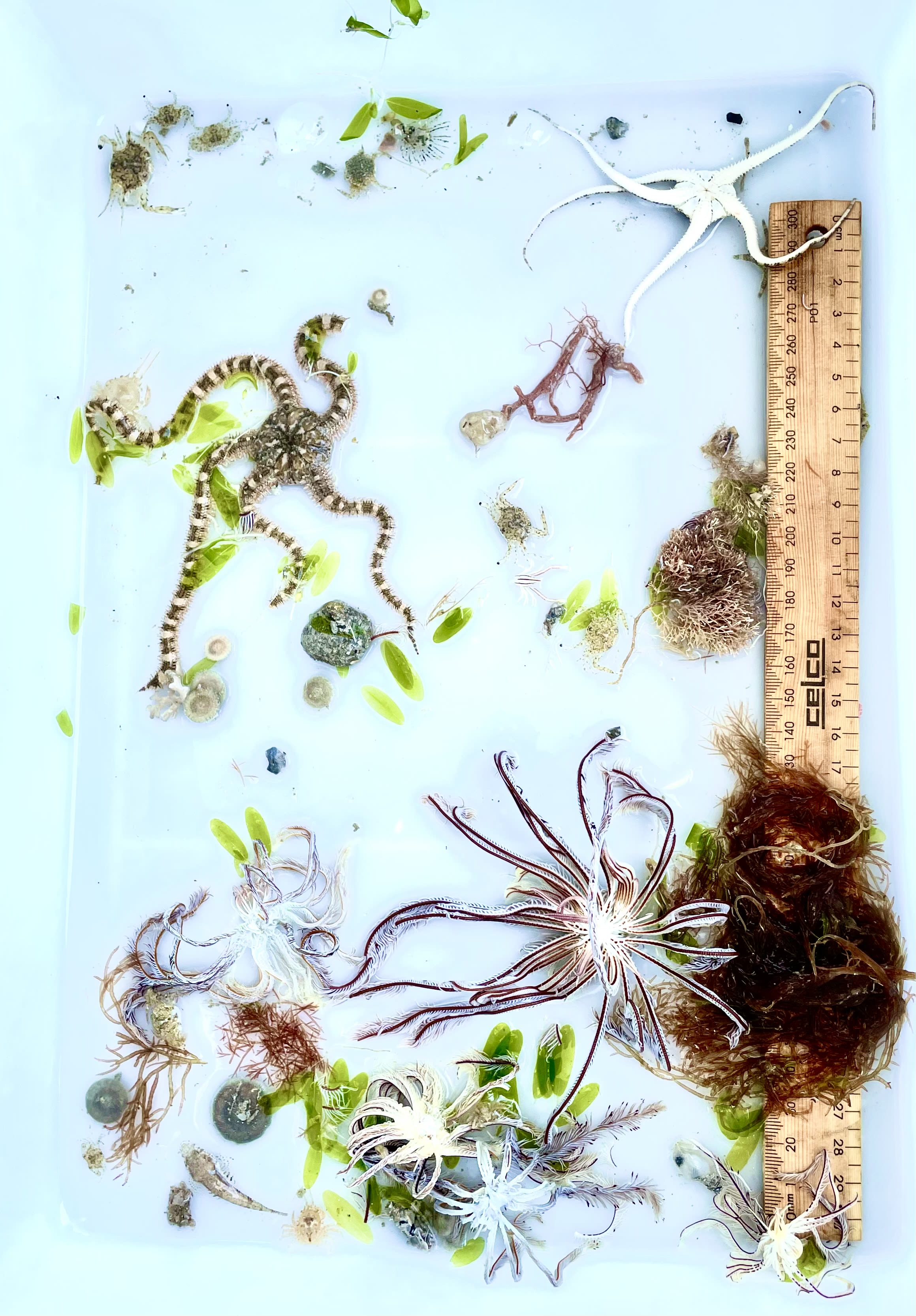


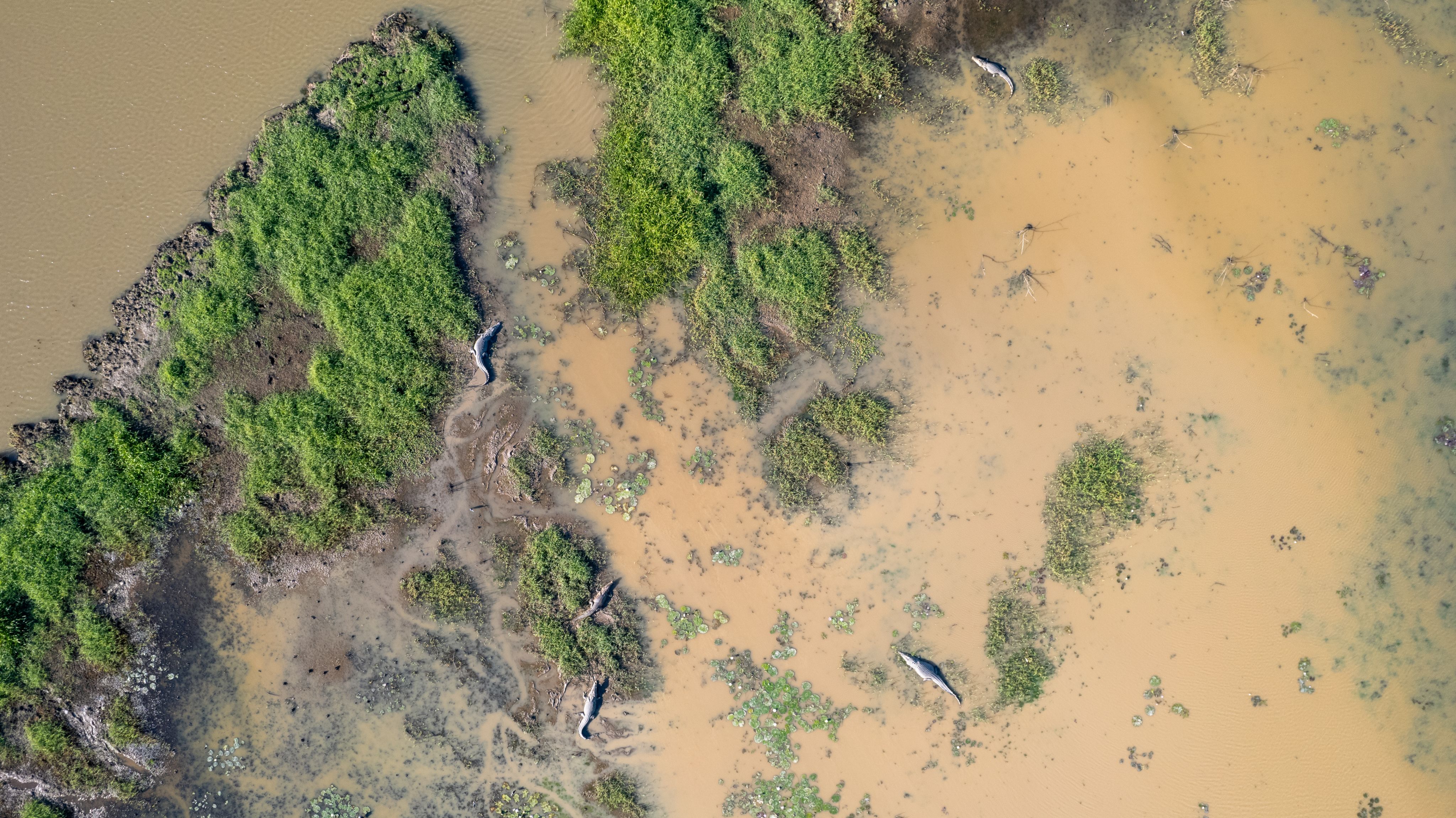


Crocodiles from above by Cameron Baker
A bird’s eye view of five estuarine crocodiles (Crocodylus porosus) basking together along with the beautiful green vegetation at Corroboree Billabong.
While there has been considerable research conducted to understand the importance of many large predator species for promoting ecosystem health and productivity, surprisingly little is known about the impact of crocodiles on the environment.
By investigating how vegetation health and aquatic productivity have changed over time with the recovery of crocodile populations across the NT, we are starting to unravel the ecological importance of crocodiles.
Nature's very own composite eye by Krishnan Kannoorpatti
This picture was filmed under the scanning electron microscope using a very thin layer of gold coating.
Each facet of the eye is a tiny masterpiece, allowing the fly to see the world in wide-angle in ways we can only imagine.
This picture was taken with the scanning electron microscope (SEM), which is crucial in materials and manufacturing research to provide invaluable insights into micro and nanostructures of materials by high resolution imaging, failure surface analysis and elemental composition. This is extremely helpful in quality control and process optimisation in manufacturing.
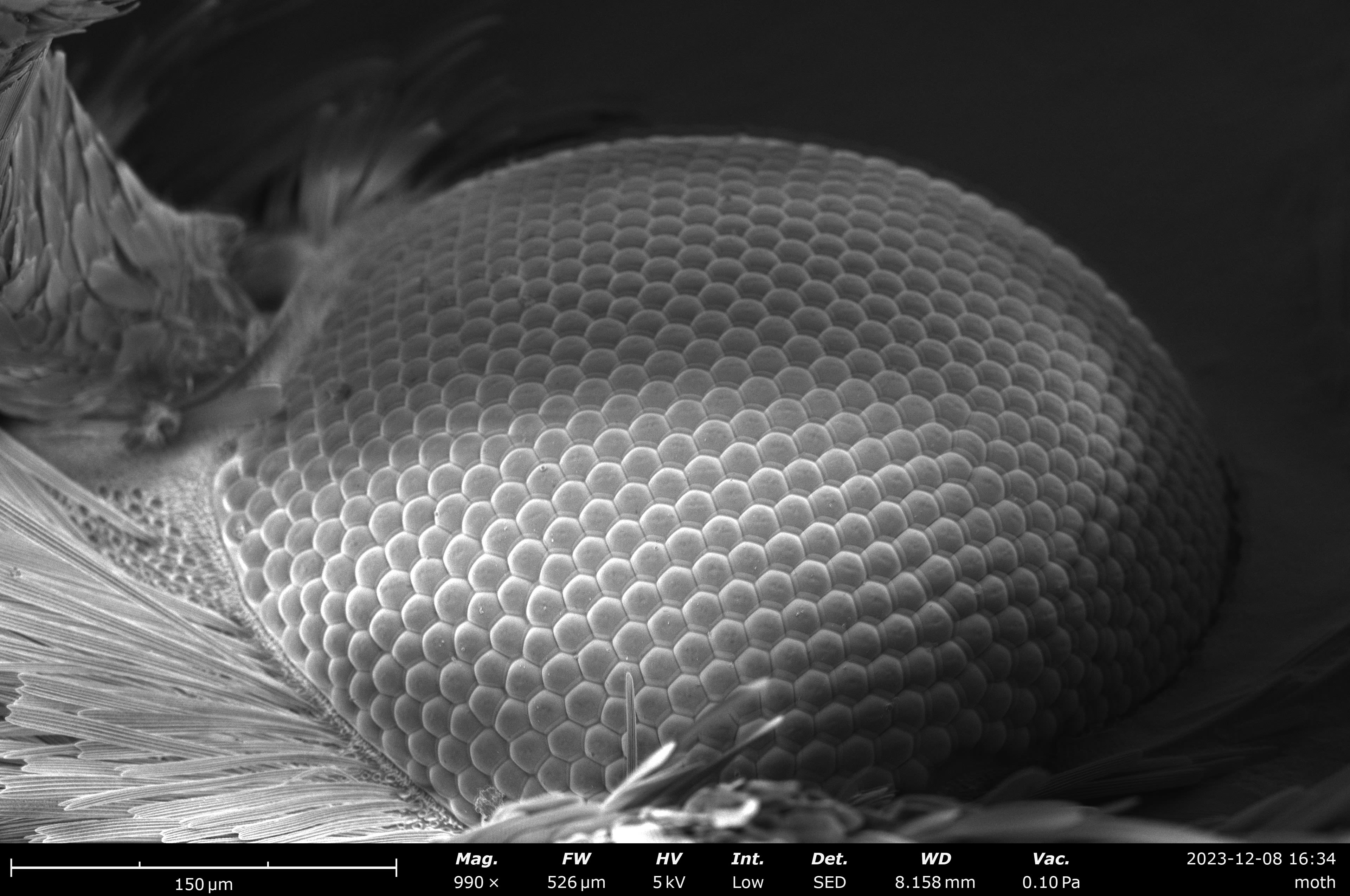





Estelline and Rami by Lexie Gregory
“One day Rami will follow in my footsteps. I’m trying my best to show other mothers and inspire them. I love my job. That’s why I come every day to help other mothers.” - Estelline Gaykamangu
I met Estelline at her work, Ramingining Families as First Teachers (FaFT), where she inspires others to believe in themselves as parents.
Believing in yourself as a parent fosters positive outcomes for parents and children.
My research seeks to explore self-belief from the perspective of First Nations parents, so that parenting programs in remote communities are grounded in the worldviews of the parents they seek to support.
Golden-headed Cisticola calling for a mate by Ulrike Kachel
As a sustainable tourism researcher, I am exploring the connection between tourists and the environment, particularly wildlife.
For the Top End and Darwin as a destination, the birdlife is drawing visitors to the region and is a hot spot for avian tourism.
In particular, visiting and local birders and bird photographers share stories and photos of birds via social media platforms, which not only attracts people to the Top End but also builds knowledge about and connections with nature.
How does it make you, the viewer, feel when looking at the Golden-headed Cisticola calling for a mate?
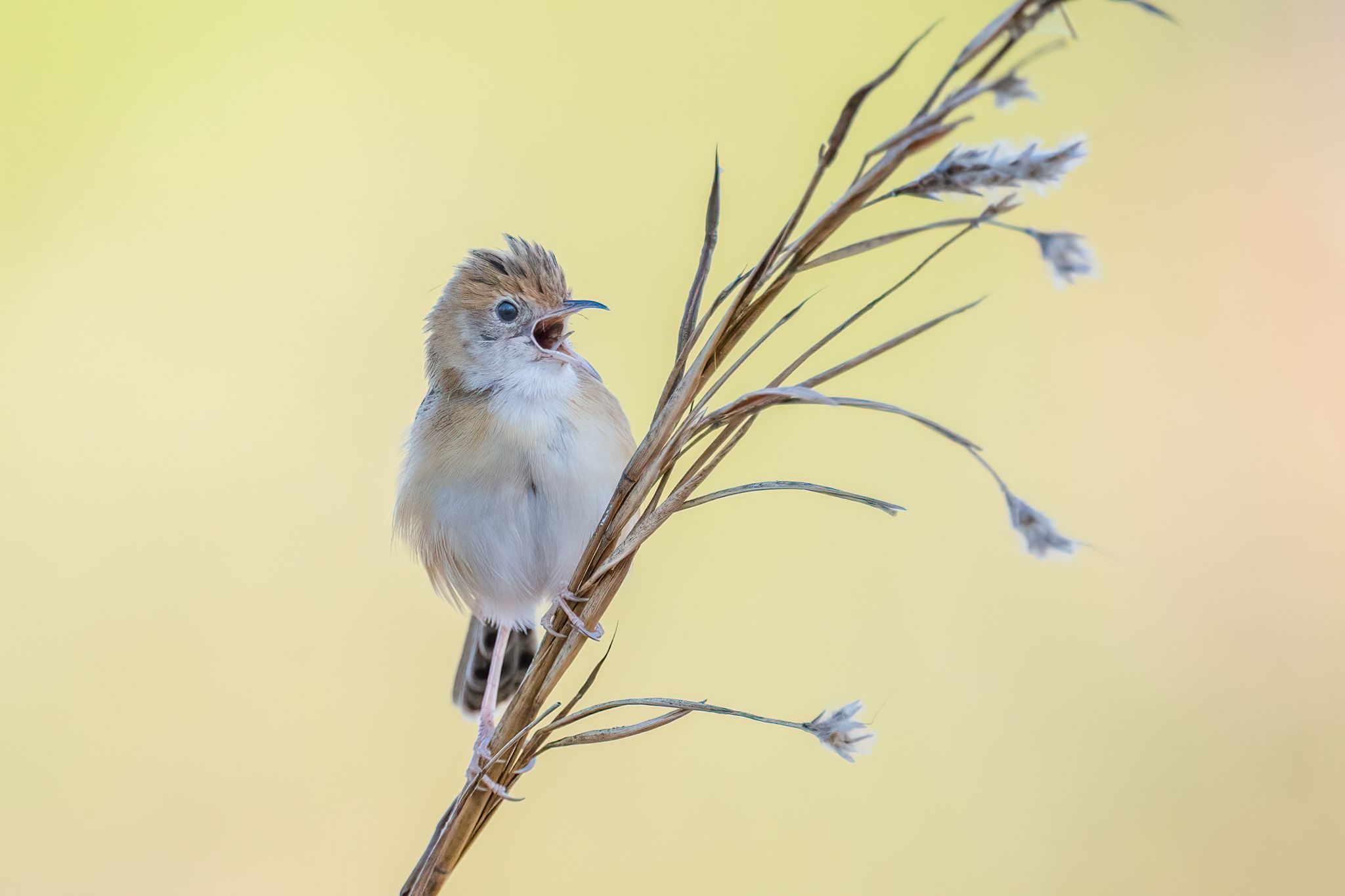


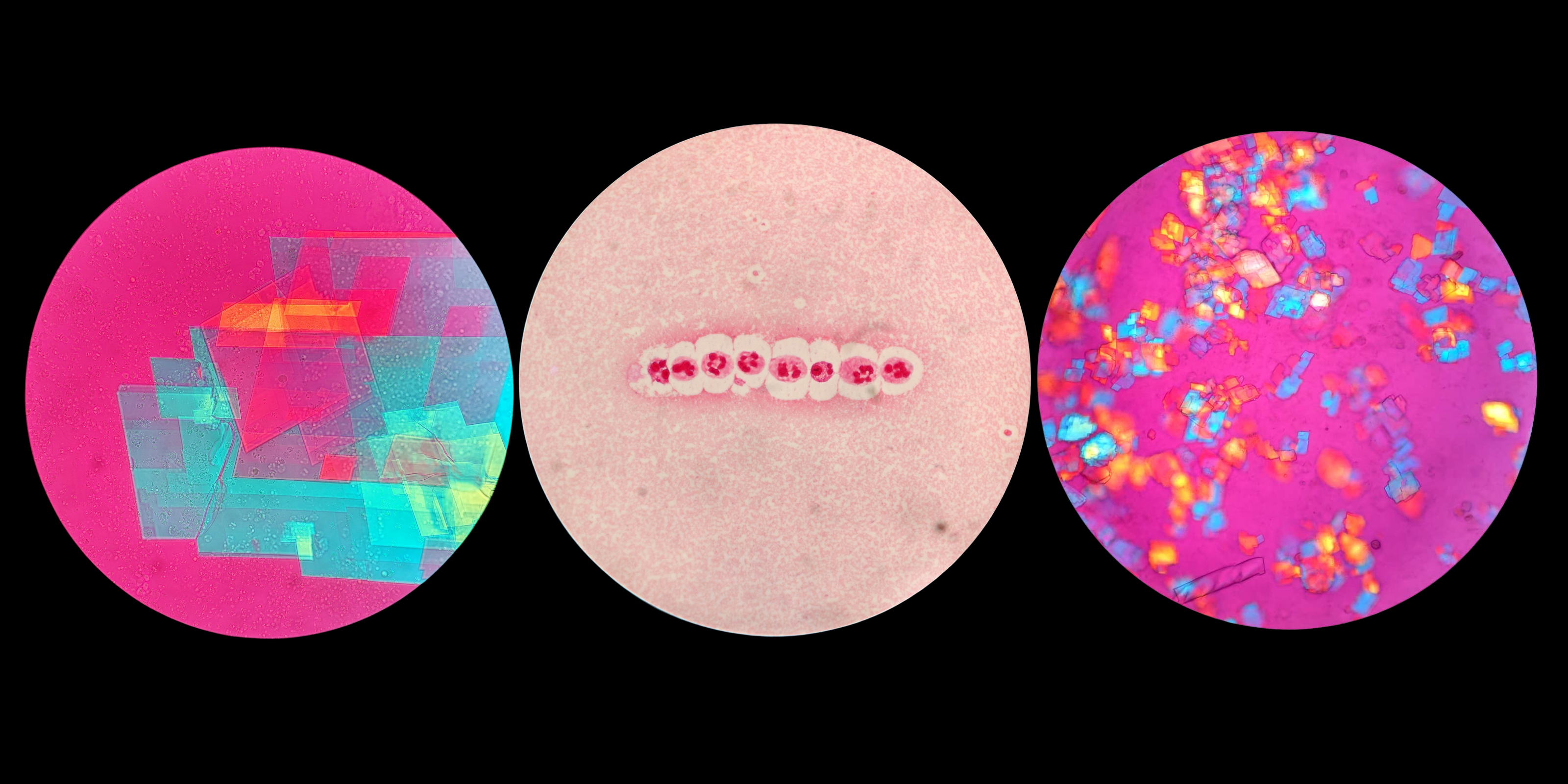


Synovial Sights by Tessa Oakley
These microscope views of joint fluid show polarised cholesterol crystals surrounding a tidy line of white blood cells.
These pictures capture some of my work with the National Health Laboratory in Timor-Leste, where we're strengthening diagnostic microbiology with the Fleming Fund Country Grant.
By sharpening our skills in spotting bacterial infections and antimicrobial resistance, we're able to improve diagnostic accuracy and patient care, making healthcare stronger for everyone.
Gathering Knowledge by Jedison Wells
Indigenous Research is gathering, it does not find new but brings forward what has always been.
It requires passion to push past the wounds and not get lost in accusation and retribution, transparency to fairly steer the exploration of methods that facilitate that kind of becoming, and connection to unlock what is of use for all of us to know rather than speak on anyone's behalf.
As an Indigenous Researcher, I am louder, I am less afraid.
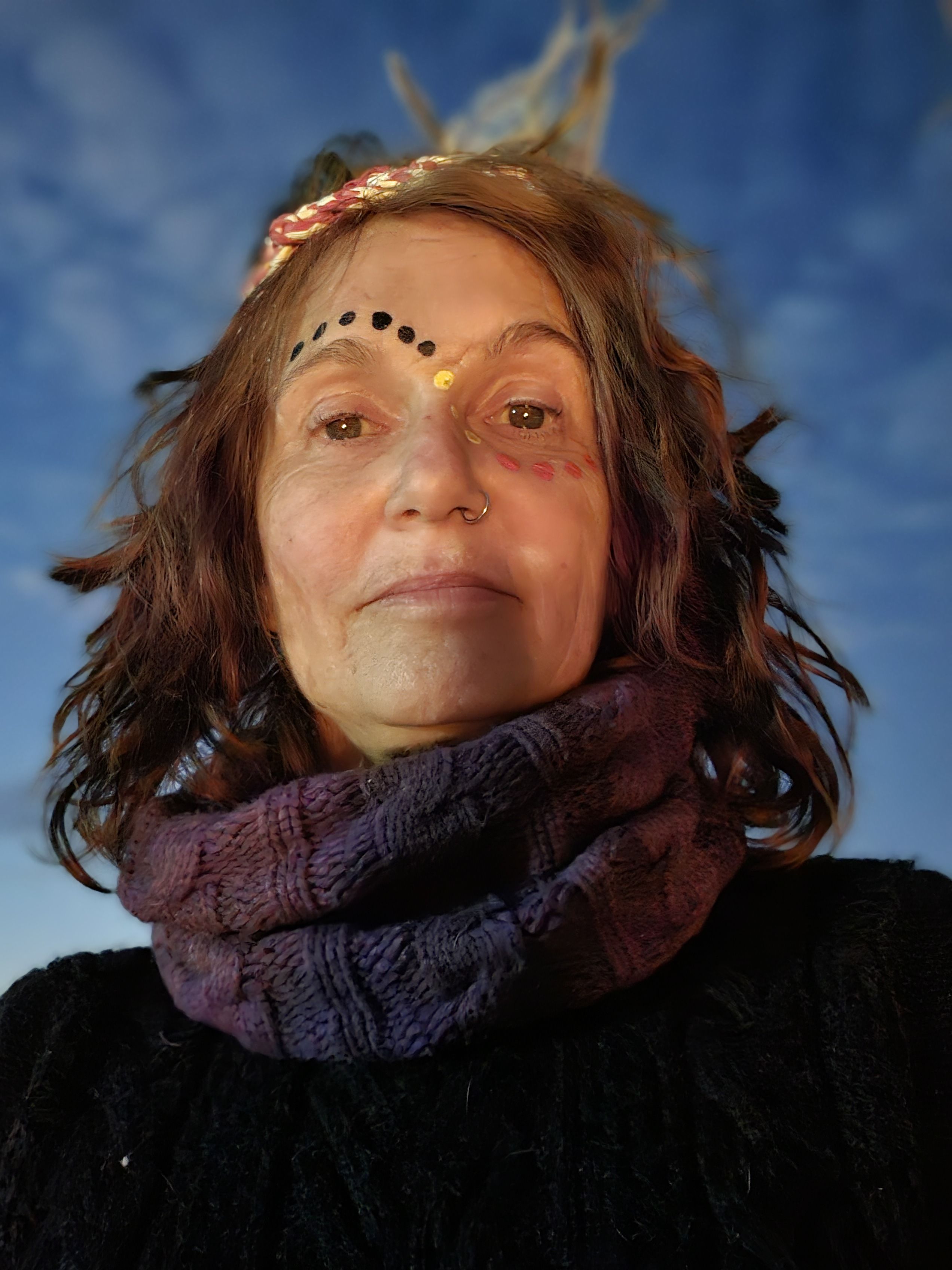


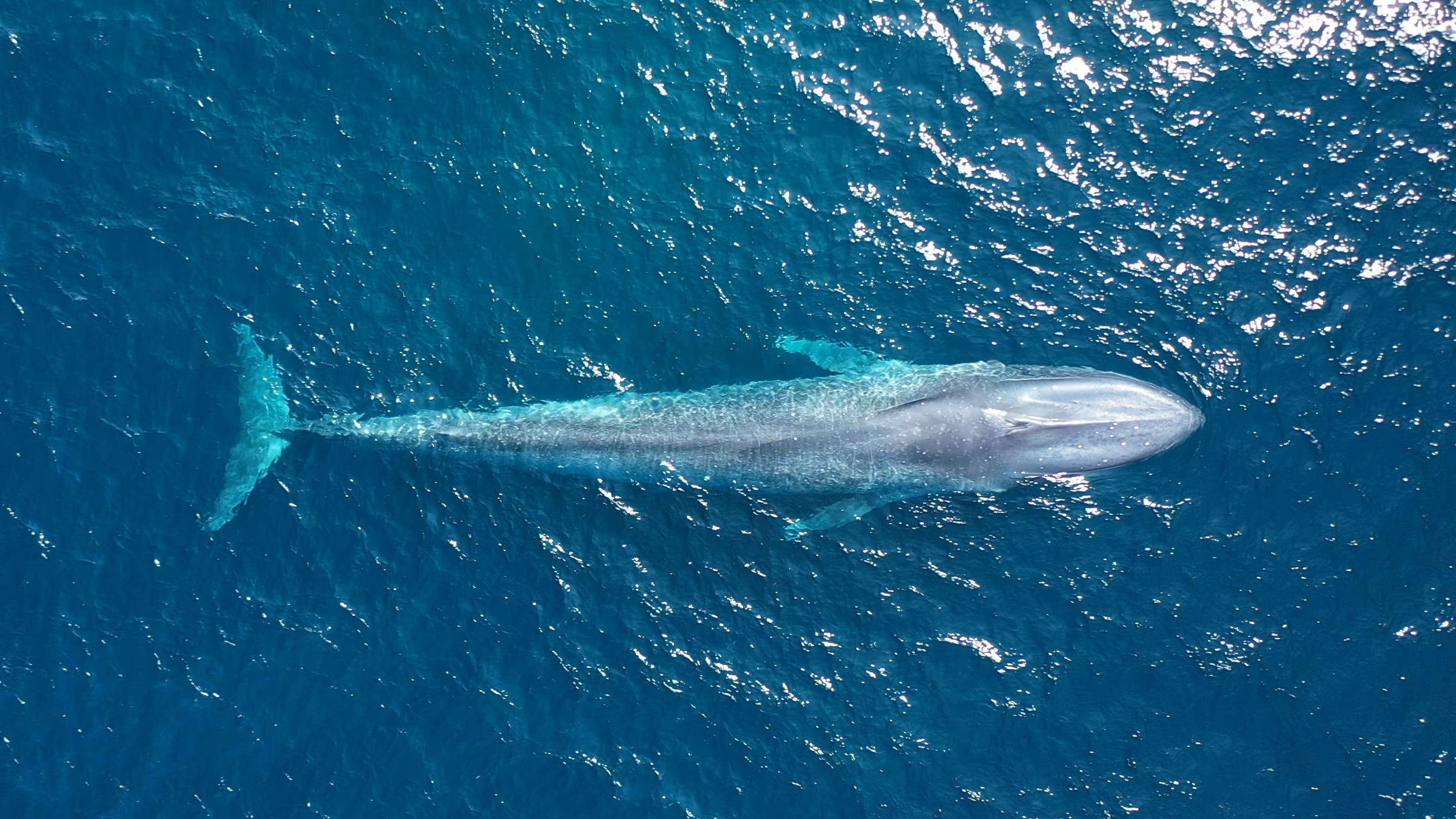


‘Blue on blue’ – a glimpse into the life of a Pygmy Blue Whale by Karen Edyvane/Zacarias da Cunha as part of Baleia no Golfinhu iha Timor-Leste
A migrating pygmy blue whale glides effortlessly through deep blue ocean waters, off the coast of Timor-Leste.
Deep waters close to shore allow large whales to pass close to shore – providing perfect conditions for land-based whale watching and research into this elusive and poorly-known, endangered species.
In our collaborative research and ‘citizen science’ program, we have partnered with local researchers, student volunteers and fishers, to monitor the abundance, behaviour and the health (or ‘body condition’) of passing whales - through land-based observations, cameras and drones.
This stunning image was taken last year, by our newly trained, drone operator, Zacarias da Cunha, a young local fisherman from the village of Subaun.
The crocodile can teach us by Marylin Carino
The crocodile is patient. He carefully observes the world around him.
The crocodile is wise. He rests on the bank and conserves his energy.
The crocodile is skilful. He has perfected his hunting and strikes with precision and efficiency.
The crocodile shows us we are not the boss in his Country. We must remember our place and be humble.
The crocodile reminds us to observe, listen and learn. We must respect those who hold knowledge.
The crocodile teaches us that if we adapt to our environment, we can thrive.






Basking saltwater crocodile by Tayhlia Casey
In this image, a saltwater crocodile is basking on the bank at Corroboree Billabong.
Although not visible in the image, this crocodile was alongside several other crocodiles that had most likely fed on a nearby buffalo carcass.
This moment was captured during fieldwork and links back to my research investigating the bottom-up influences of saltwater crocodile population recovery on riparian vegetation communities in the Northern Territory.
Seeing these apex predators in their natural habitat aids in further understanding how they influence local ecosystems.
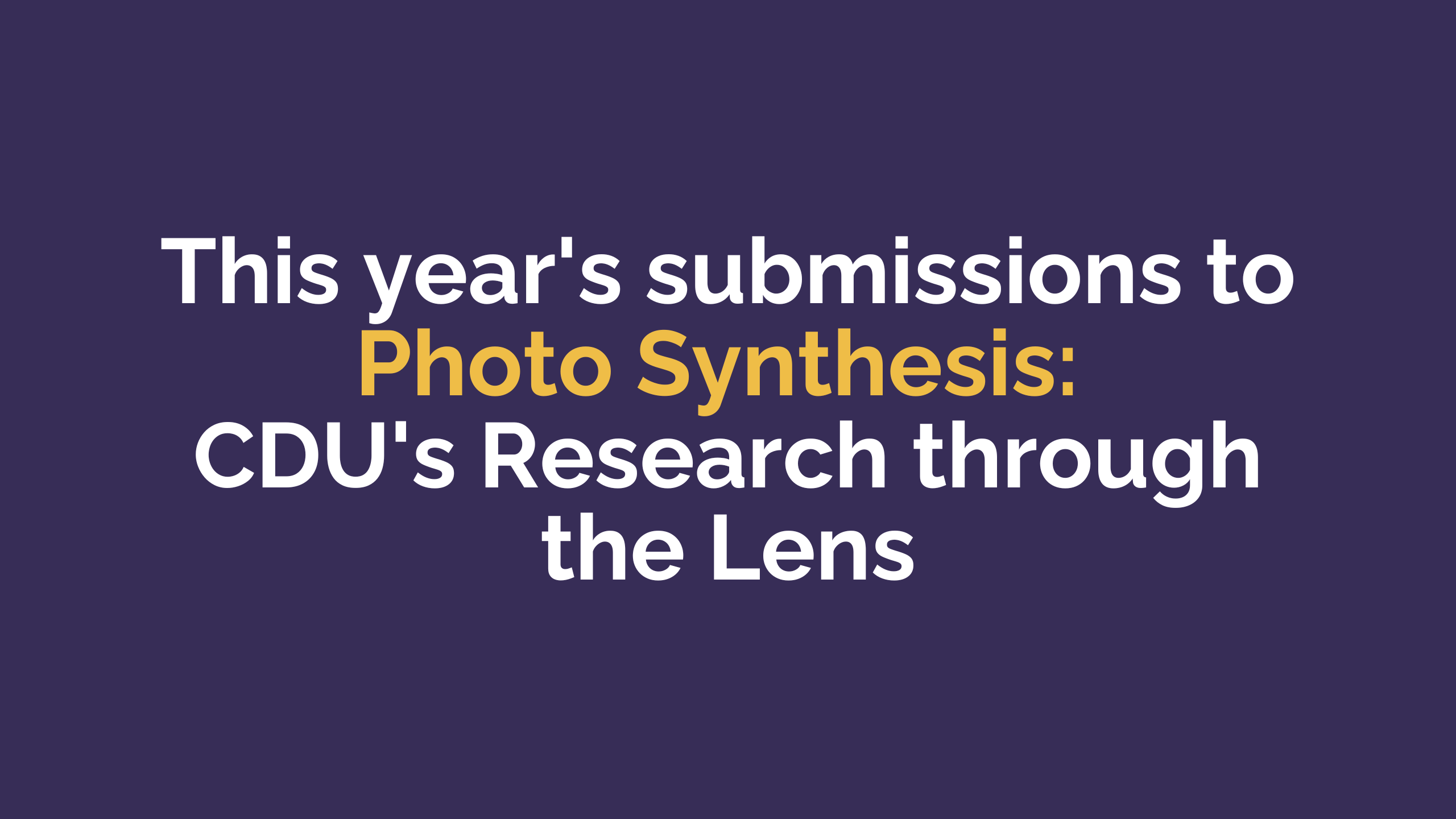

Submitted by Paul G. Wunungmurra as part of Miyarrka Media
Submitted by Paul G. Wunungmurra as part of Miyarrka Media

Submitted by Paul G. Wunungmurra as part of Miyarrka Media
Submitted by Paul G. Wunungmurra as part of Miyarrka Media

Submitted by Mishra Sandipan
Submitted by Mishra Sandipan
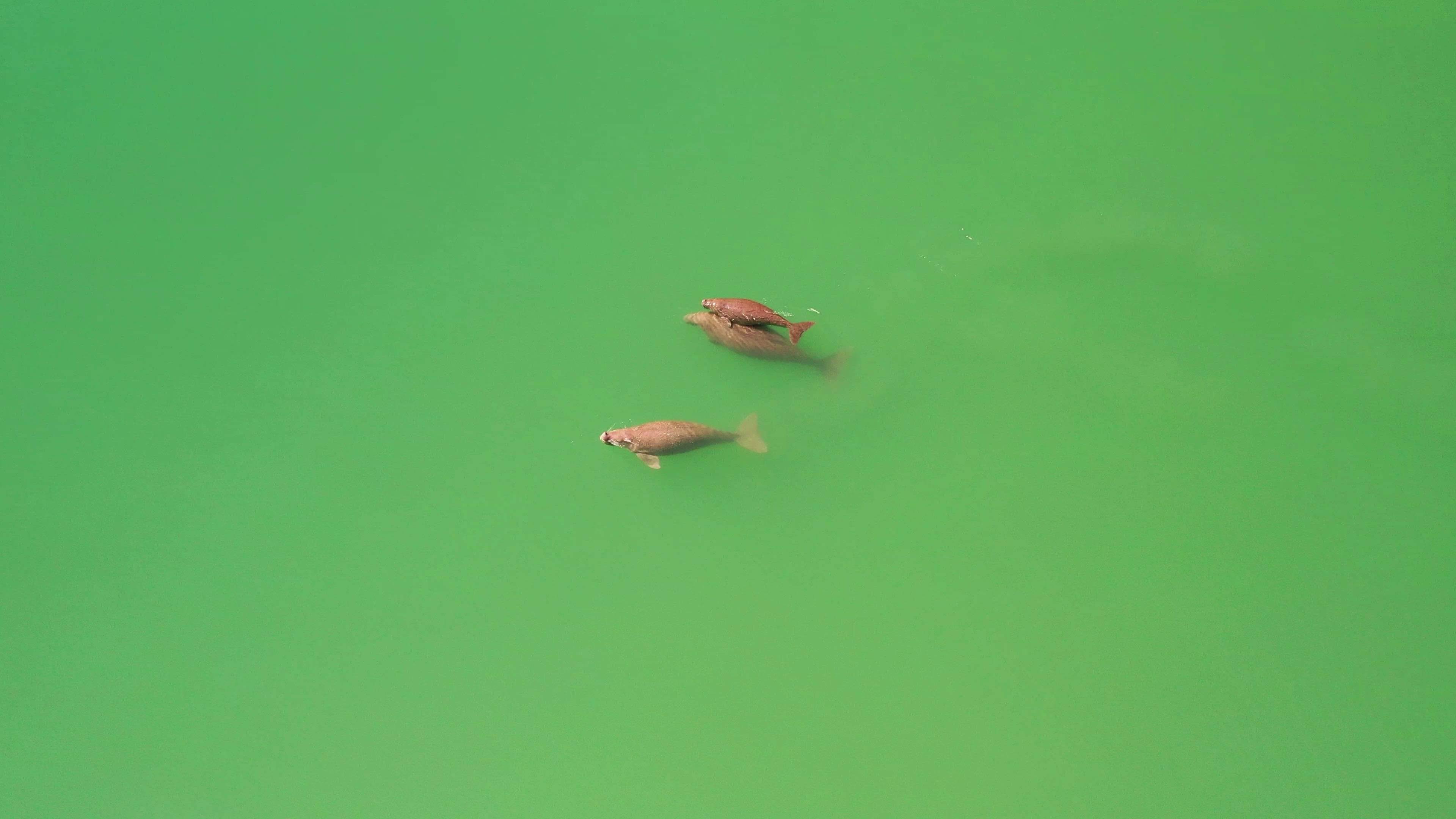
Submitted by Rachel Groom
Submitted by Rachel Groom
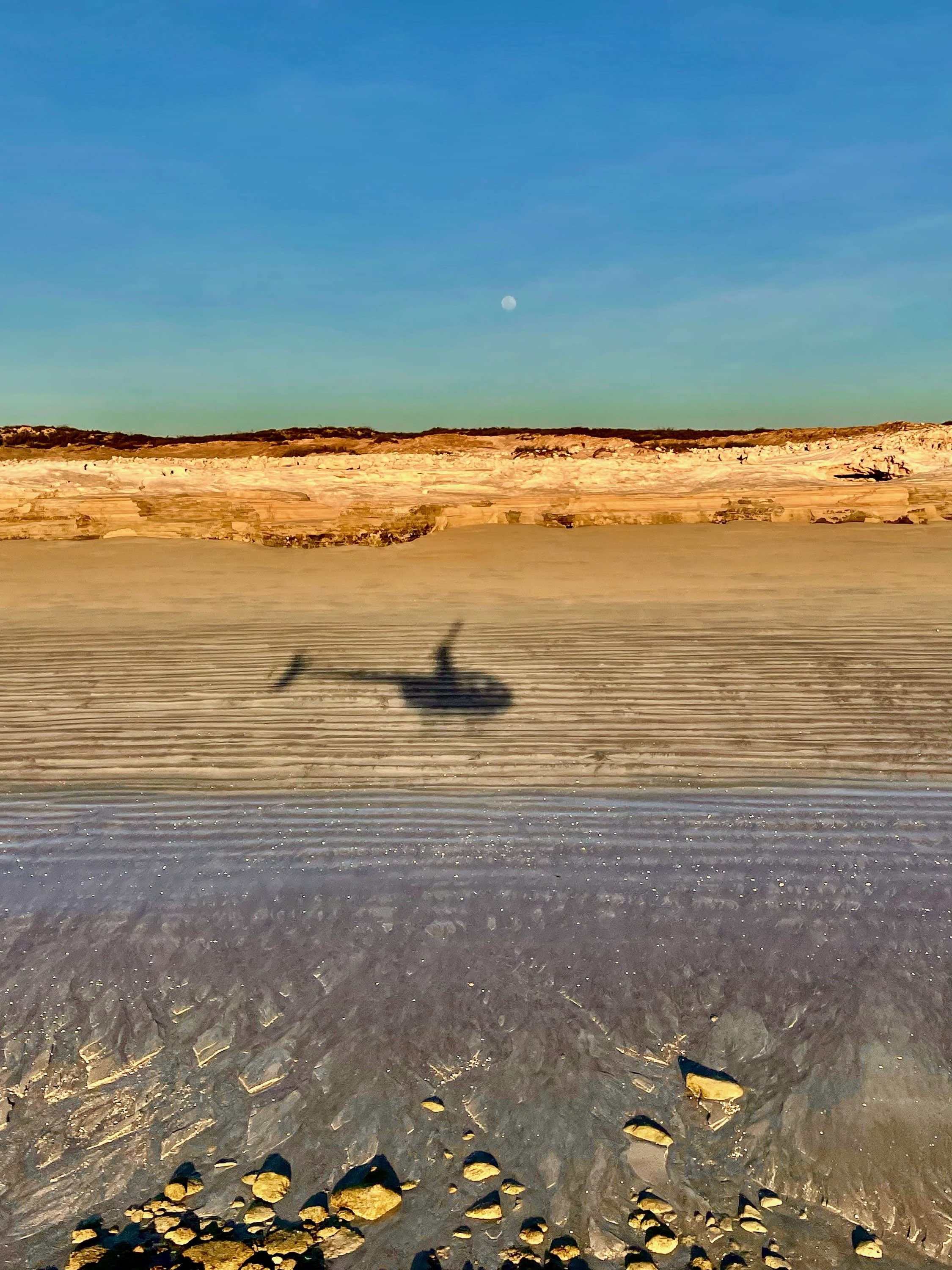
Submitted by Rachel Groom
Submitted by Rachel Groom
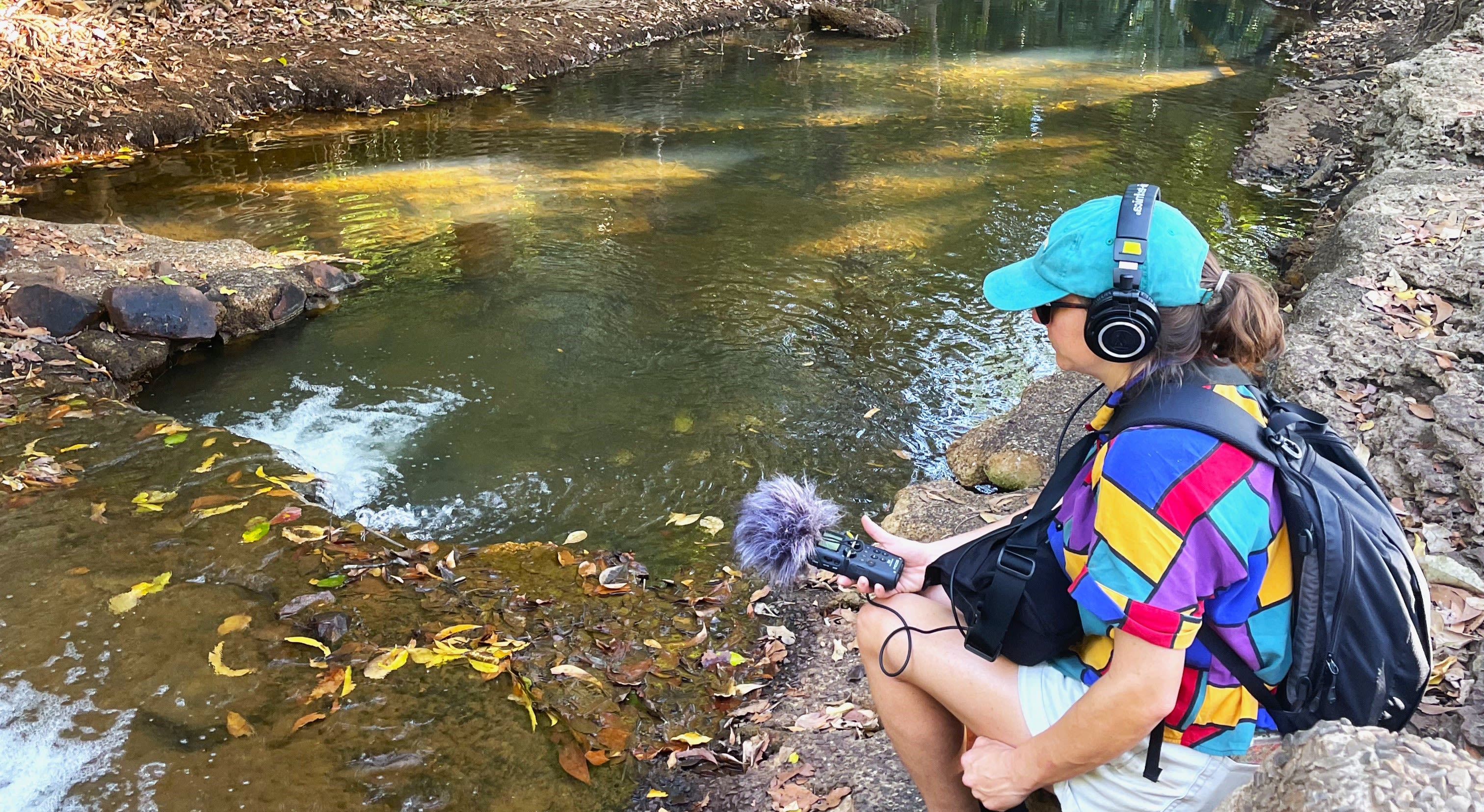
Submitted by Michaela Spencer
Submitted by Michaela Spencer
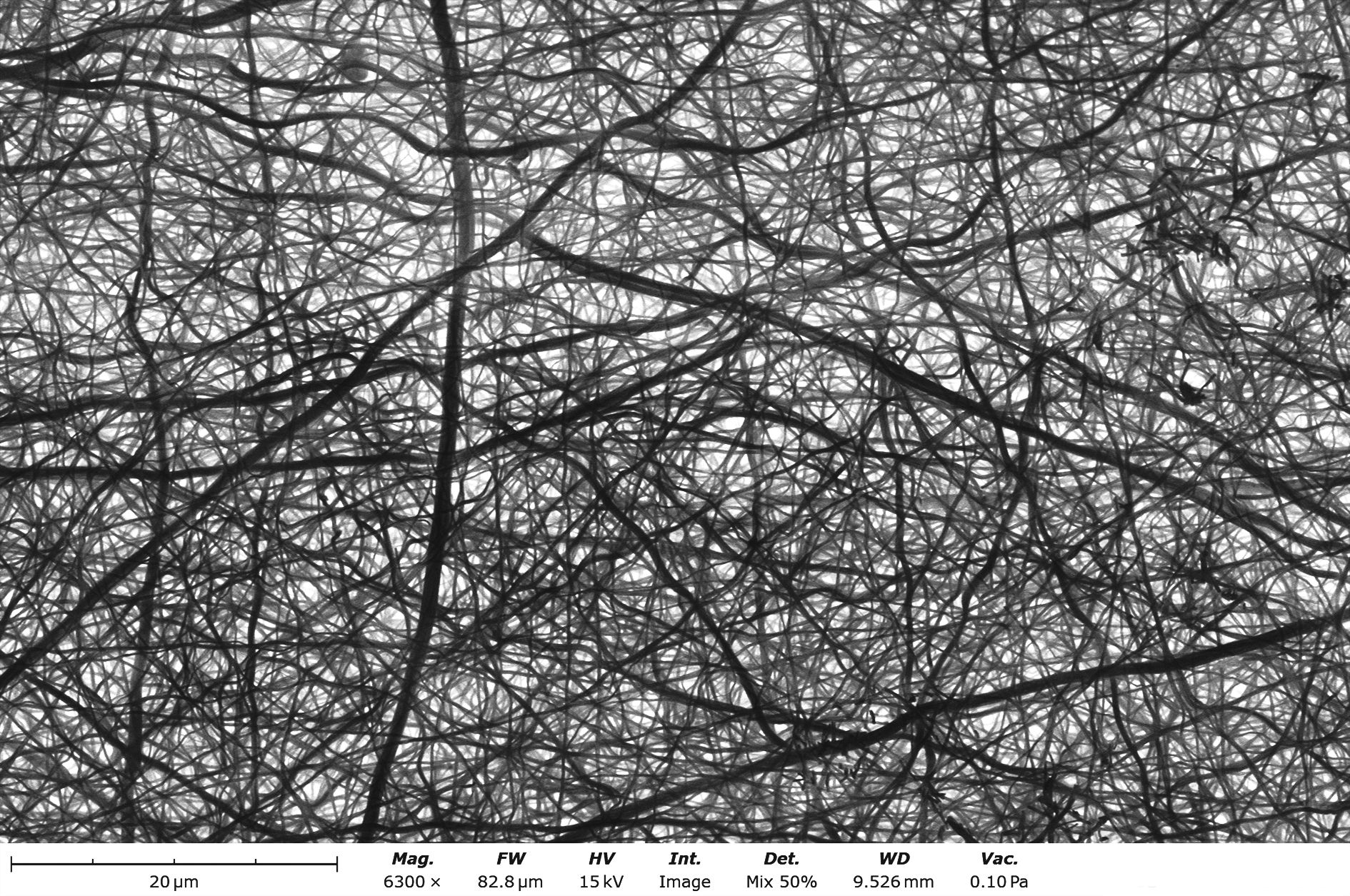
Submitted by Naveen Elumalai
Submitted by Naveen Elumalai

Submitted by Pranta Barua
Submitted by Pranta Barua
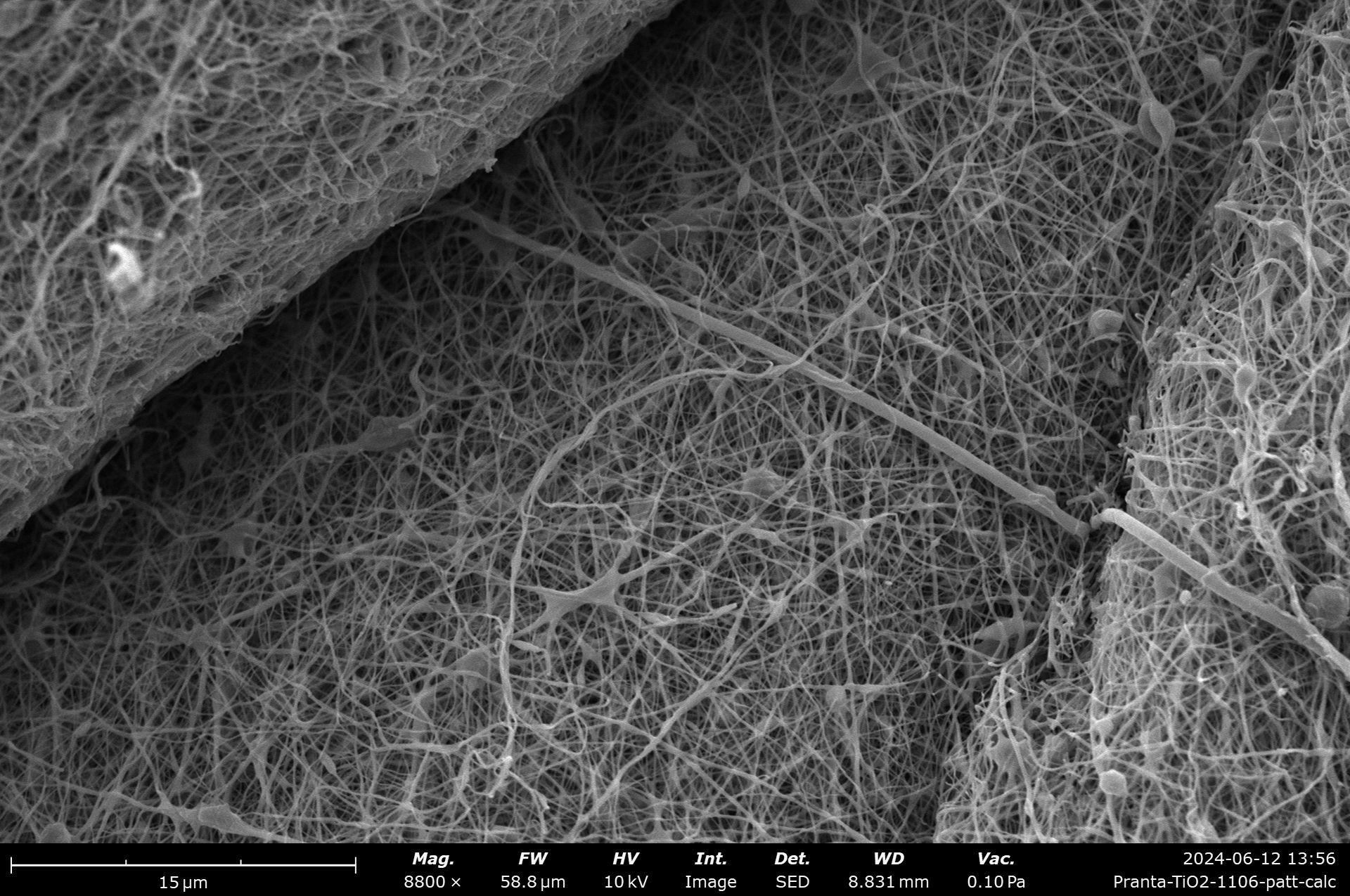
Submitted by Pranta Barua
Submitted by Pranta Barua
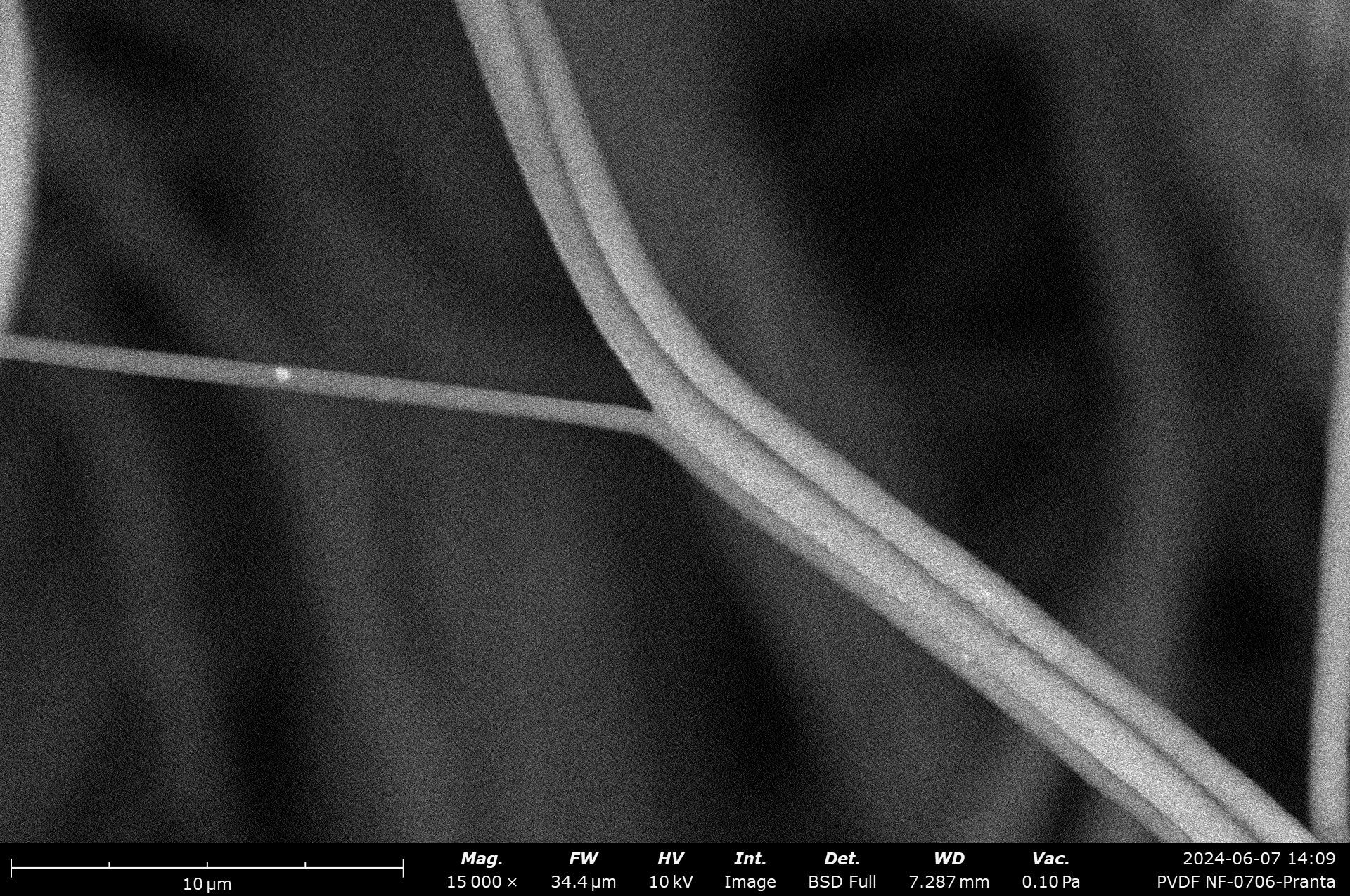
Submitted by Pranta Barua
Submitted by Pranta Barua
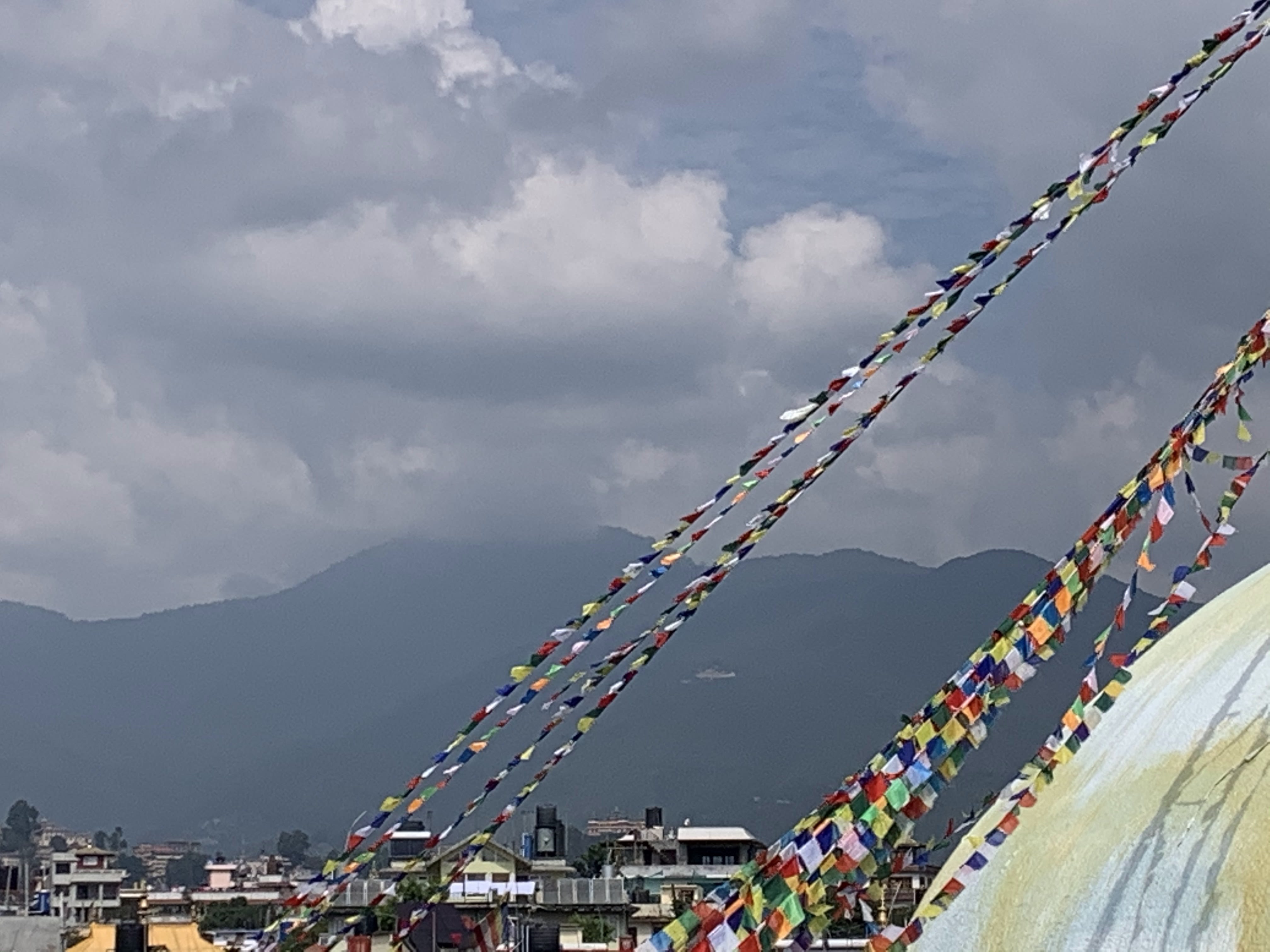
Submitted by Varunika Ruwanpura
Submitted by Varunika Ruwanpura

Submitted by Varunika Ruwanpura
Submitted by Varunika Ruwanpura
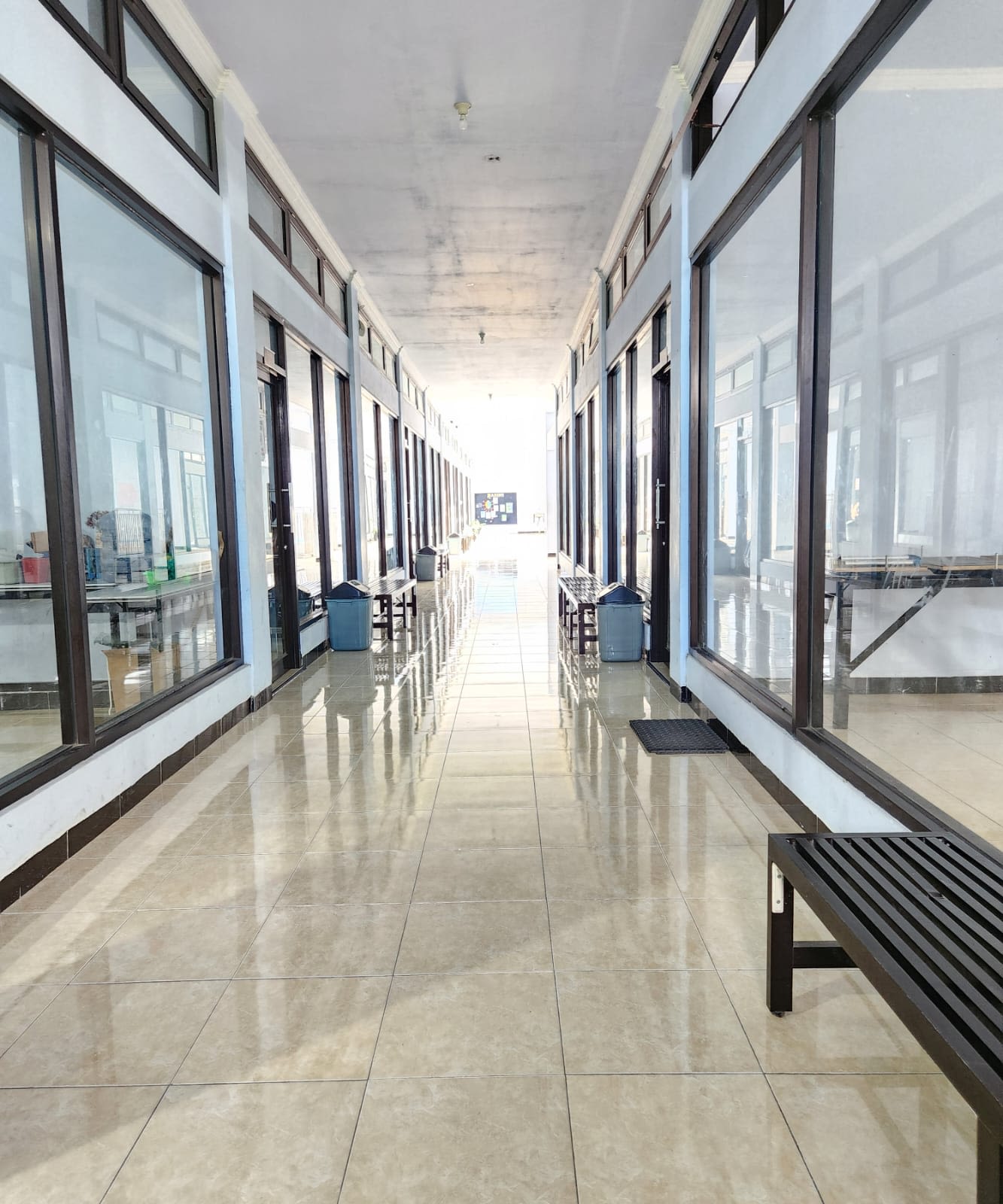
Submitted by Imroatul Hasanah
Submitted by Imroatul Hasanah

Submitted by Imroatul Hasanah
Submitted by Imroatul Hasanah
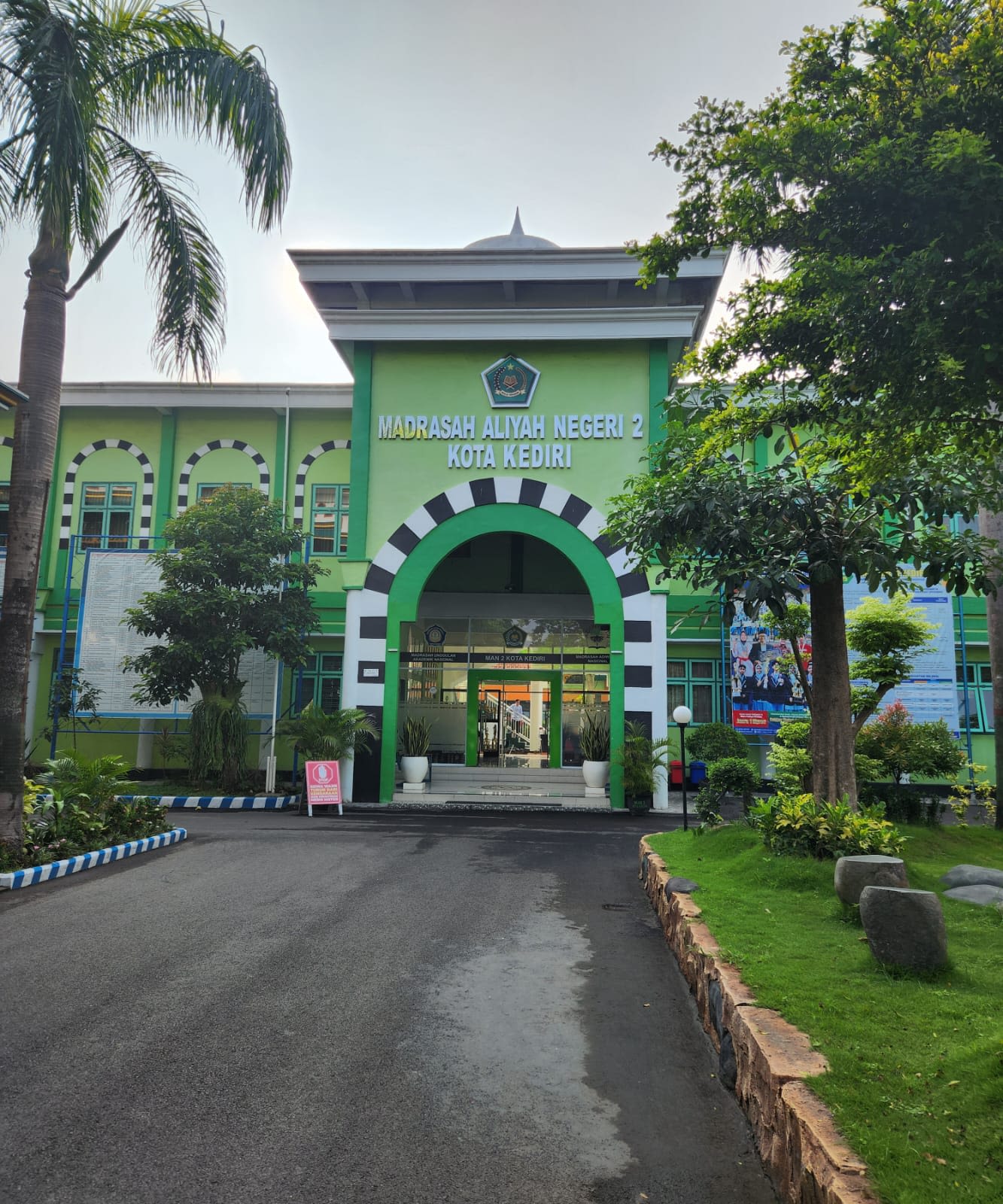
Submitted by Imroatul Hasanah
Submitted by Imroatul Hasanah
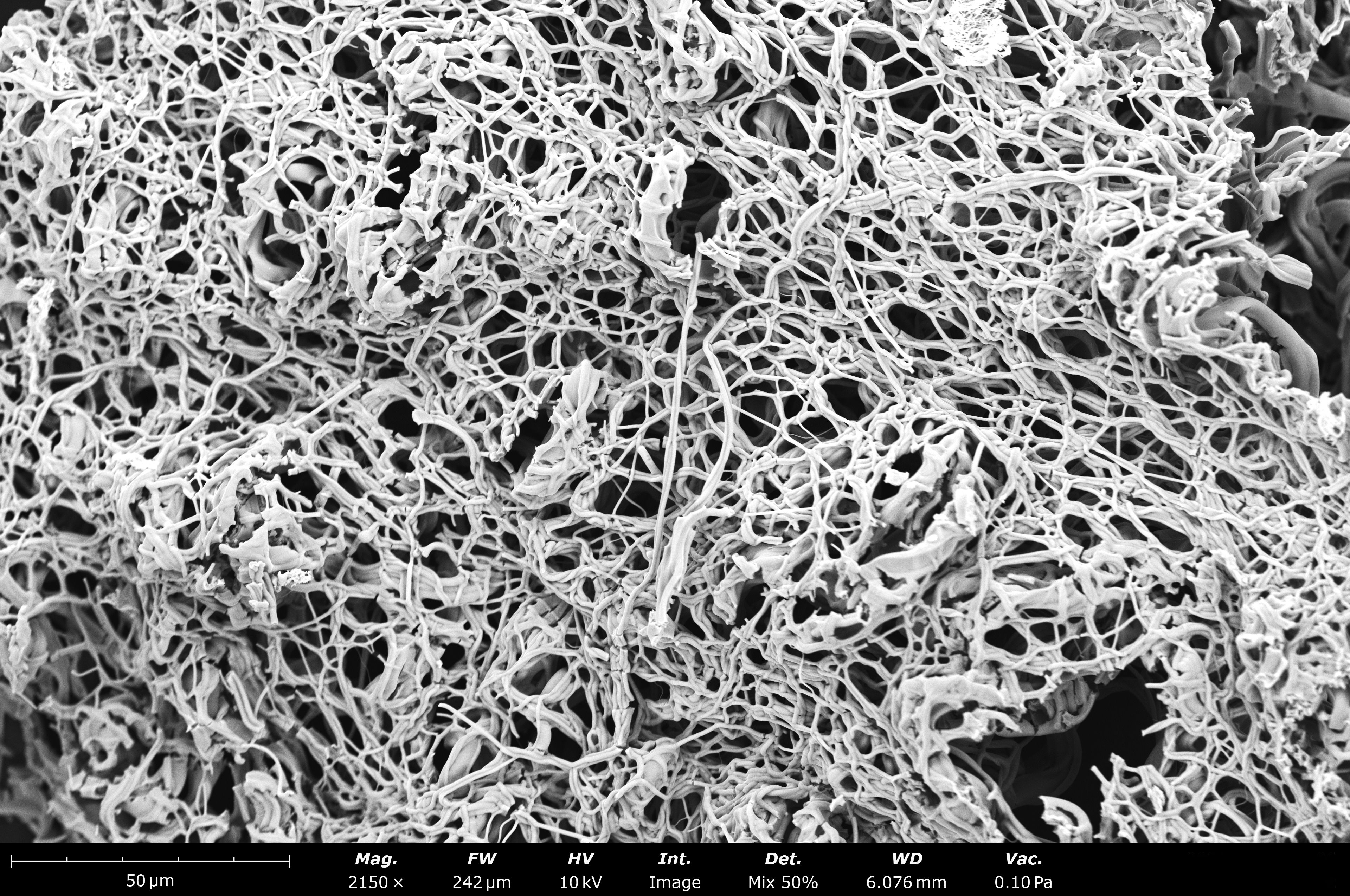
Submitted by Naveen Elumalai
Submitted by Naveen Elumalai
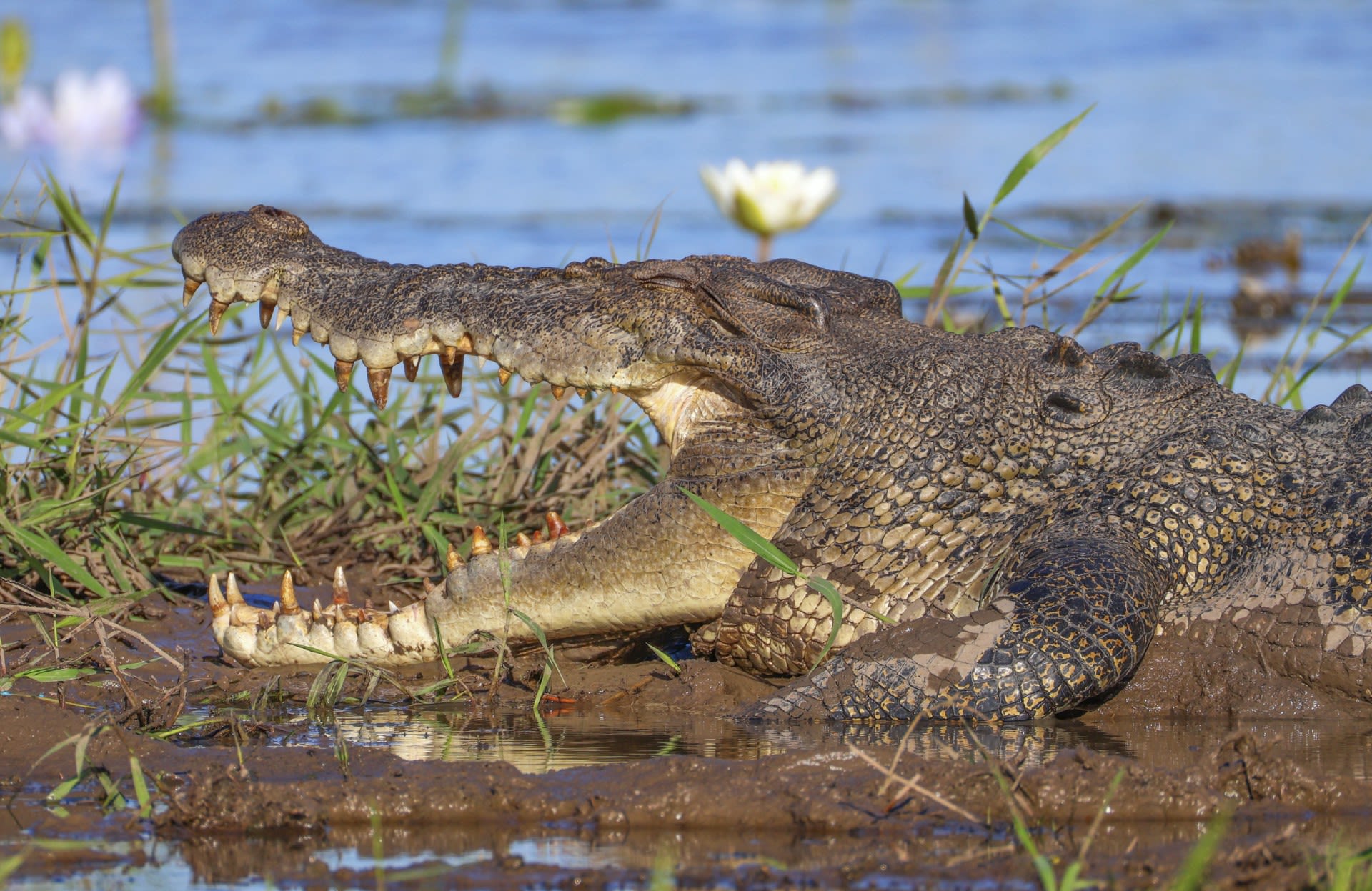
Submitted by Tayhlia Casey
Submitted by Tayhlia Casey
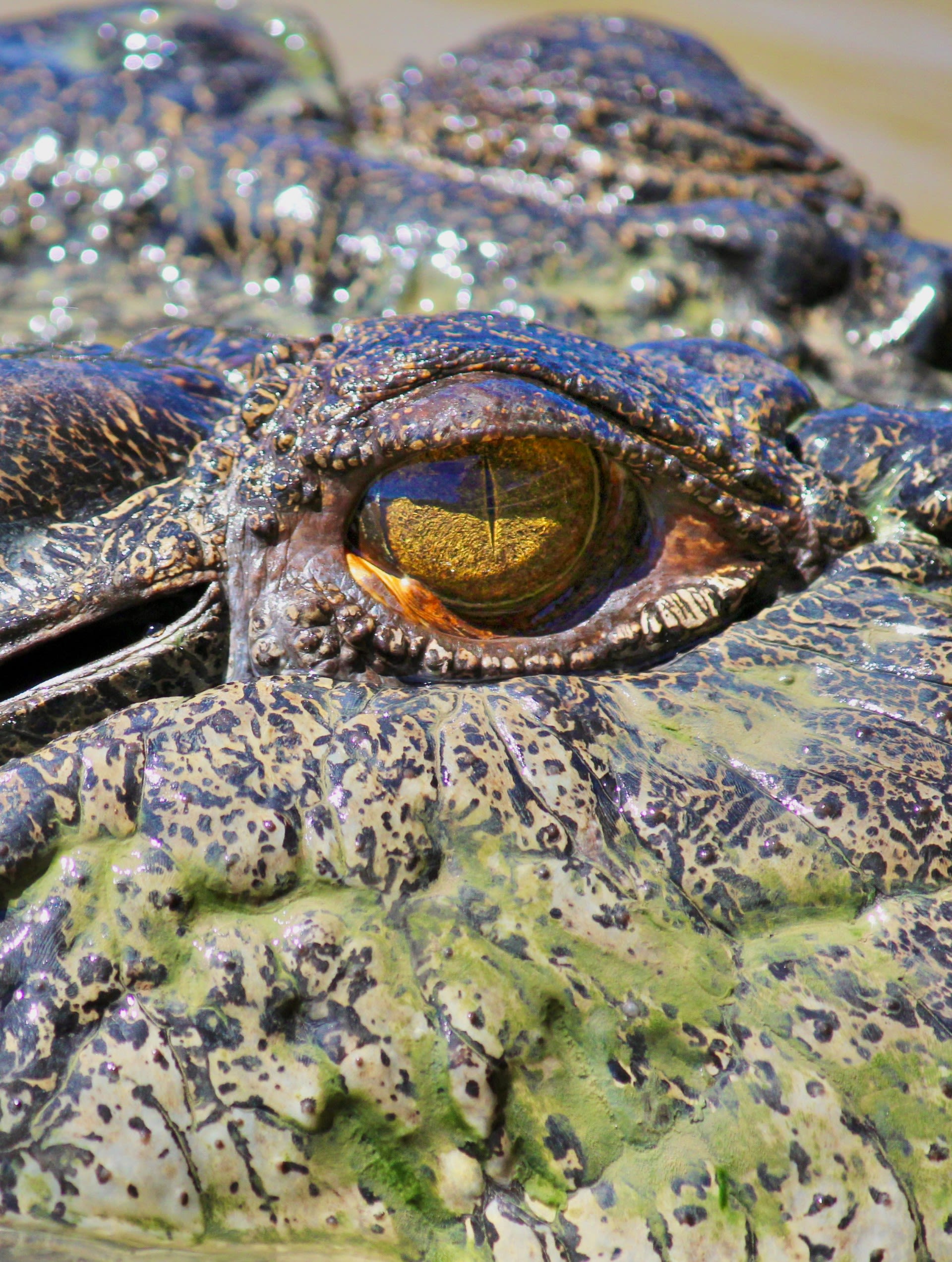
Submitted by Tayhlia Casey
Submitted by Tayhlia Casey
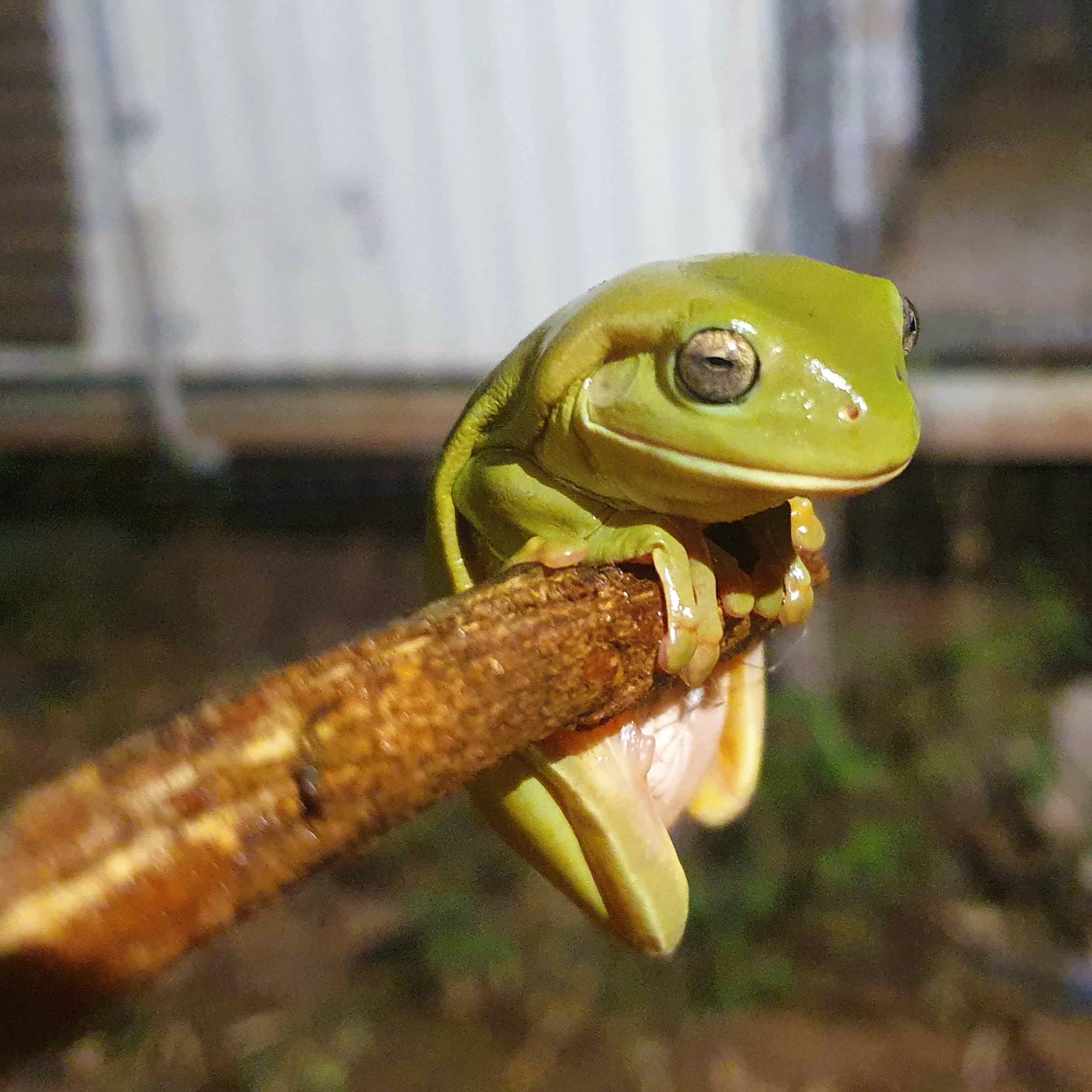
Submitted by Angelina Aquino
Submitted by Angelina Aquino

Submitted by Angelina Aquino
Submitted by Angelina Aquino
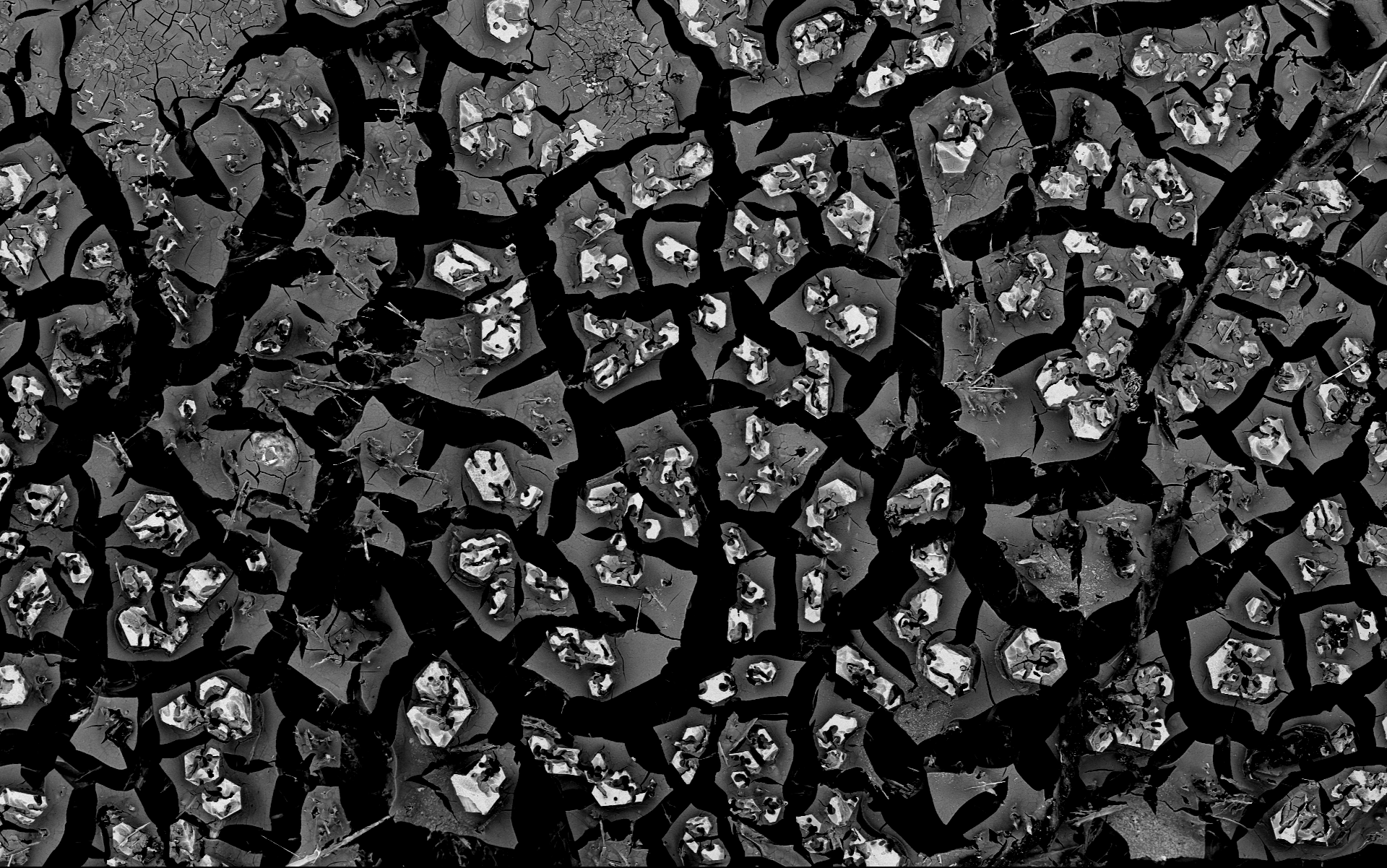
Submitted by Cedric Tan
Submitted by Cedric Tan
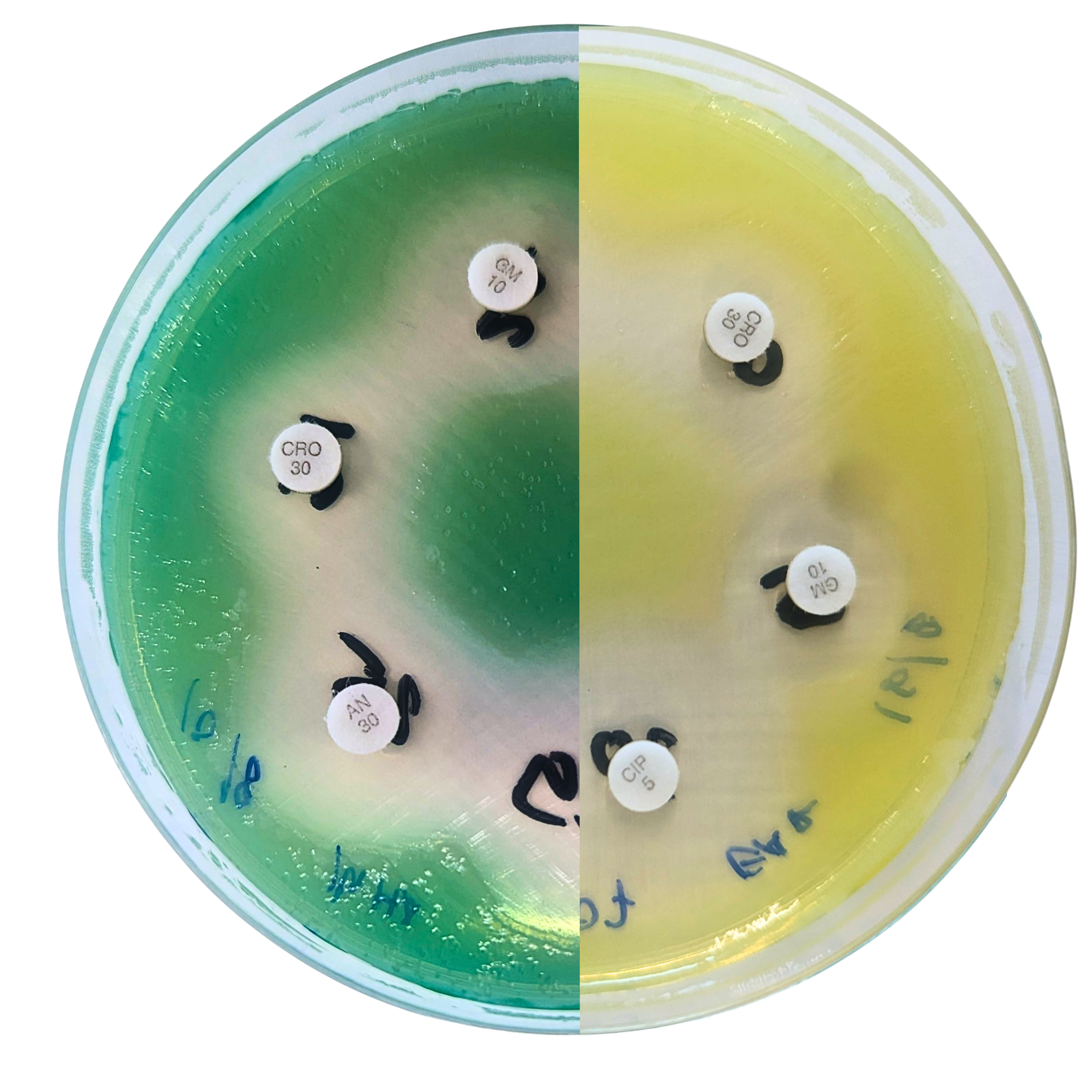
Submitted by Tessa Oakley
Submitted by Tessa Oakley

Submitted by Raelke Grimmer
Submitted by Raelke Grimmer
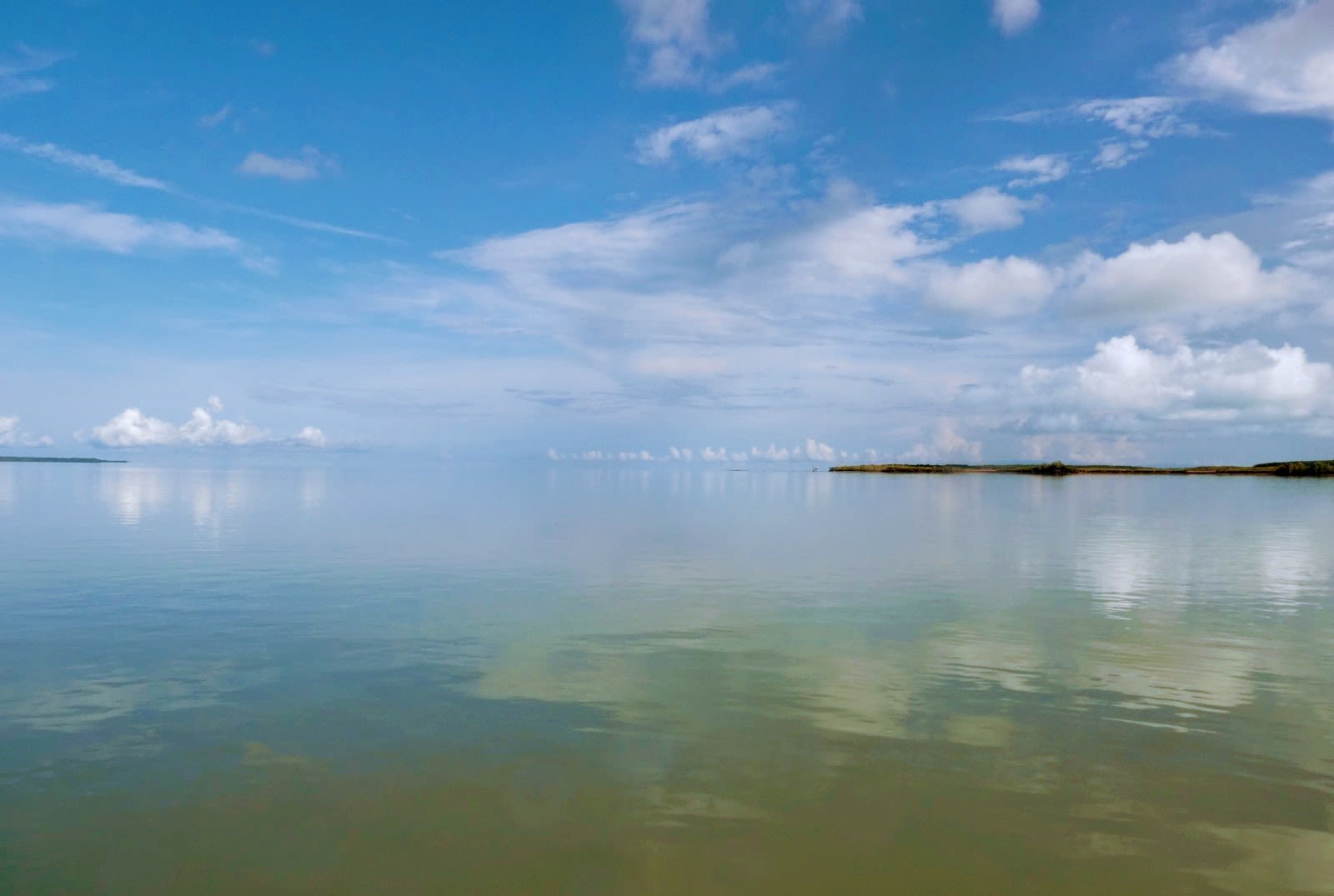
Submitted by Kaline de Mello
Submitted by Kaline de Mello
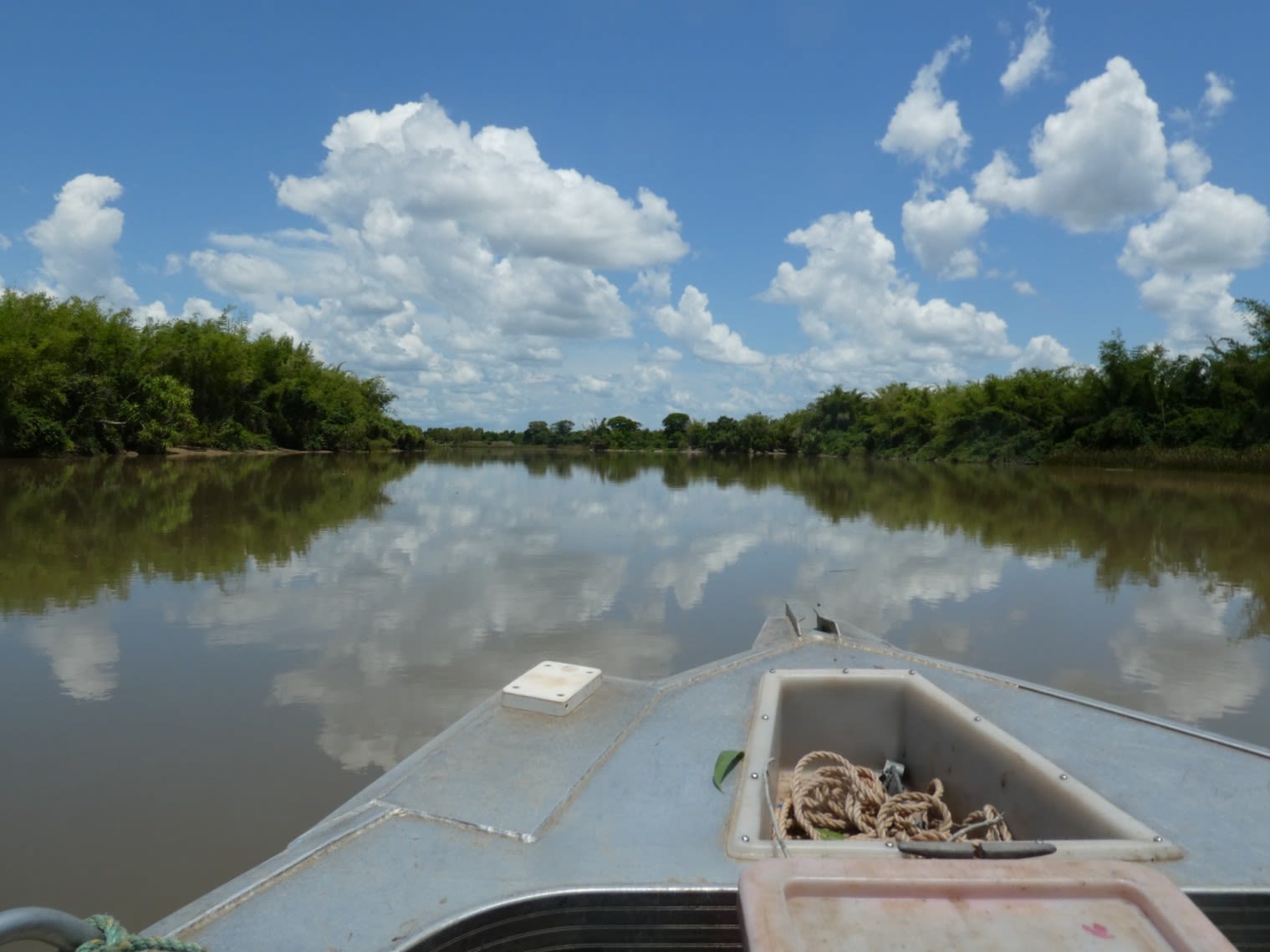
Submitted by Kaline de Mello
Submitted by Kaline de Mello
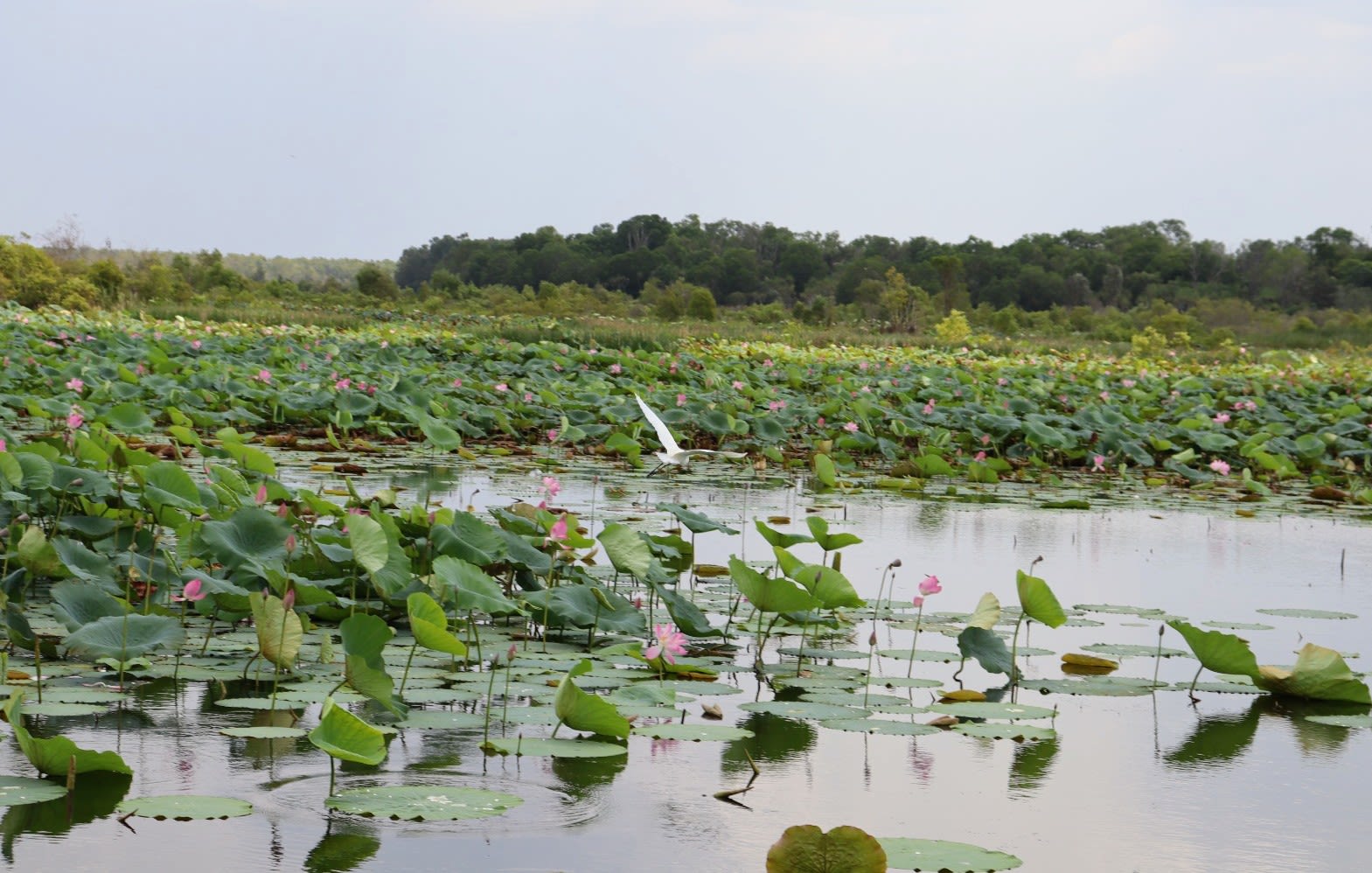
Submitted by Kaline de Mello
Submitted by Kaline de Mello

Submitted by Deepika Mathur
Submitted by Deepika Mathur
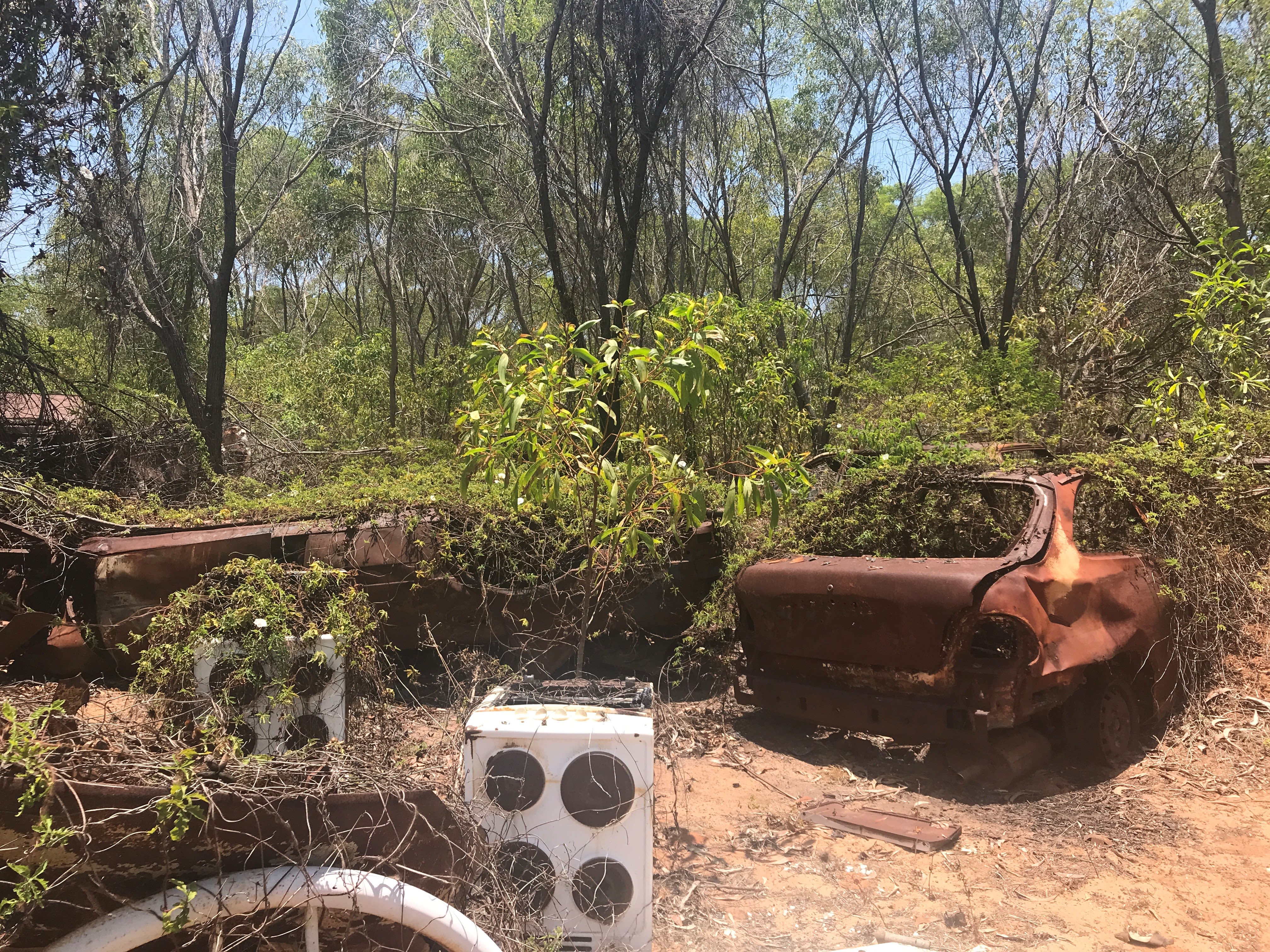
Submitted by Deepika Mathur
Submitted by Deepika Mathur
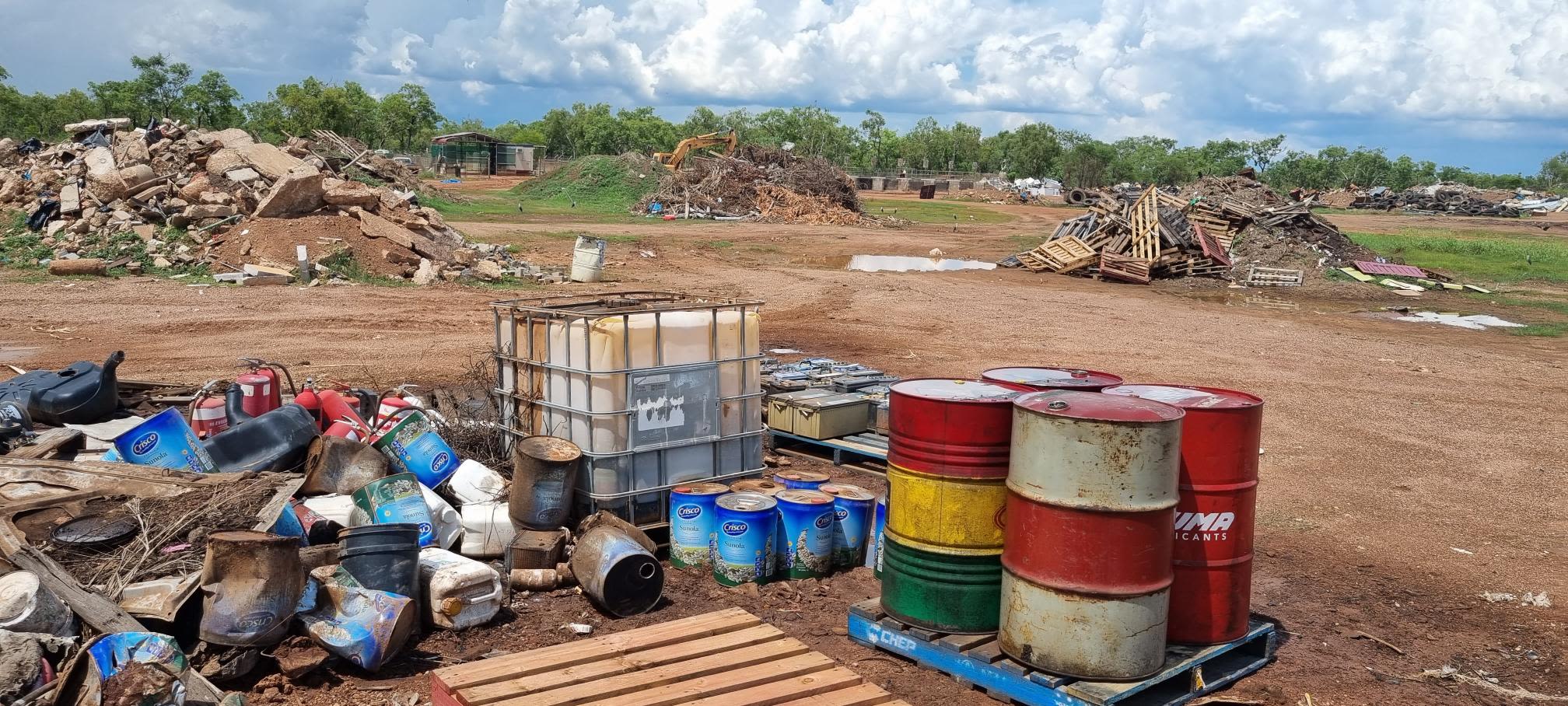
Submitted by Deepika Mathur
Submitted by Deepika Mathur
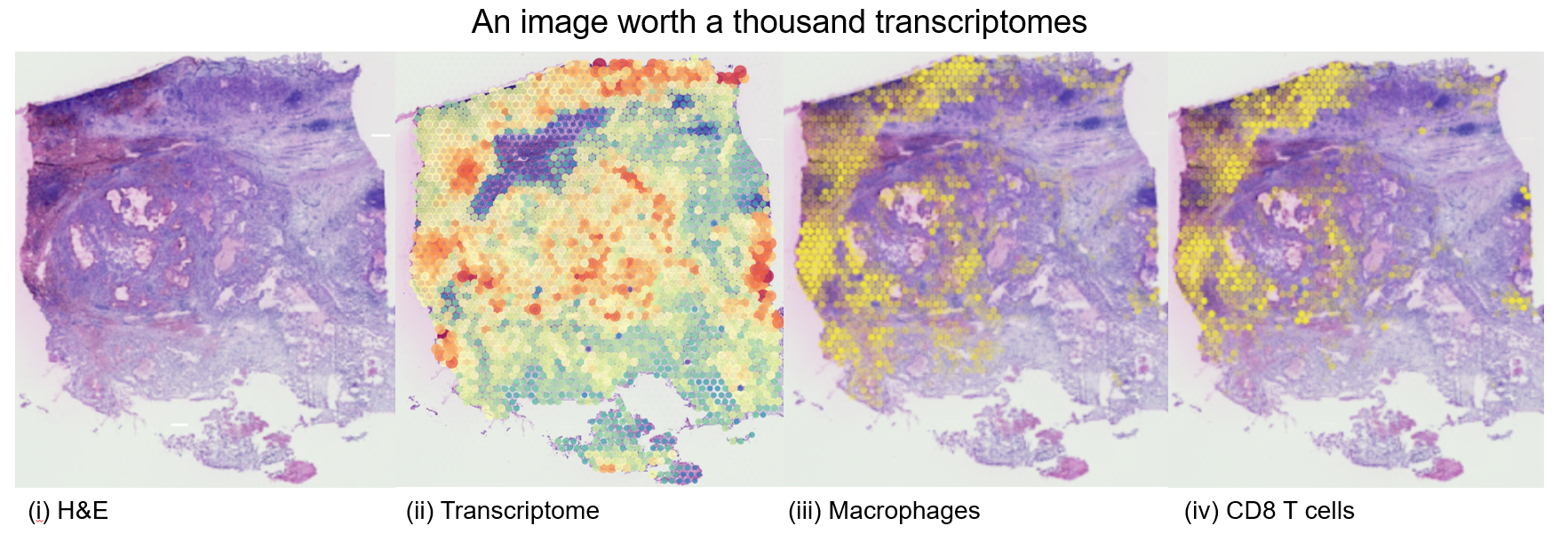
Submitted by Arti Raghuabr
Submitted by Arti Raghuabr
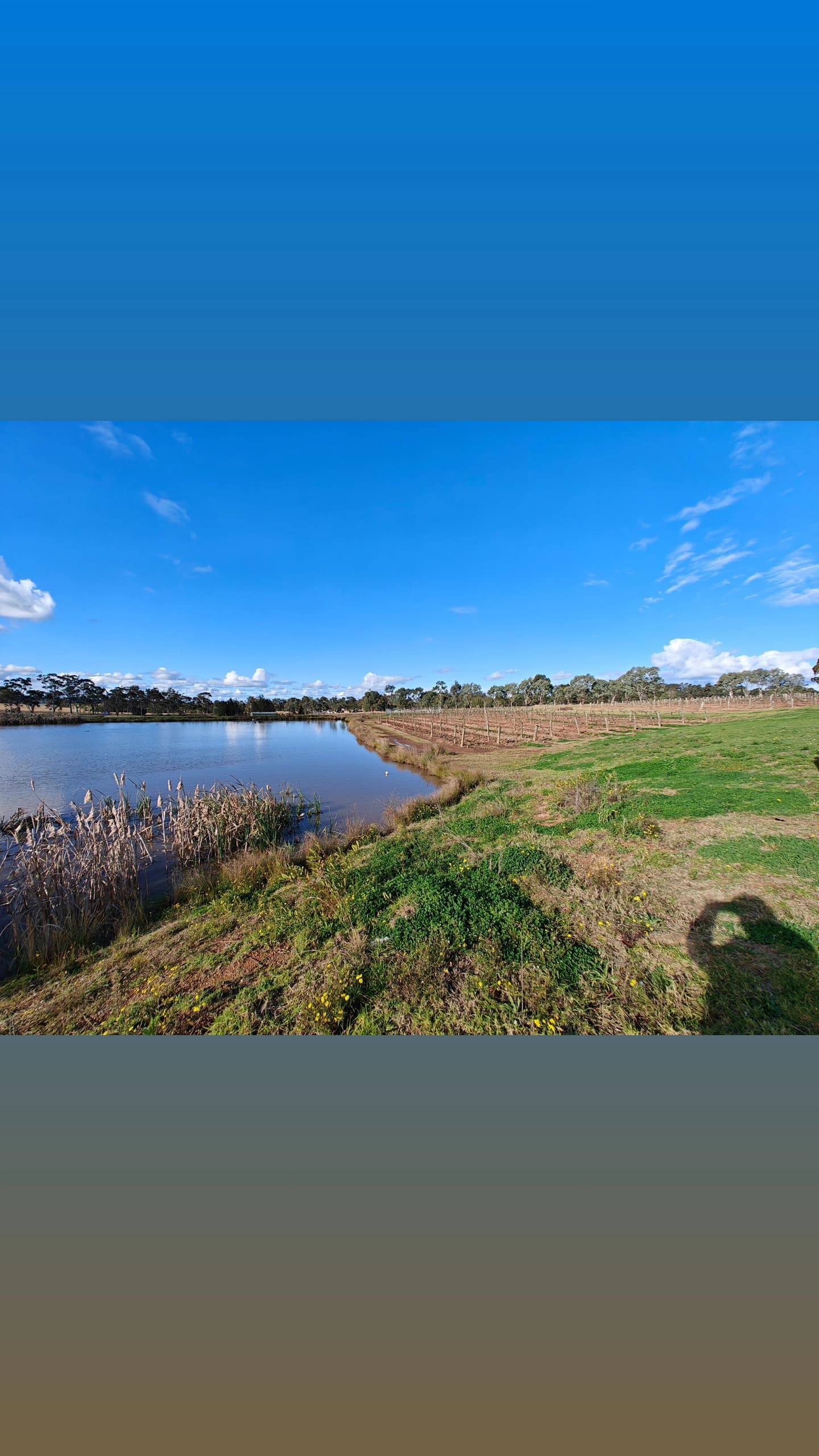
Submitted by Mishra Sandipan
Submitted by Mishra Sandipan

Submitted by Karen Edyvane on behalf of the 'Baleia no Golfinhu iha Timor-Leste' project
Submitted by Karen Edyvane on behalf of the 'Baleia no Golfinhu iha Timor-Leste' project
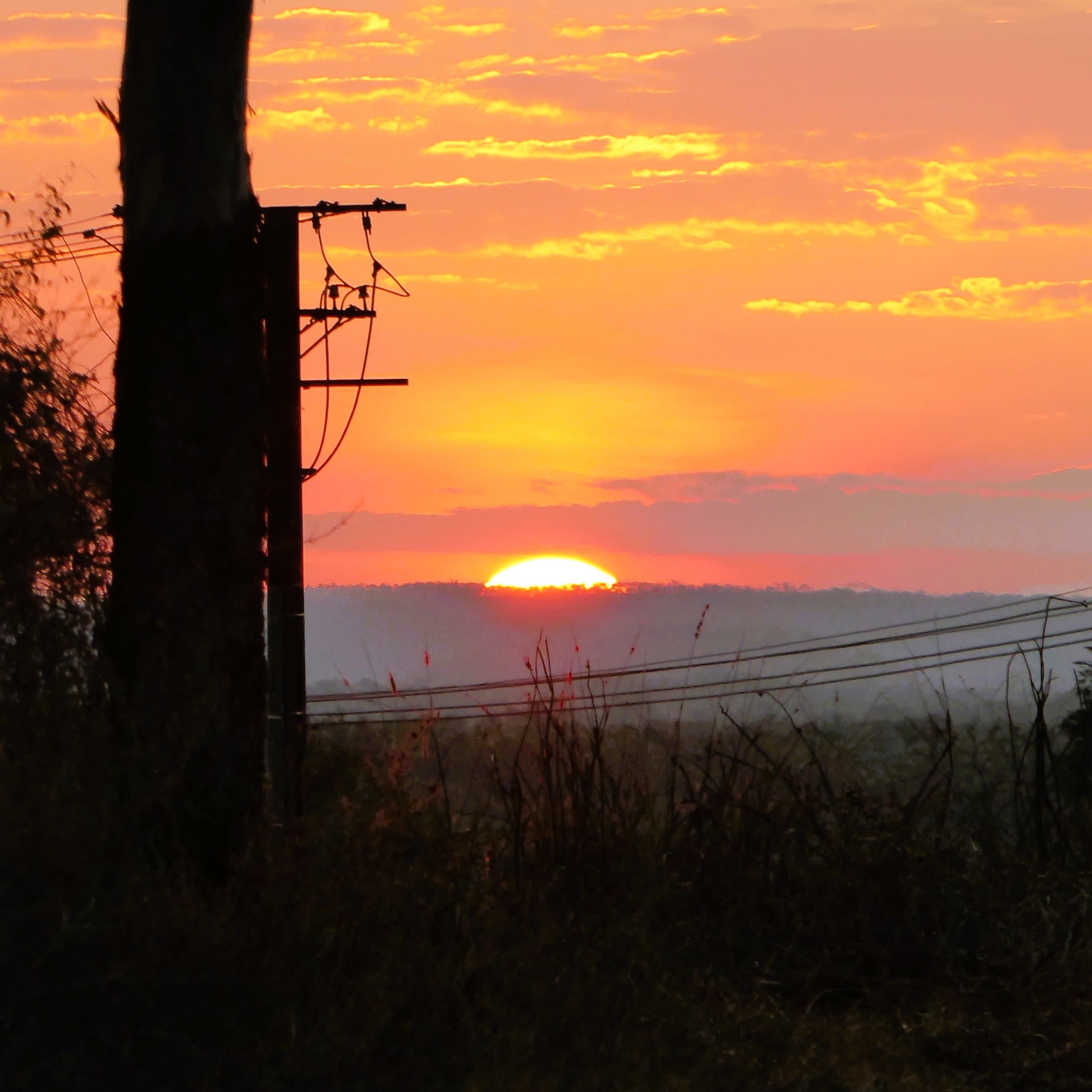
Submitted by Angelina Aquino
Submitted by Angelina Aquino

Submitted by Krishnan Kannoorpatti
Submitted by Krishnan Kannoorpatti

Submitted by Krishnan Kannoorpatti
Submitted by Krishnan Kannoorpatti
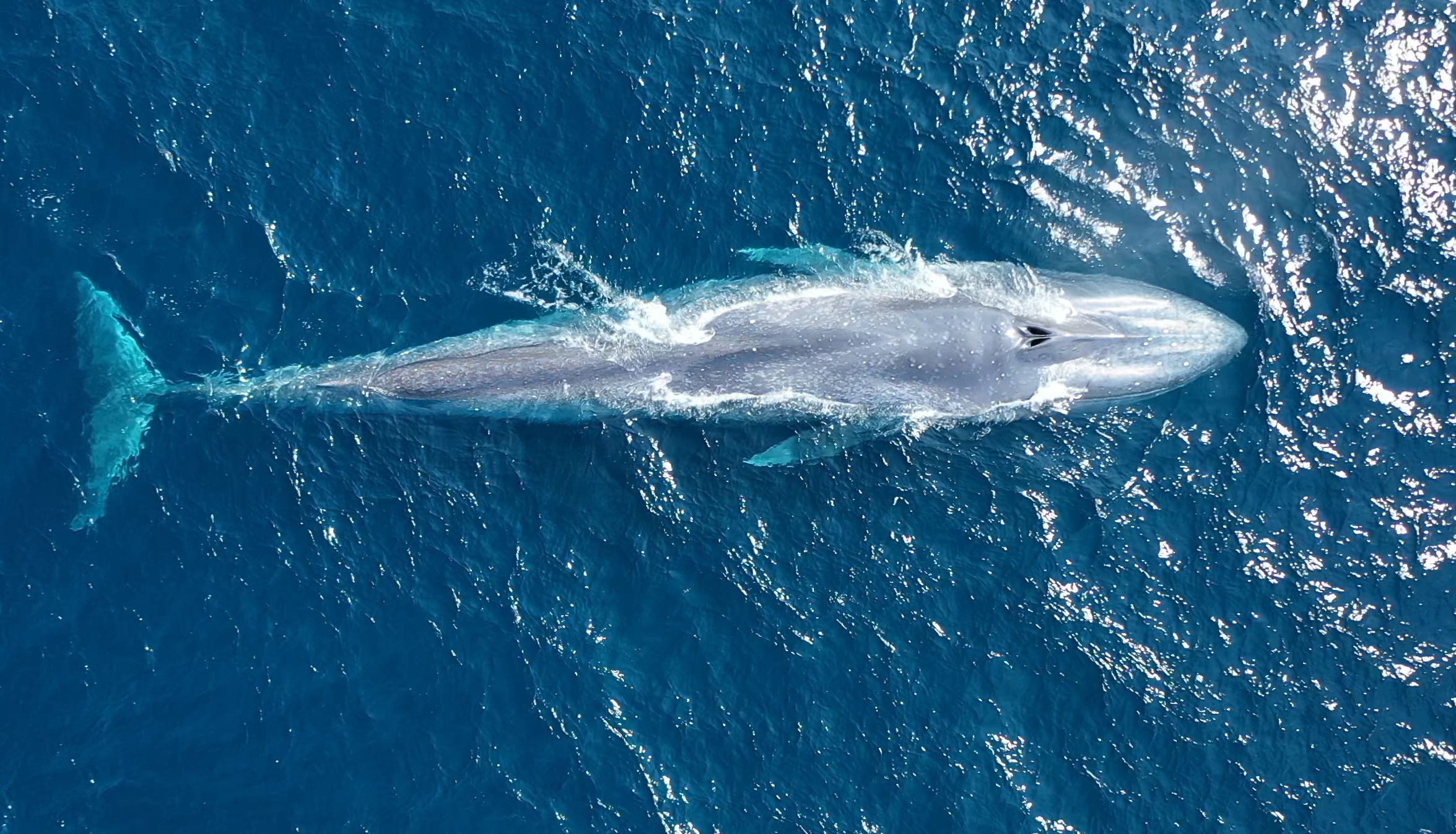
Submitted by Karen Edyvane on behalf of the 'Baleia no Golfinhu iha Timor-Leste' project
Submitted by Karen Edyvane on behalf of the 'Baleia no Golfinhu iha Timor-Leste' project
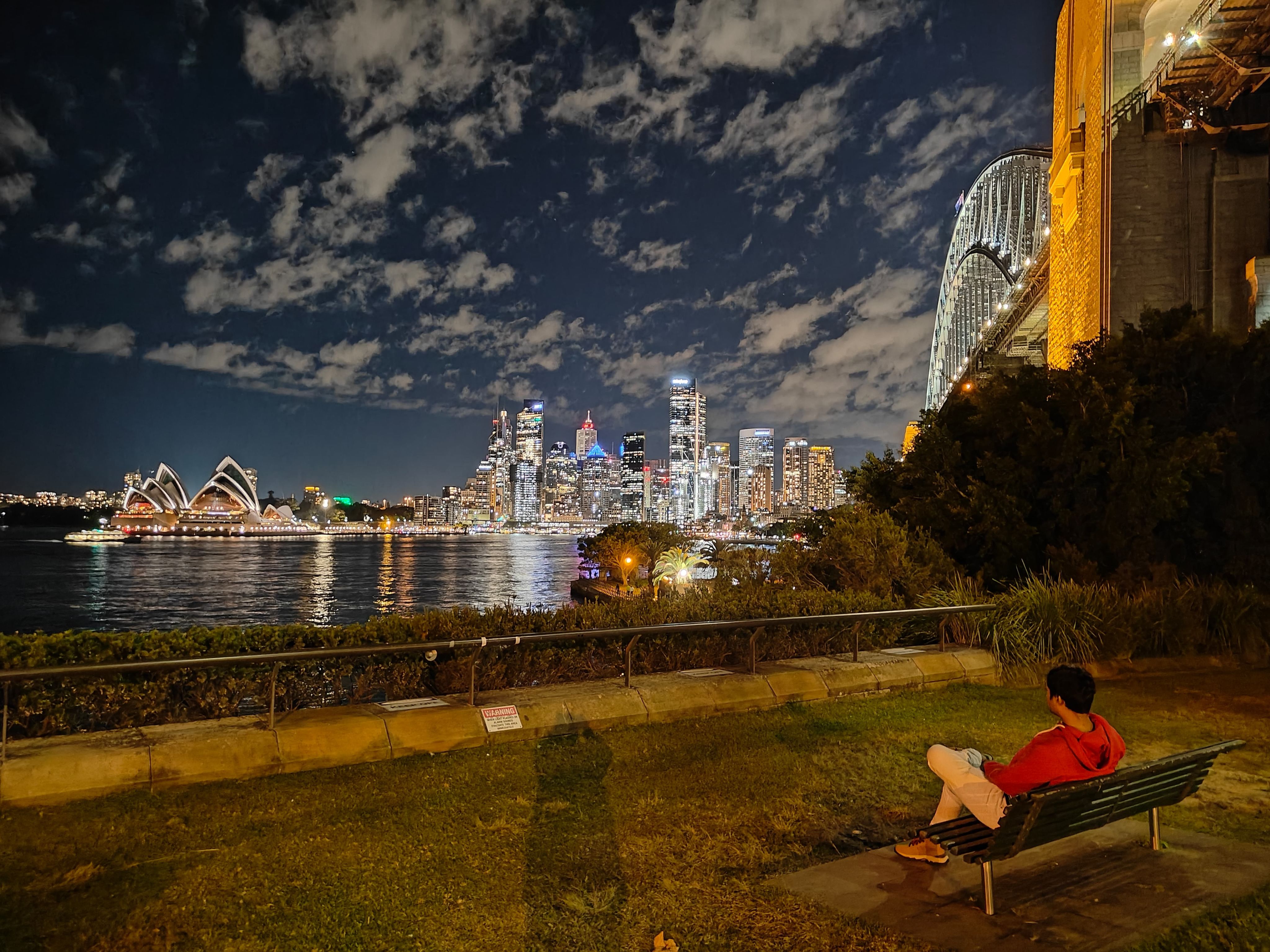
Submitted by Mishra Sandipan
Submitted by Mishra Sandipan
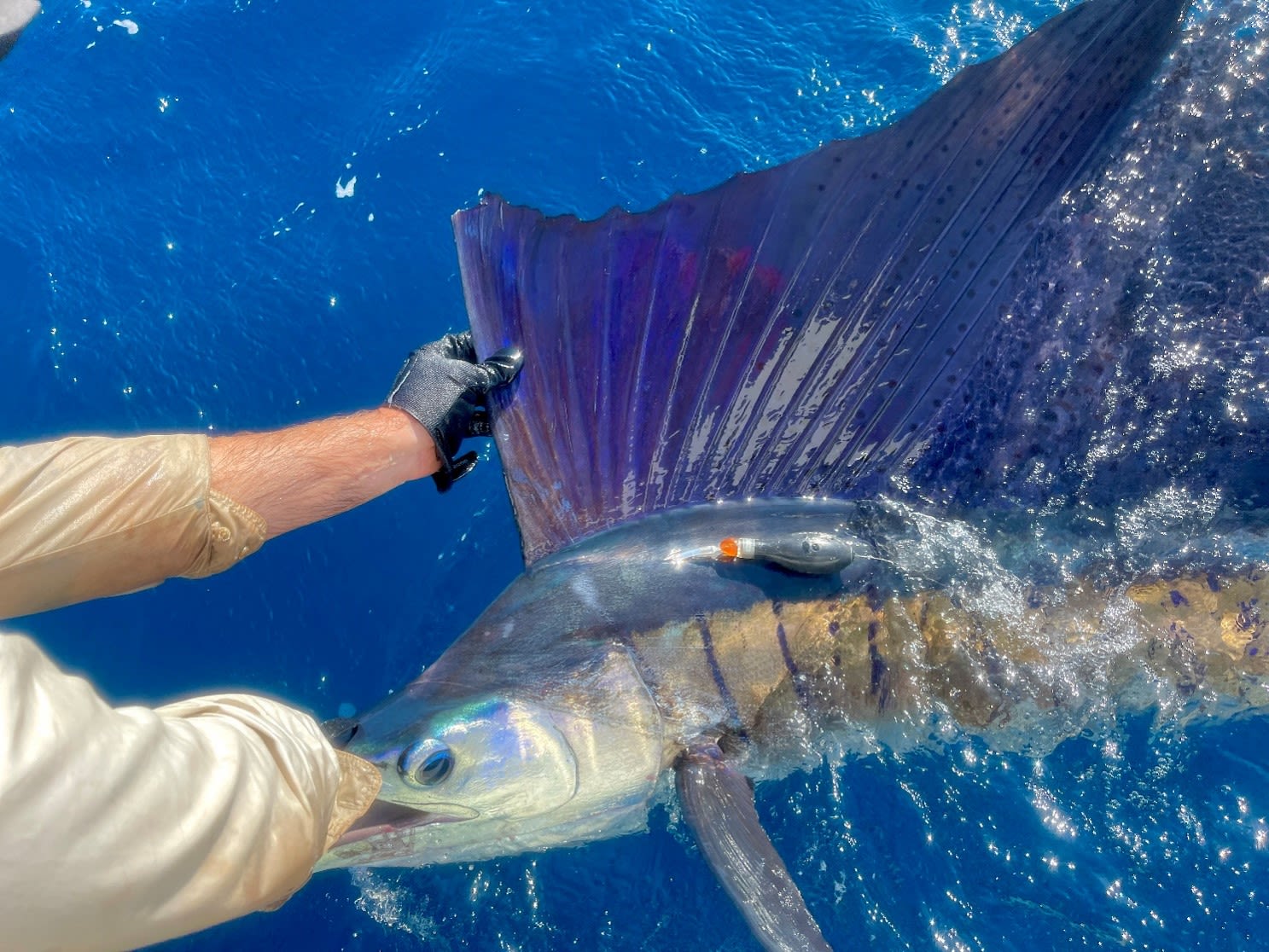
Submitted by Bomber Farrell/Keller Kopf
Submitted by Bomber Farrell/Keller Kopf
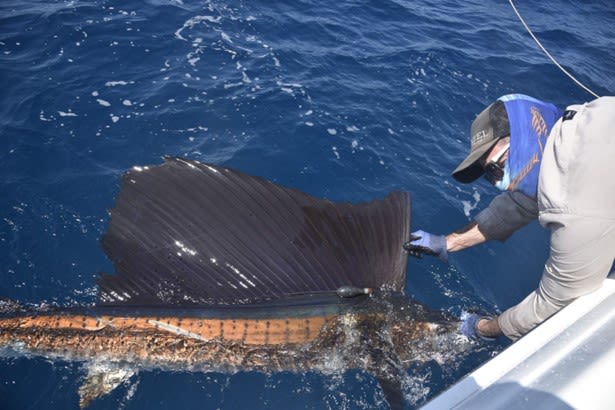
Submitted by Bomber Farrell/Keller Kopf
Submitted by Bomber Farrell/Keller Kopf

Submitted by Andrea Taylor and Alex Basford
Submitted by Andrea Taylor and Alex Basford
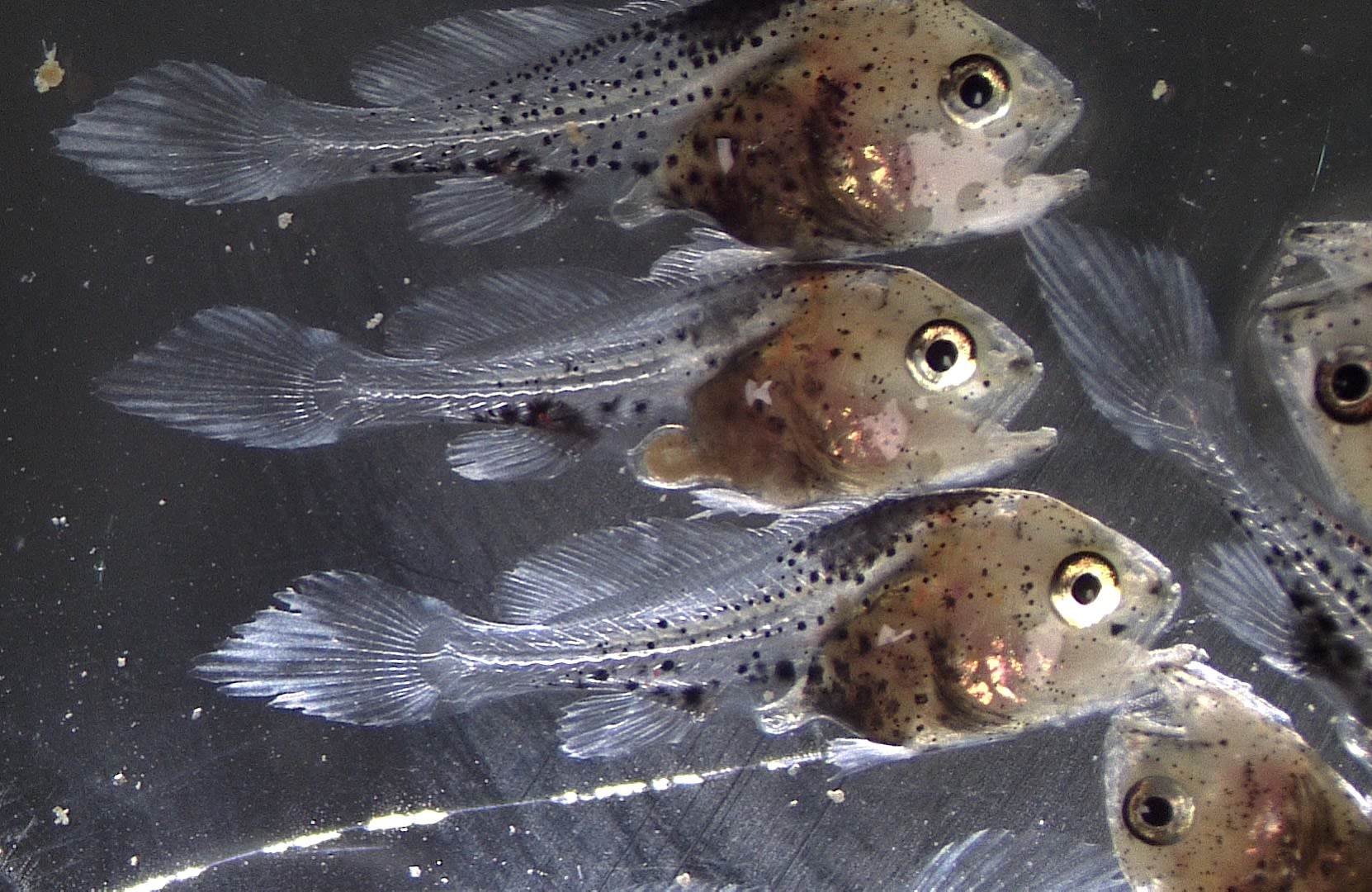
Andrea Taylor and Alex Basford
Andrea Taylor and Alex Basford
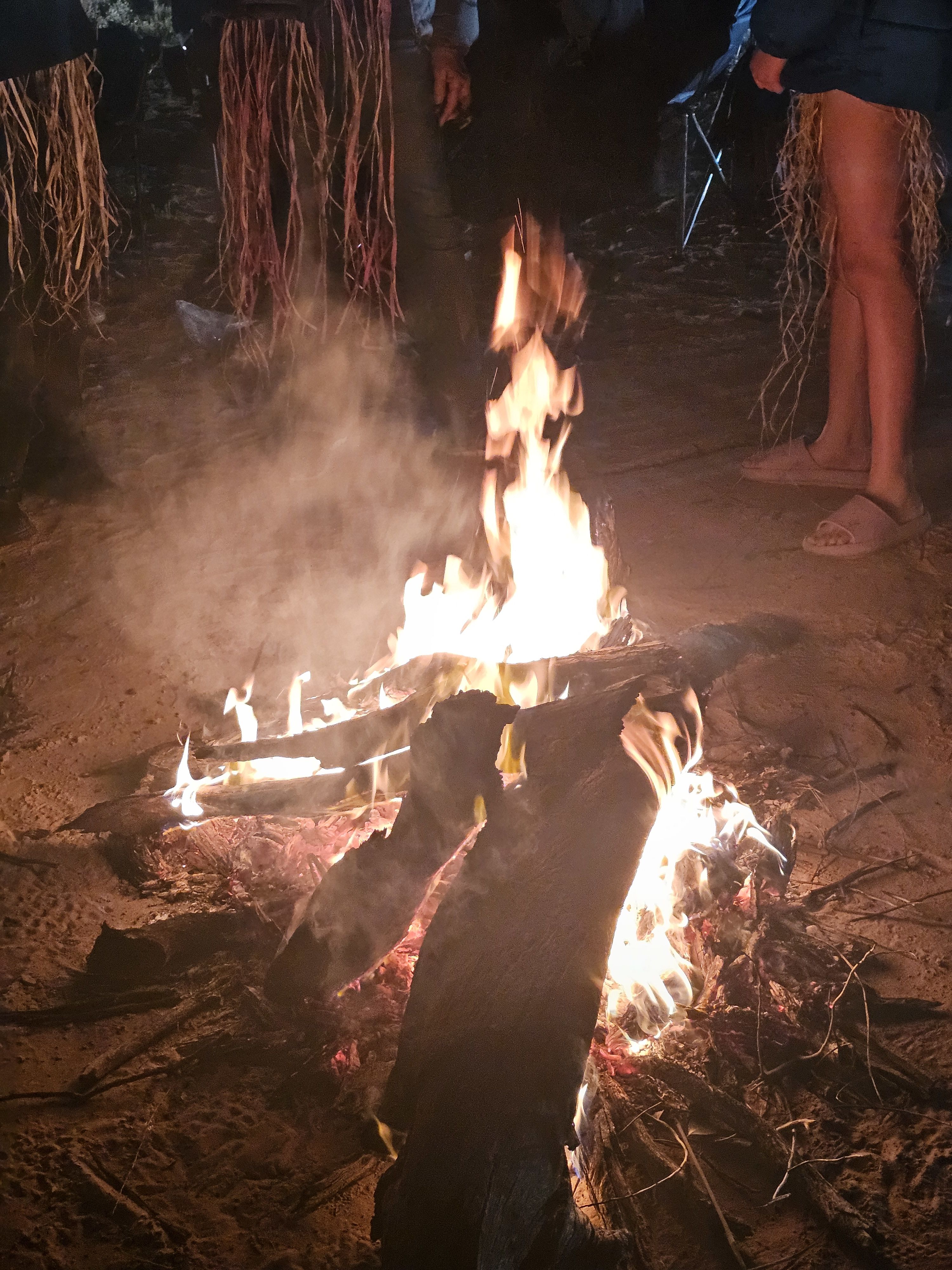
Submitted by Jedison Wells
Submitted by Jedison Wells
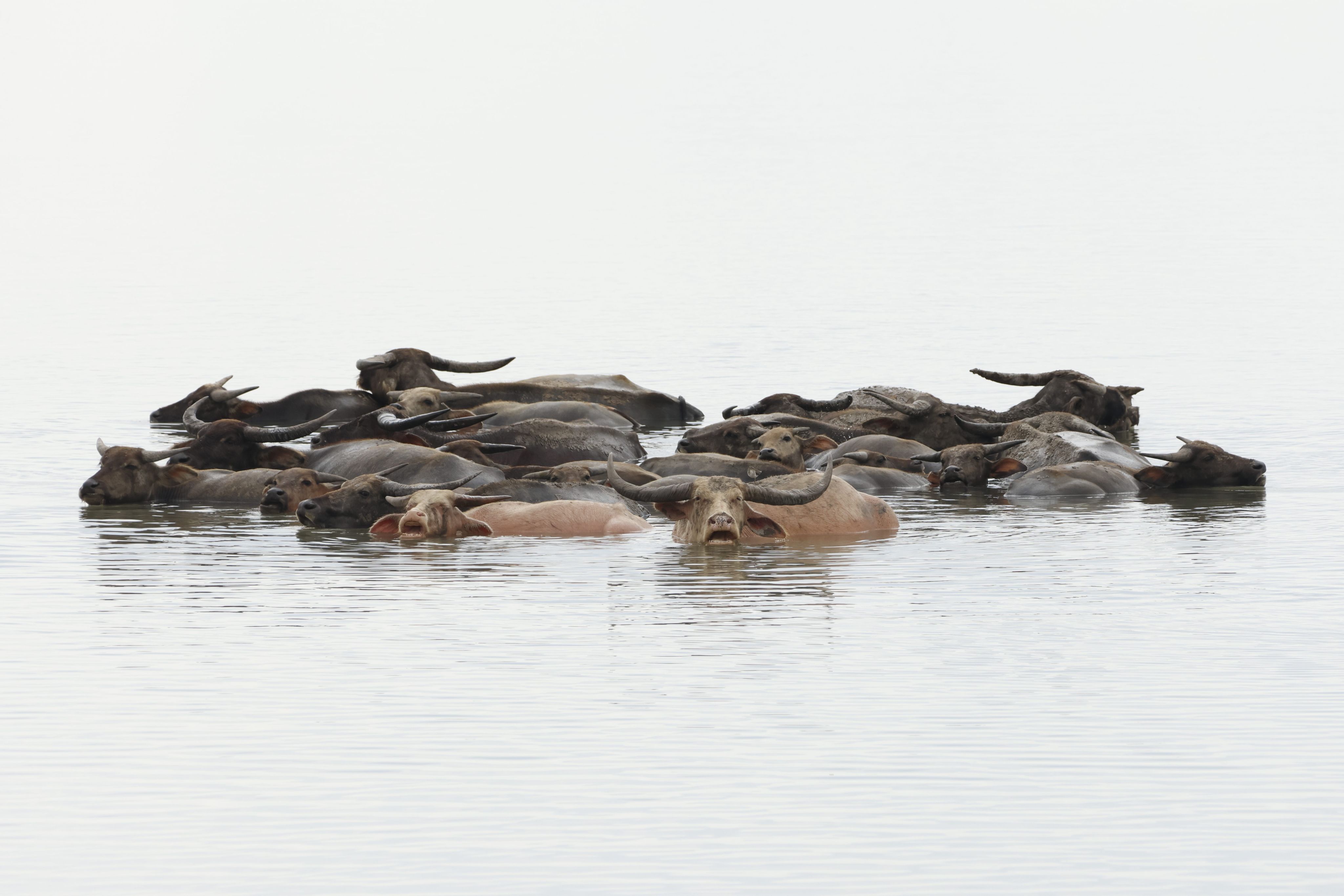
Submitted by Brandon Sideleau
Submitted by Brandon Sideleau
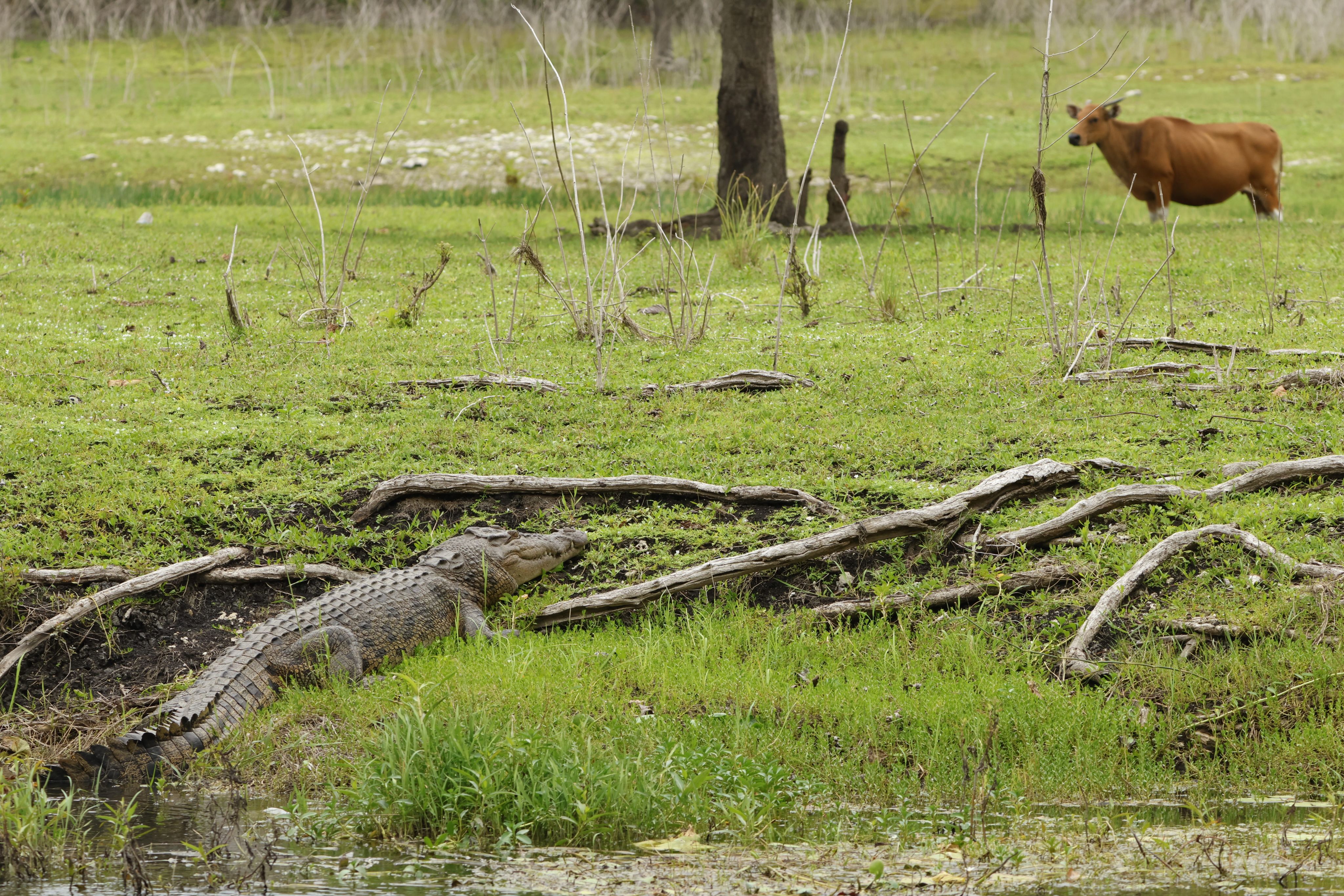
Submitted by Brandon Sideleau
Submitted by Brandon Sideleau
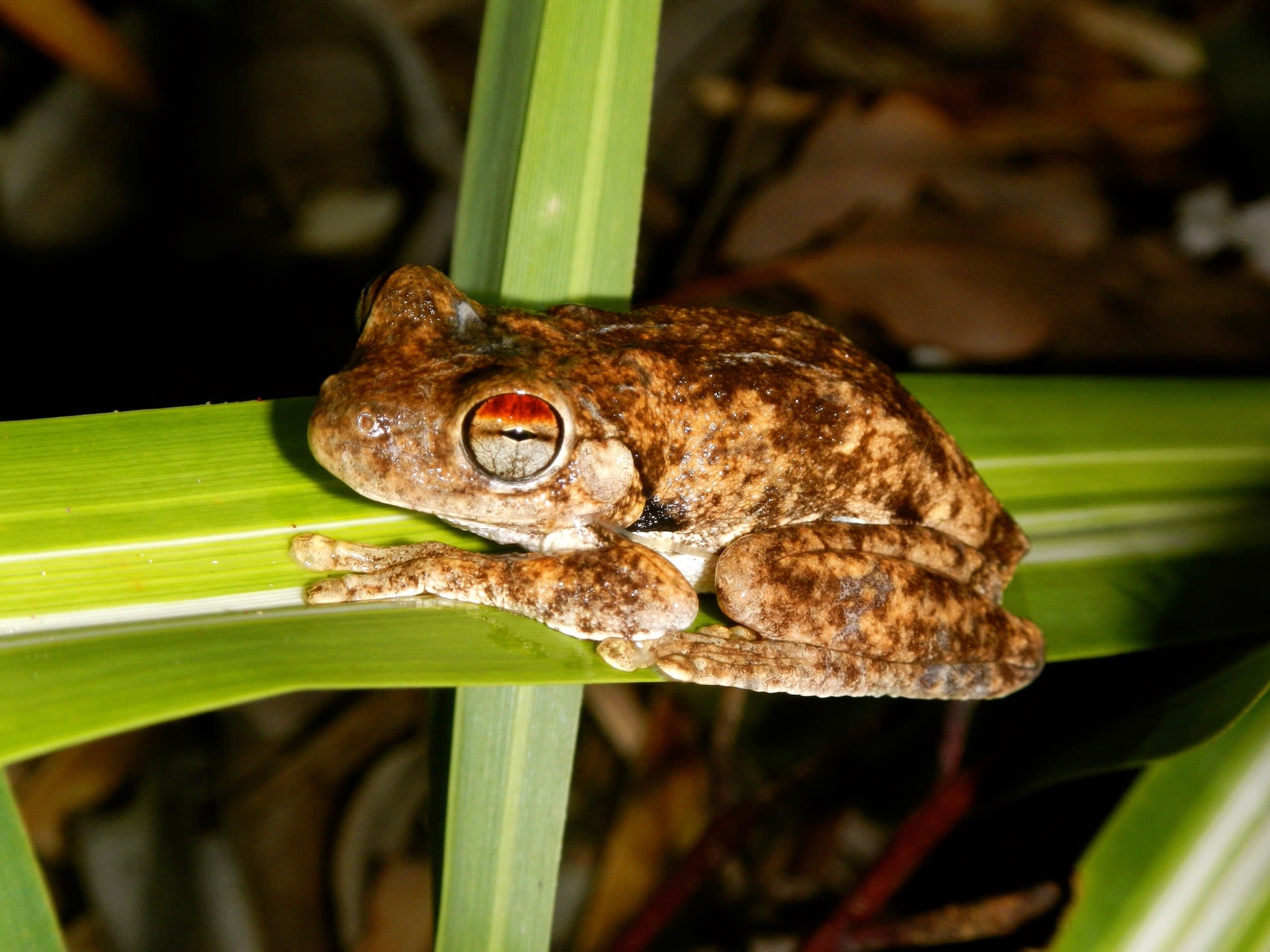
Submitted by Teigan Cremona
Submitted by Teigan Cremona
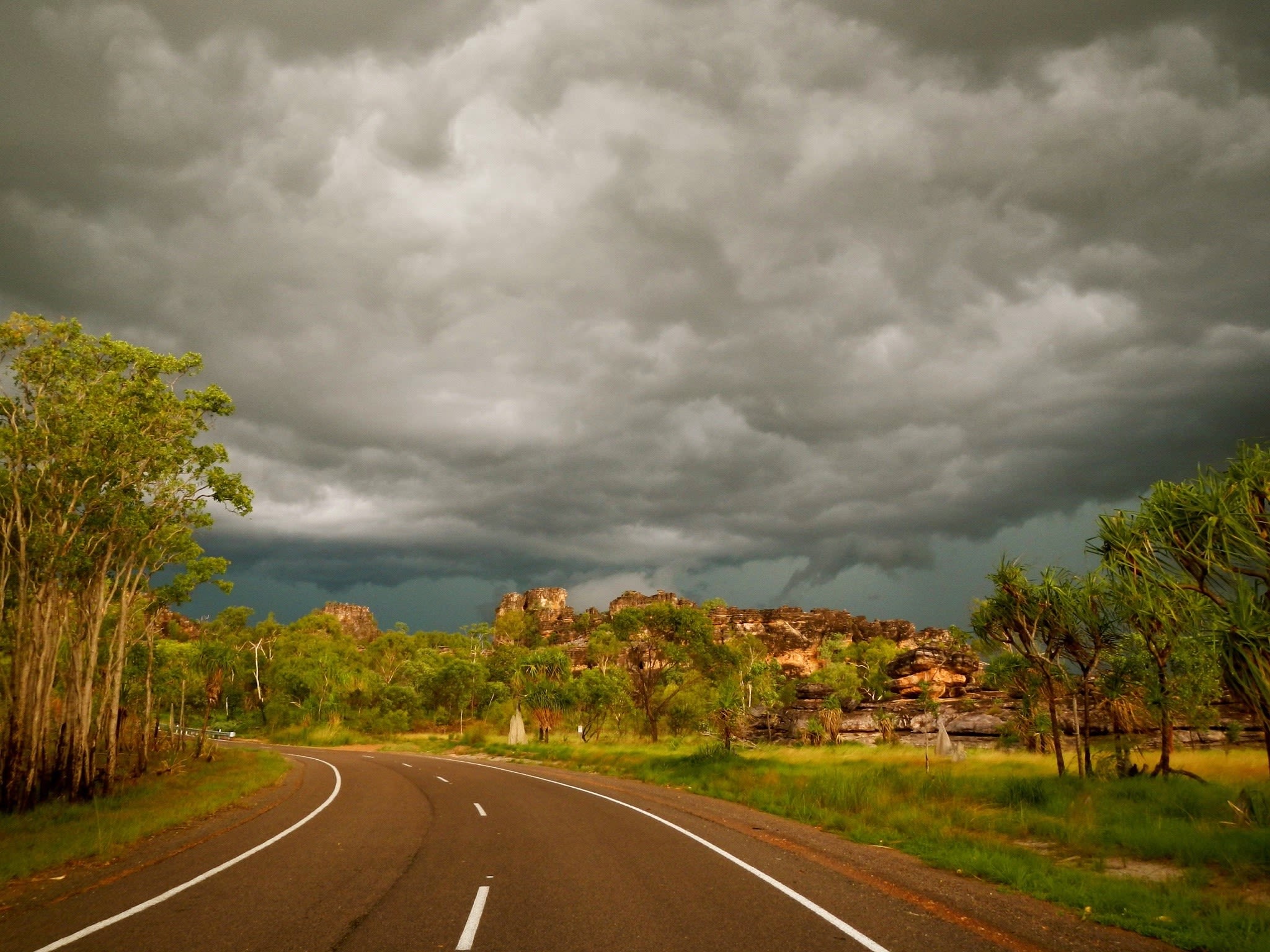
Submitted by Teigan Cremona
Submitted by Teigan Cremona
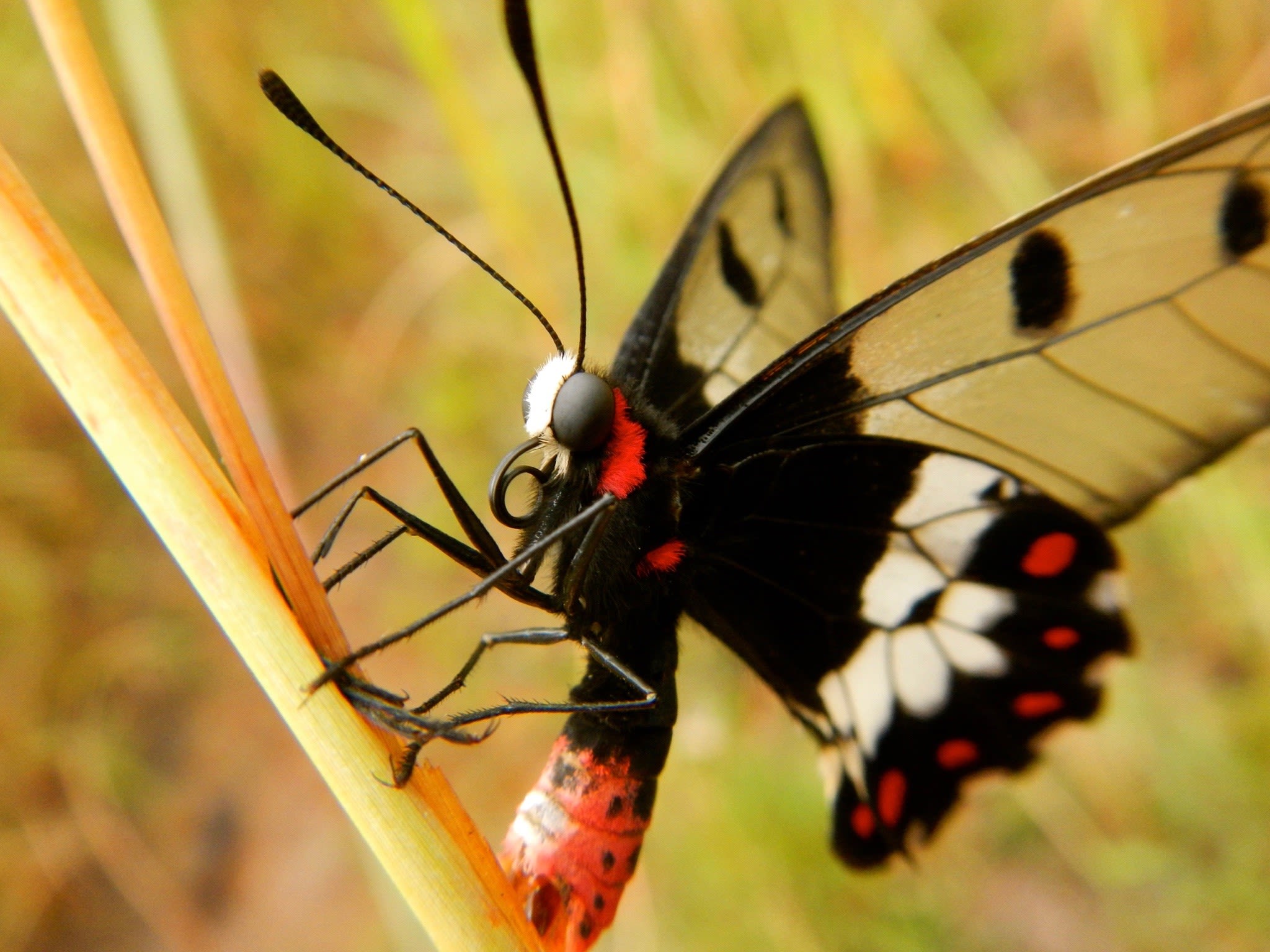
Submitted by Teigan Cremona
Submitted by Teigan Cremona
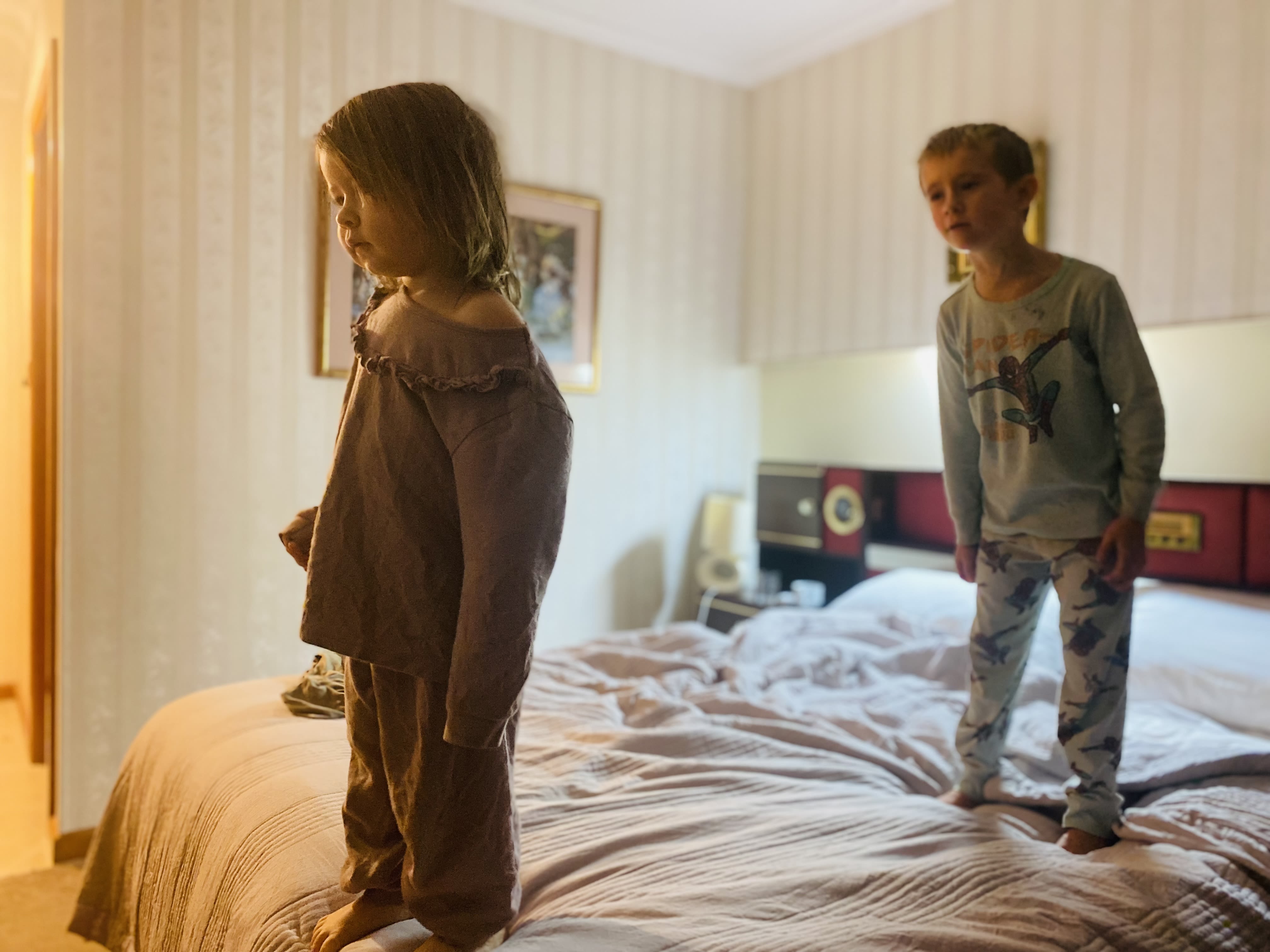
Submitted by Freya Tripp
Submitted by Freya Tripp
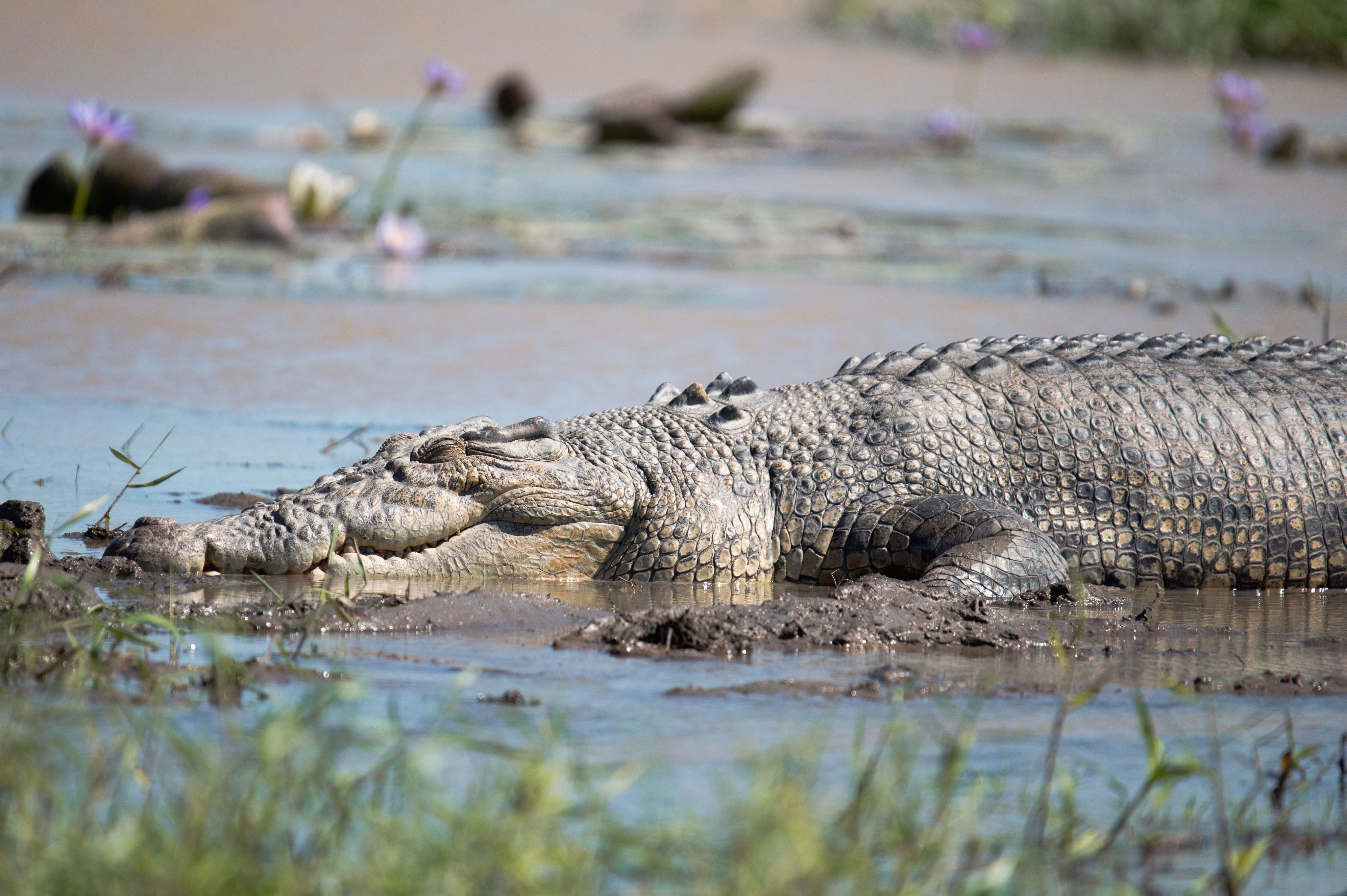
Submitted by Cameron Baker
Submitted by Cameron Baker
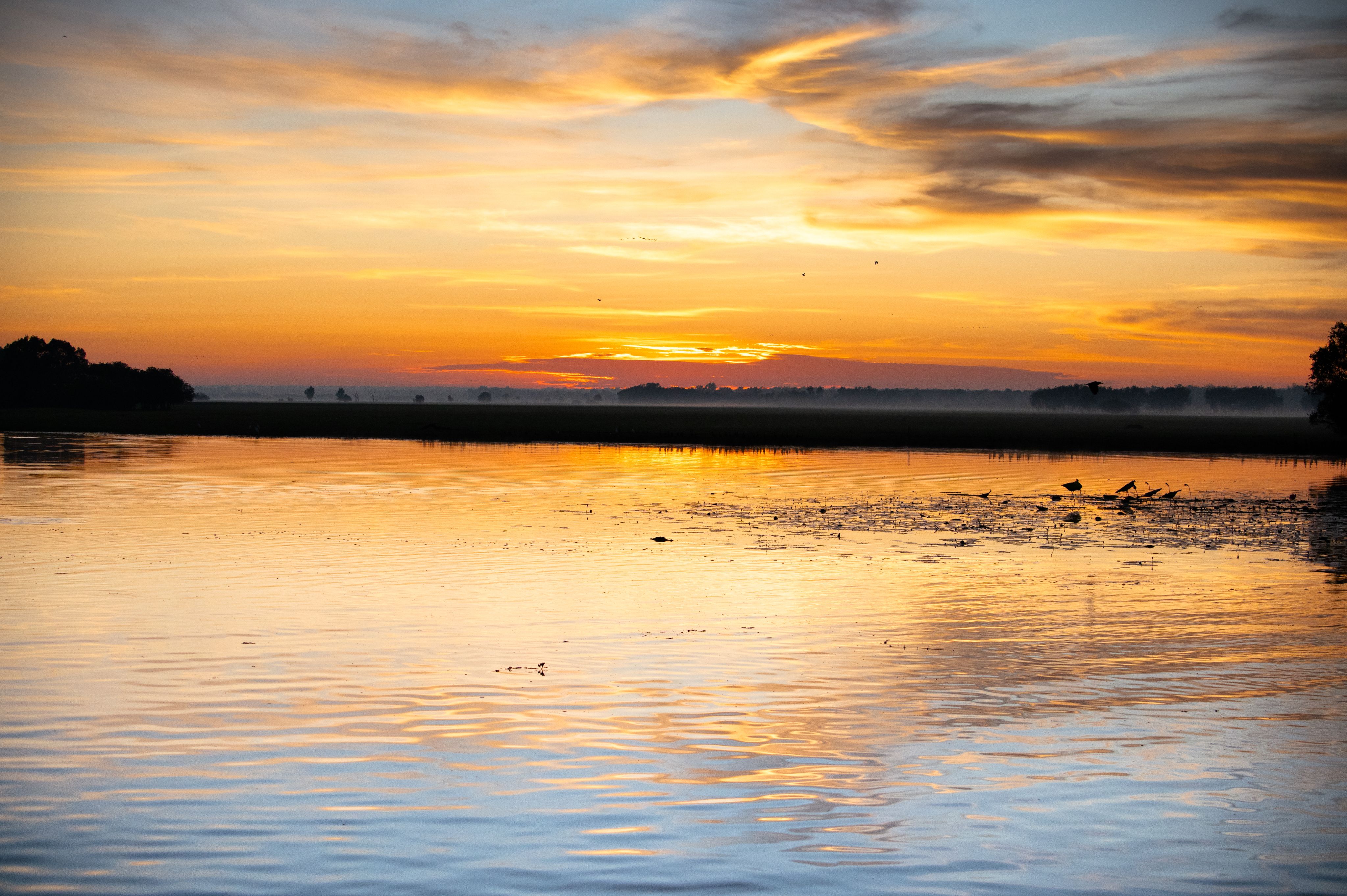
Submitted by Cameron Baker
Submitted by Cameron Baker
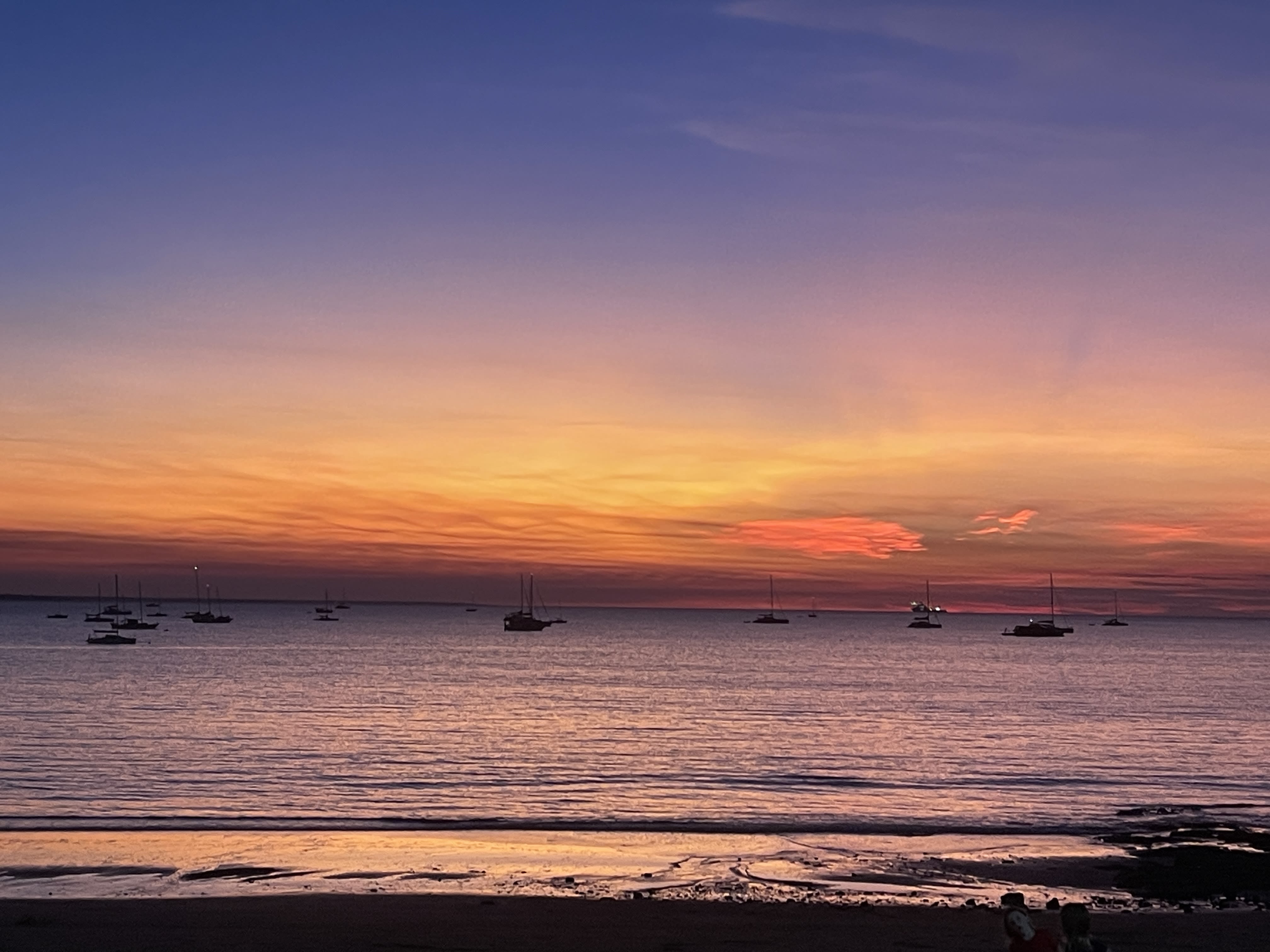
Submitted by Porni Mollock
Submitted by Porni Mollock
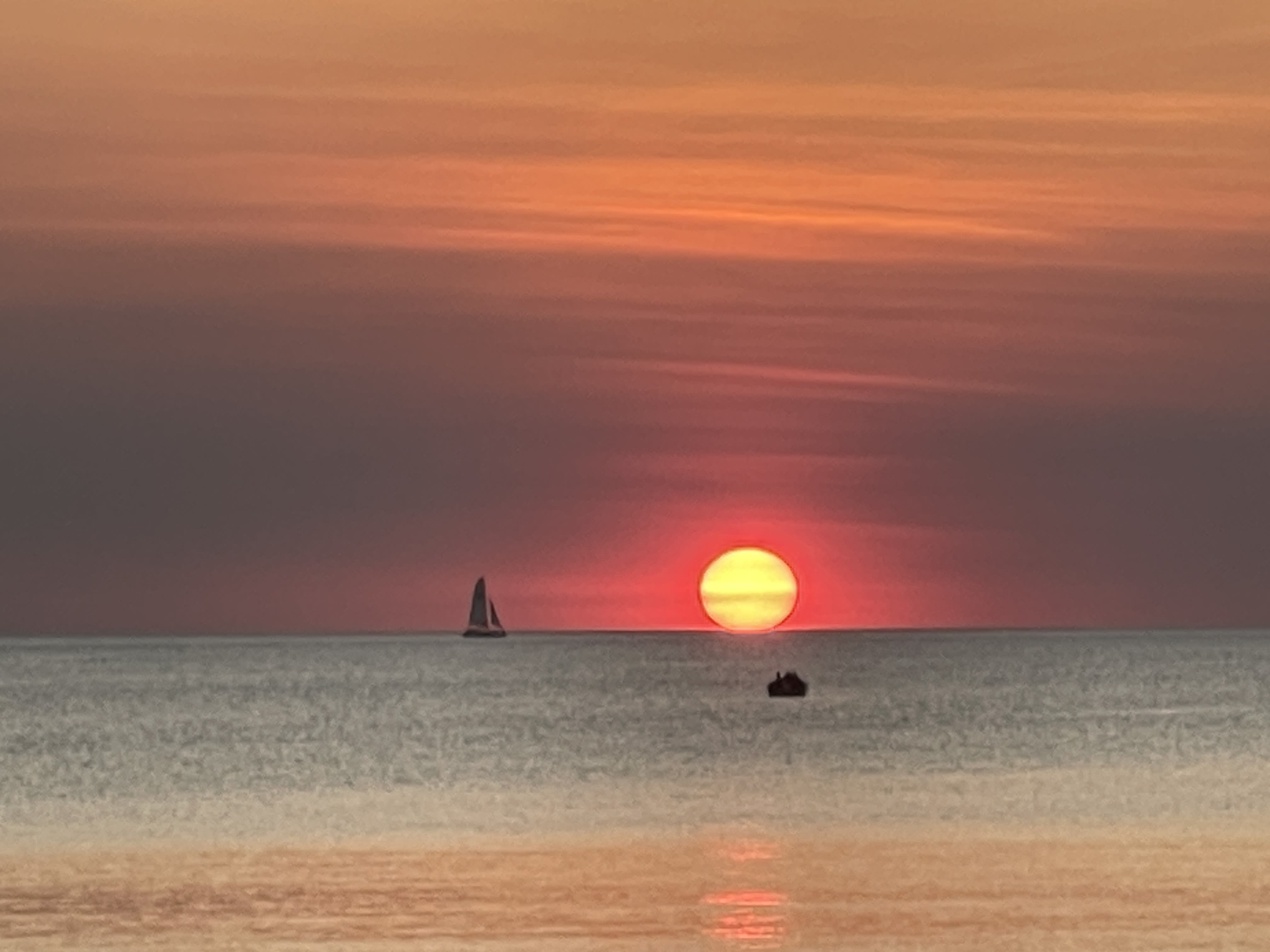
Submitted by Porni Mollock
Submitted by Porni Mollock
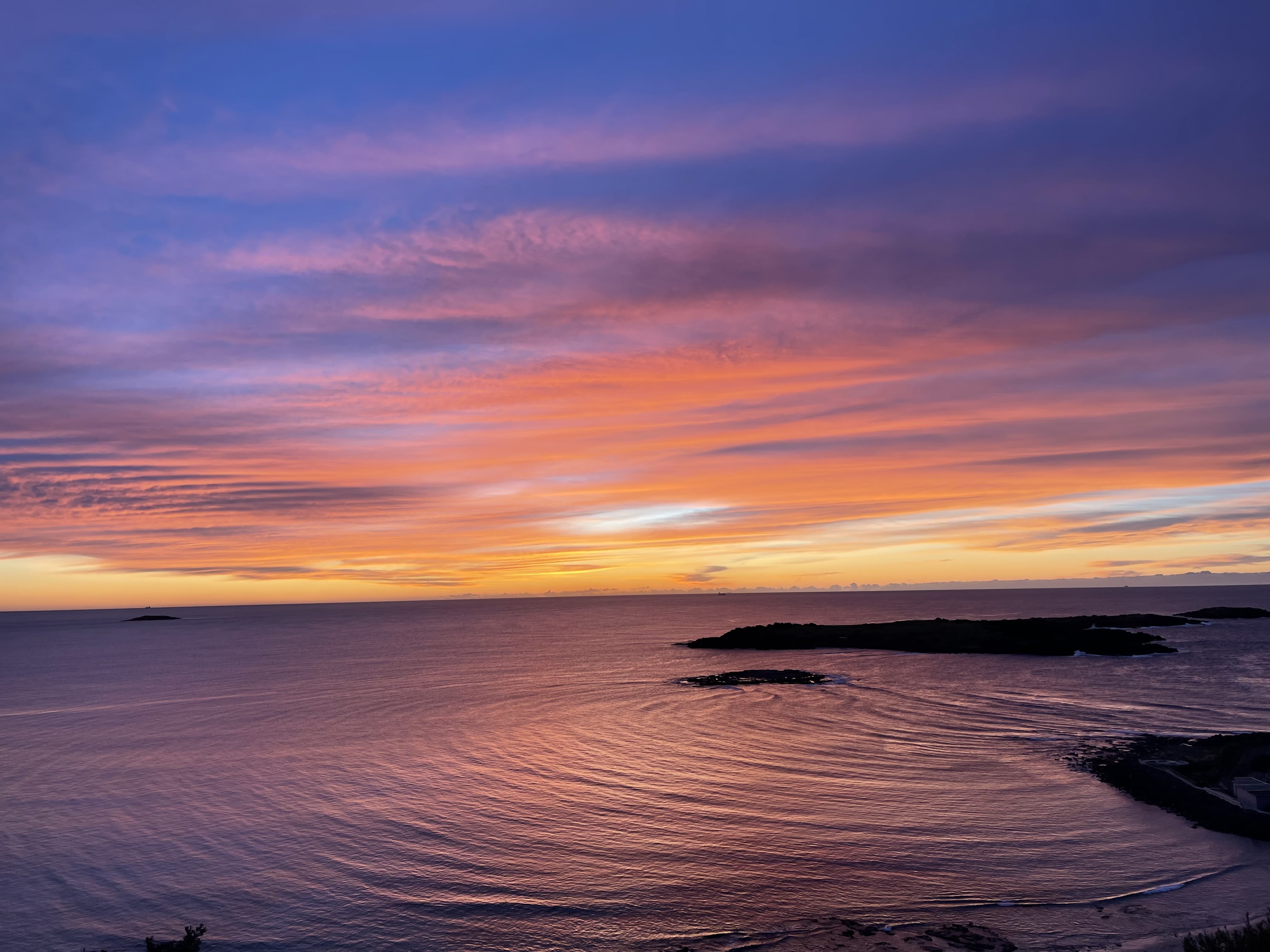
Submitted by Porni Mollock
Submitted by Porni Mollock
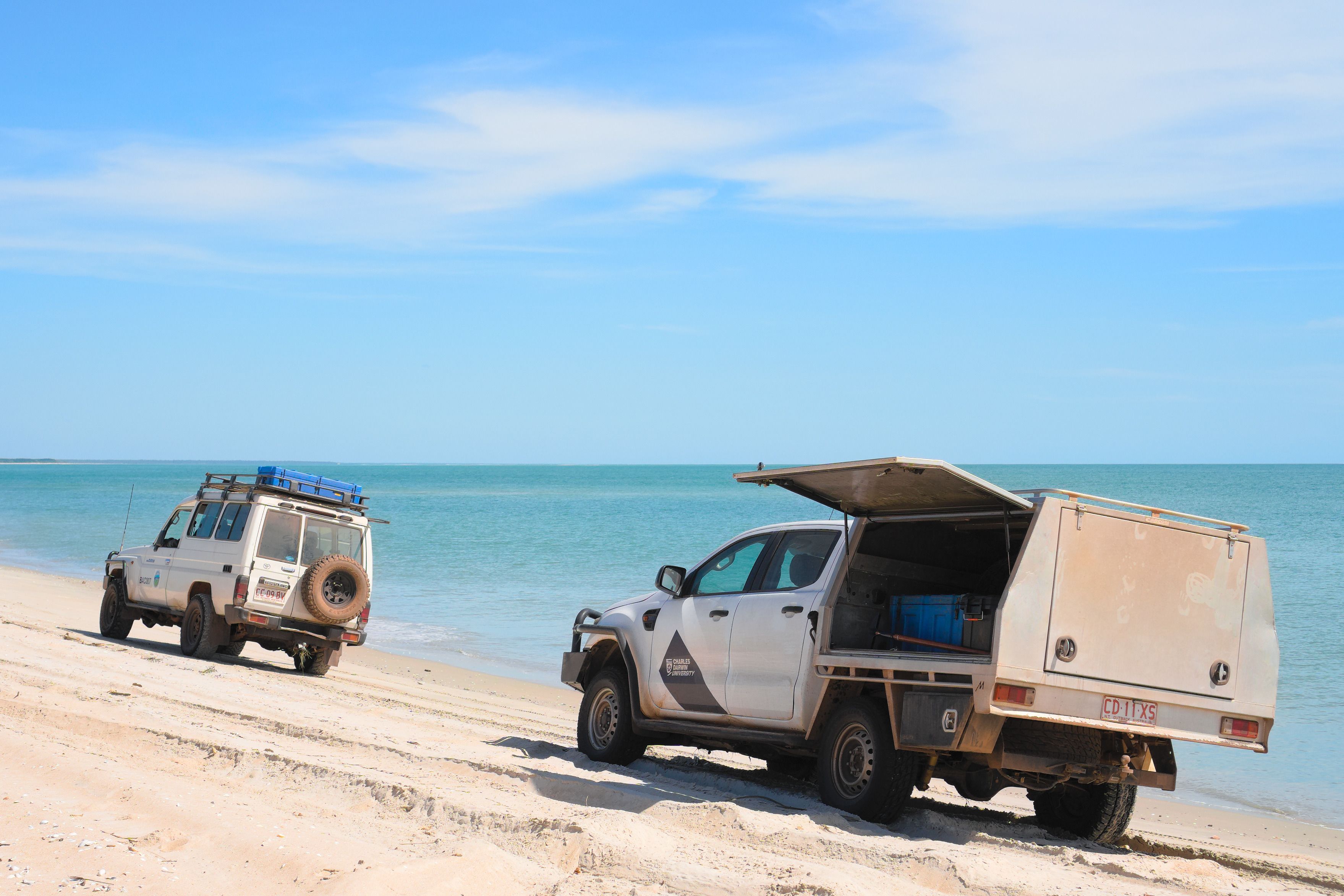
Submitted by Sam Williams
Submitted by Sam Williams
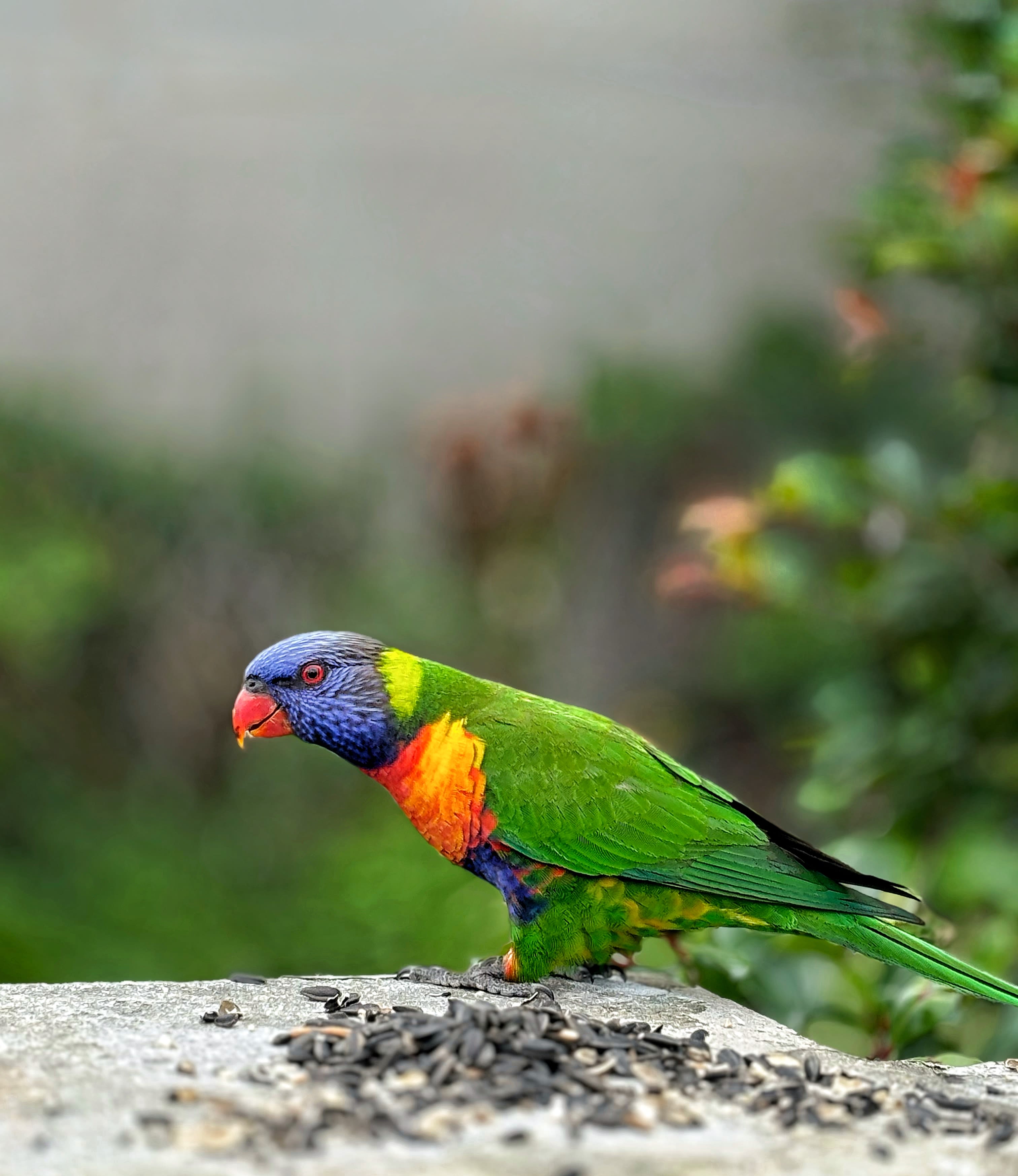
Submitted by Marylin Carino
Submitted by Marylin Carino

Submitted by Jyothi Bhandari
Submitted by Jyothi Bhandari
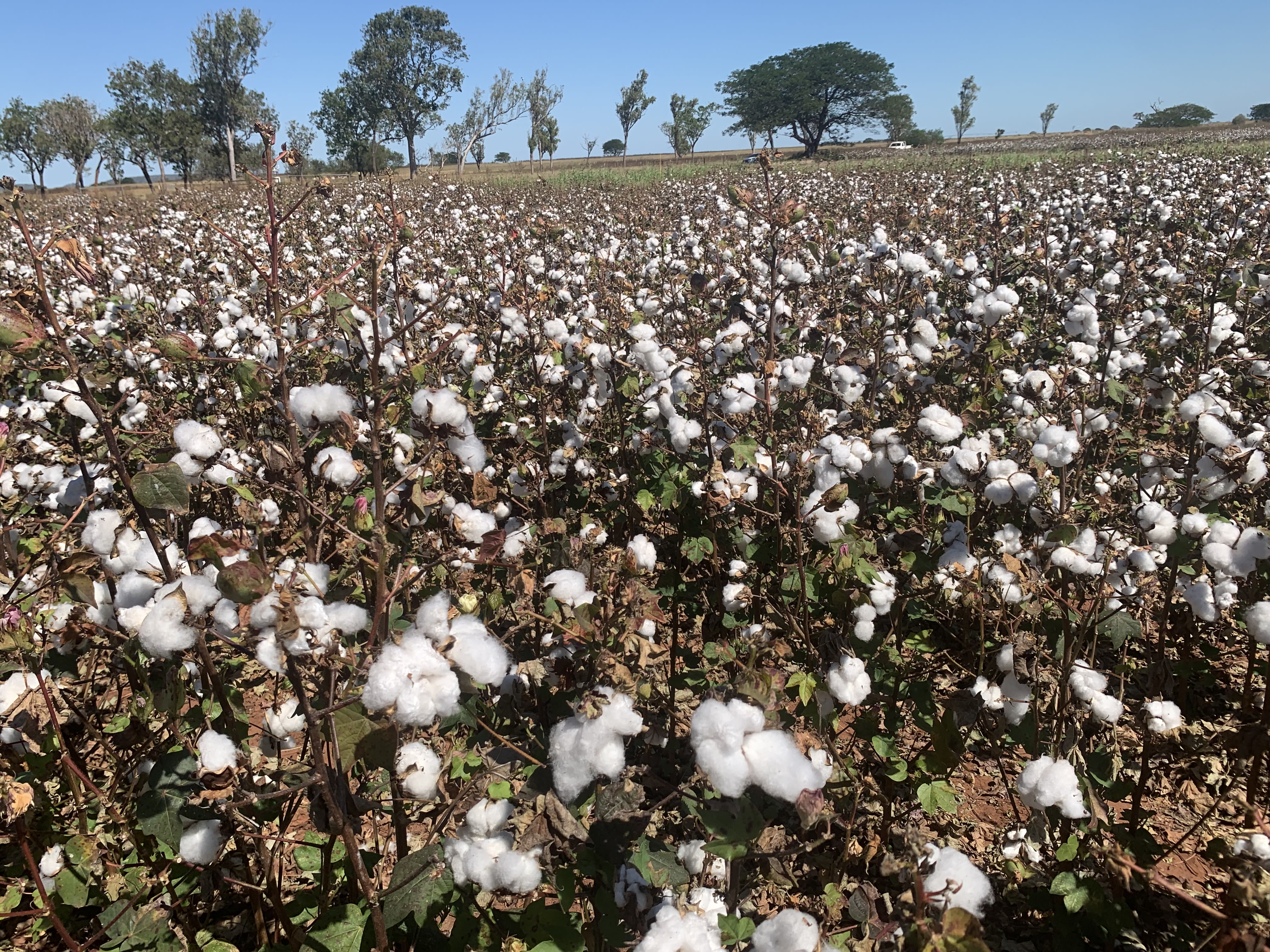
Submitted by Jyothi Bhandari
Submitted by Jyothi Bhandari

Submitted by Jyothi Bhandari
Submitted by Jyothi Bhandari
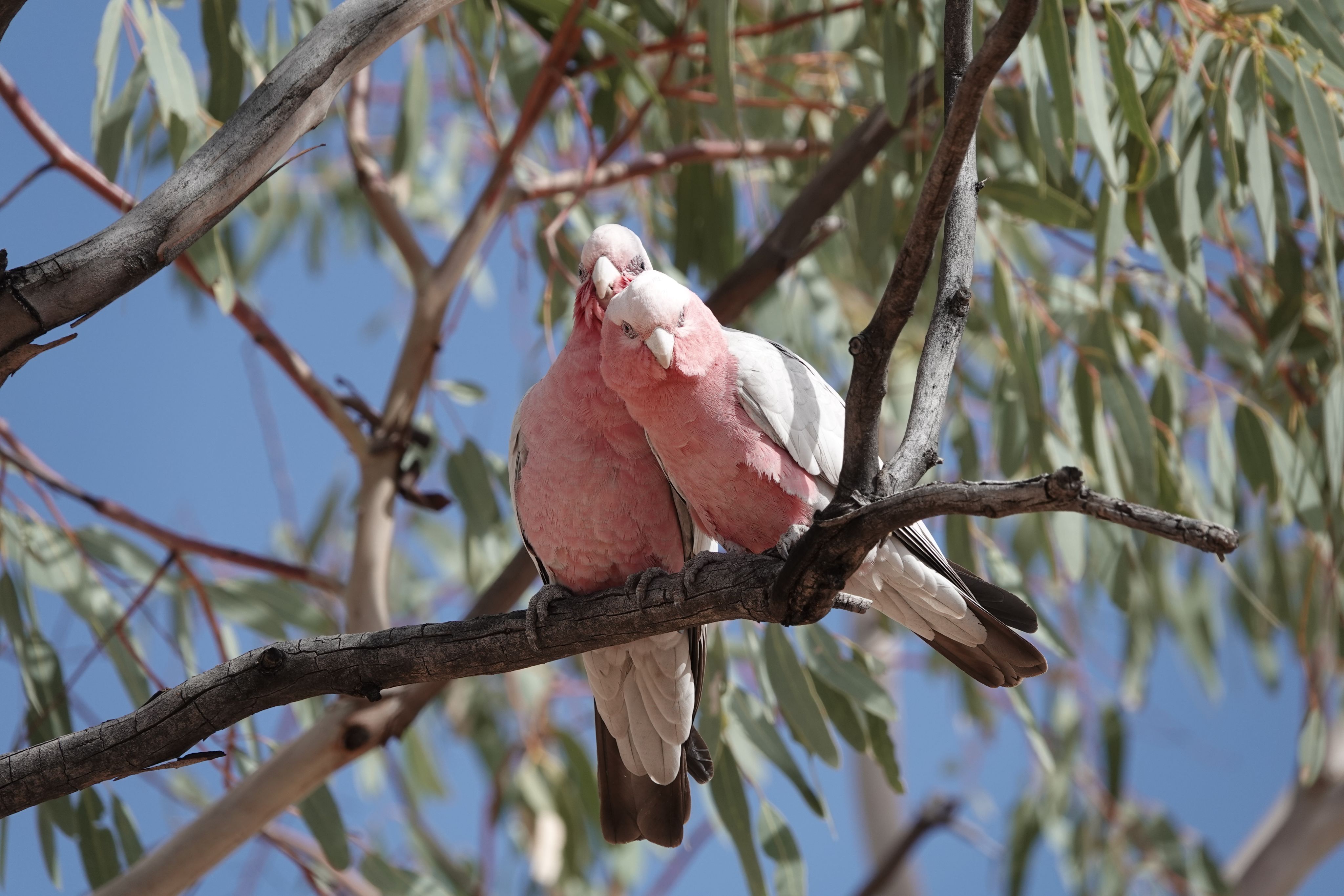
Submitted by Christine Schlesinger
Submitted by Christine Schlesinger

Submitted by Frederique Mourot
Submitted by Frederique Mourot

Submitted by Frederique Mourot
Submitted by Frederique Mourot

Submitted by Frederique Mourot
Submitted by Frederique Mourot
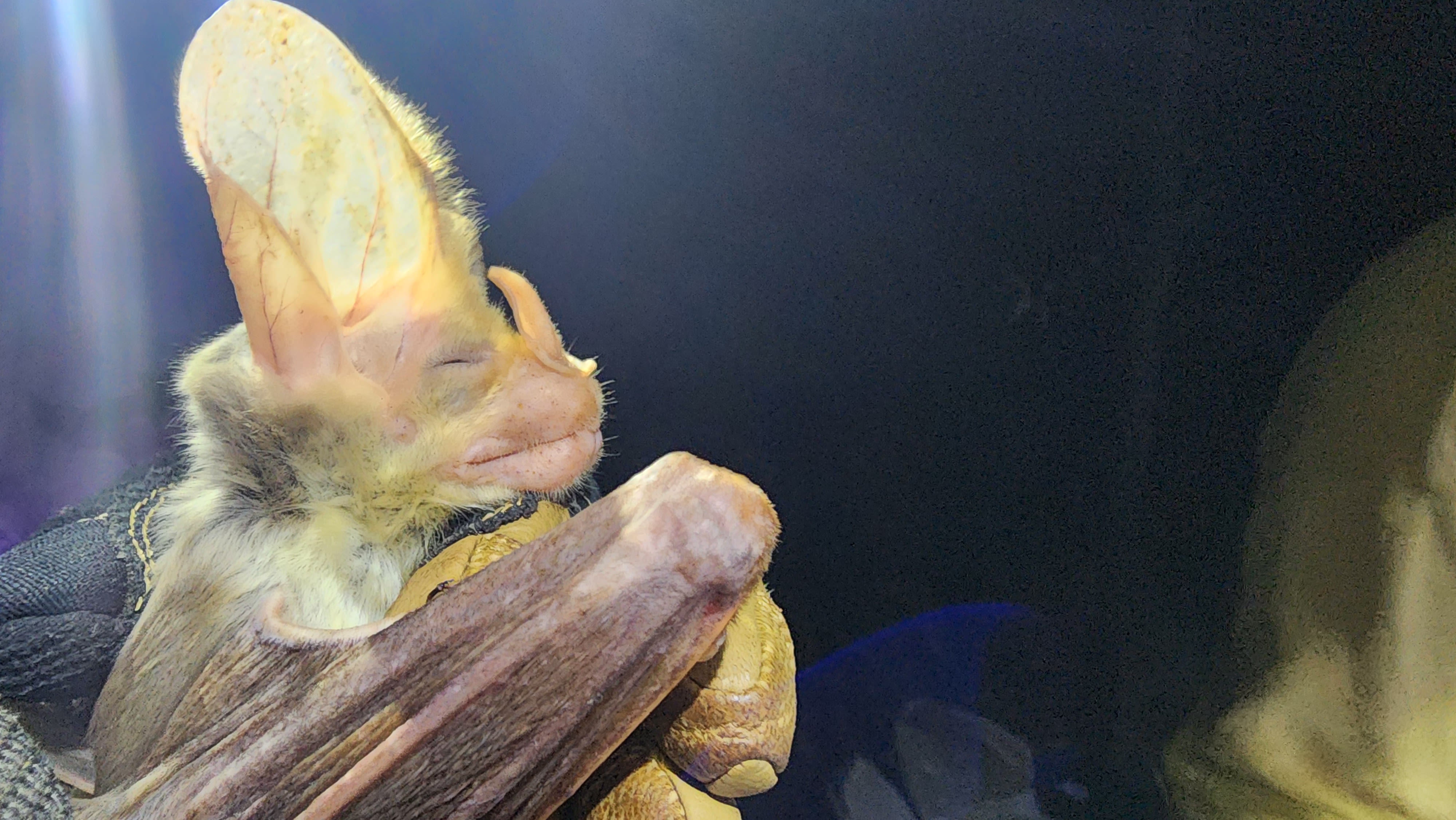
Submitted by Nicola Hanrahan
Submitted by Nicola Hanrahan
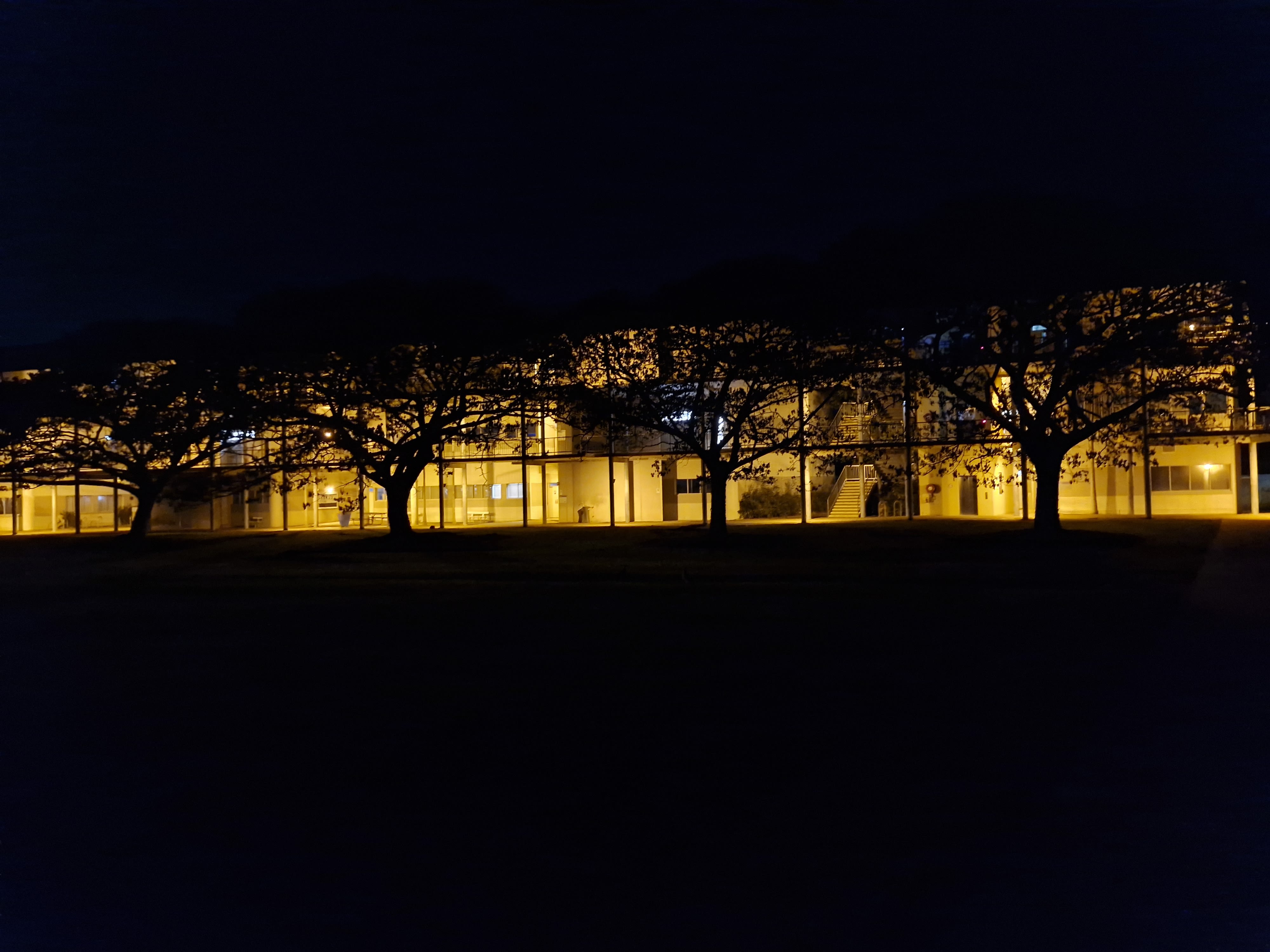
Submitted by Girum Kanno
Submitted by Girum Kanno

Submitted by Cara Donohue
Submitted by Cara Donohue
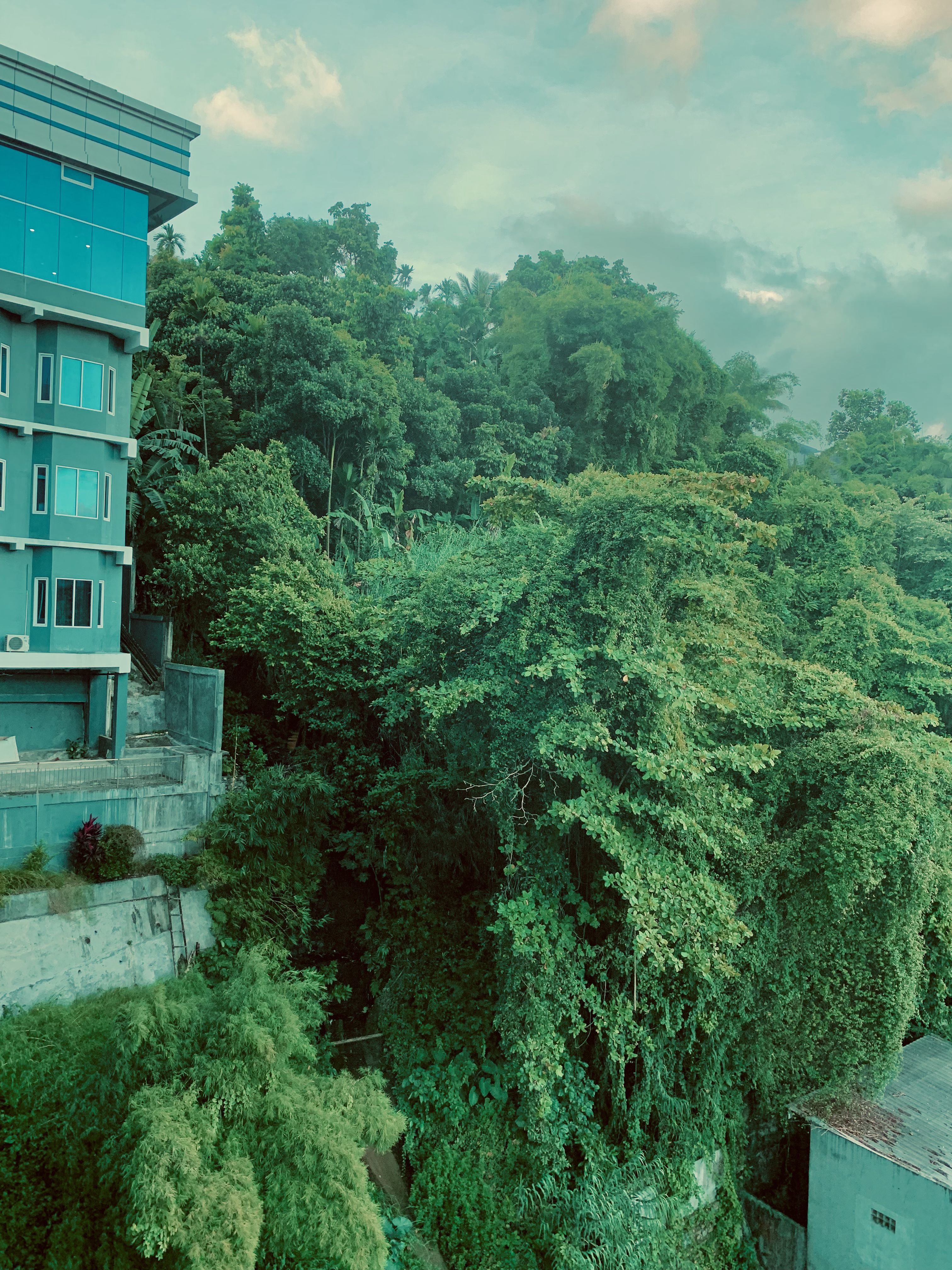
Submitted by Cara Donohue
Submitted by Cara Donohue

Submitted by Matthew Worrad
Submitted by Matthew Worrad

Submitted by Lexie Gregory
Submitted by Lexie Gregory
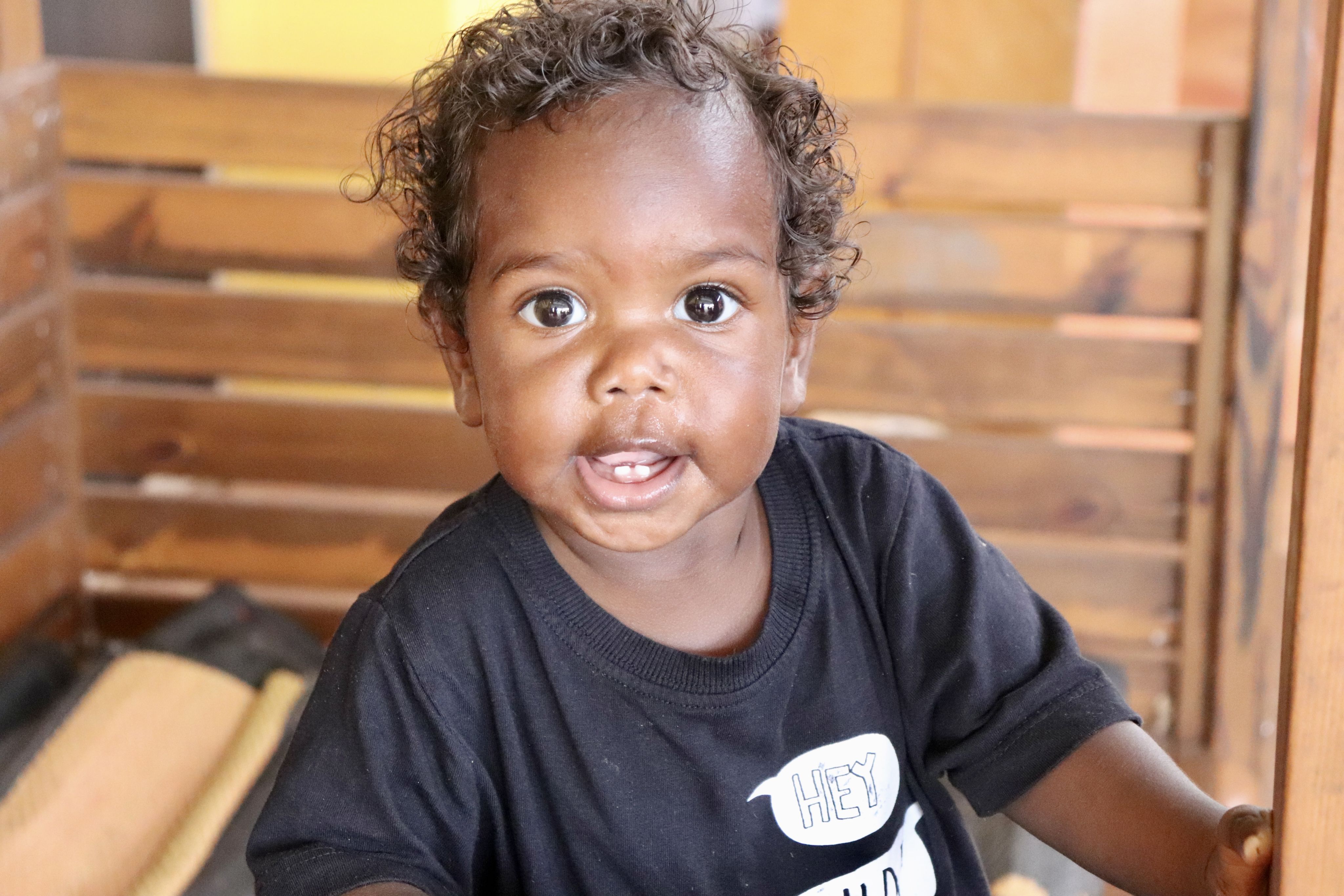
Submitted by Lexie Gregory
Submitted by Lexie Gregory

Submitted by Jenny Davis
Submitted by Jenny Davis
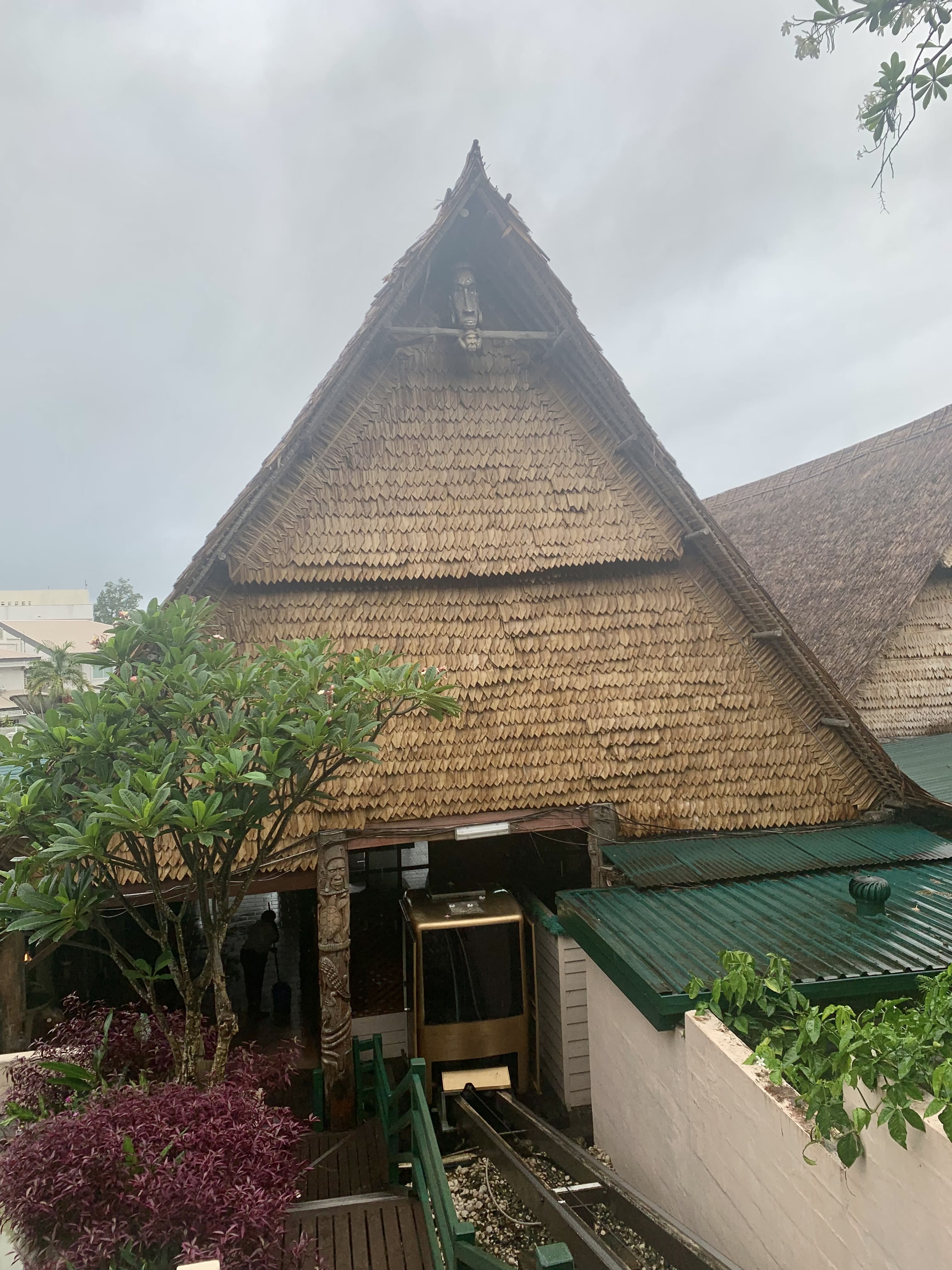
Submitted by Varunika Ruwanpura
Submitted by Varunika Ruwanpura

Submitted by Jackie Gould
Submitted by Jackie Gould
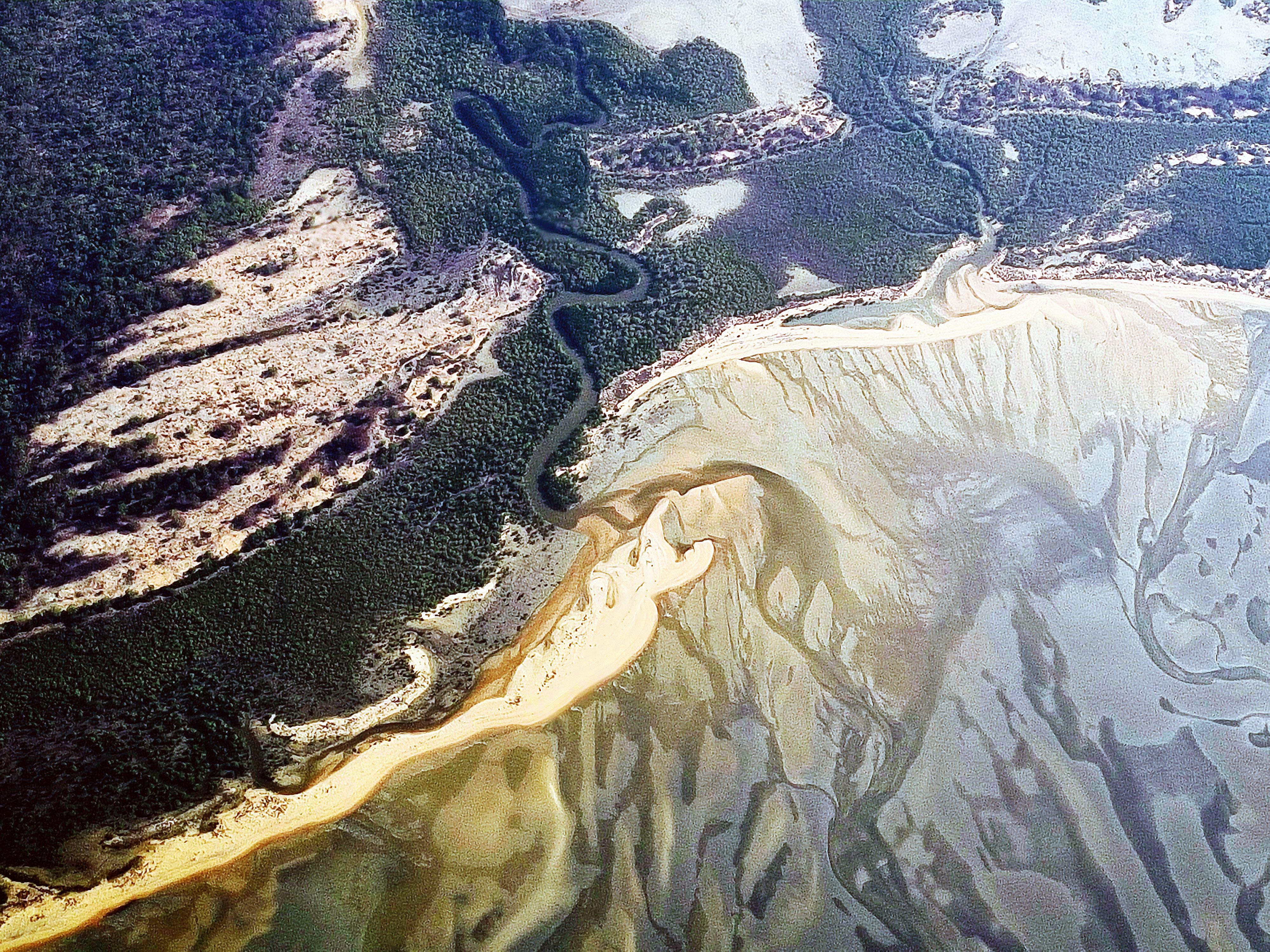
Submitted by Jackie Gould
Submitted by Jackie Gould
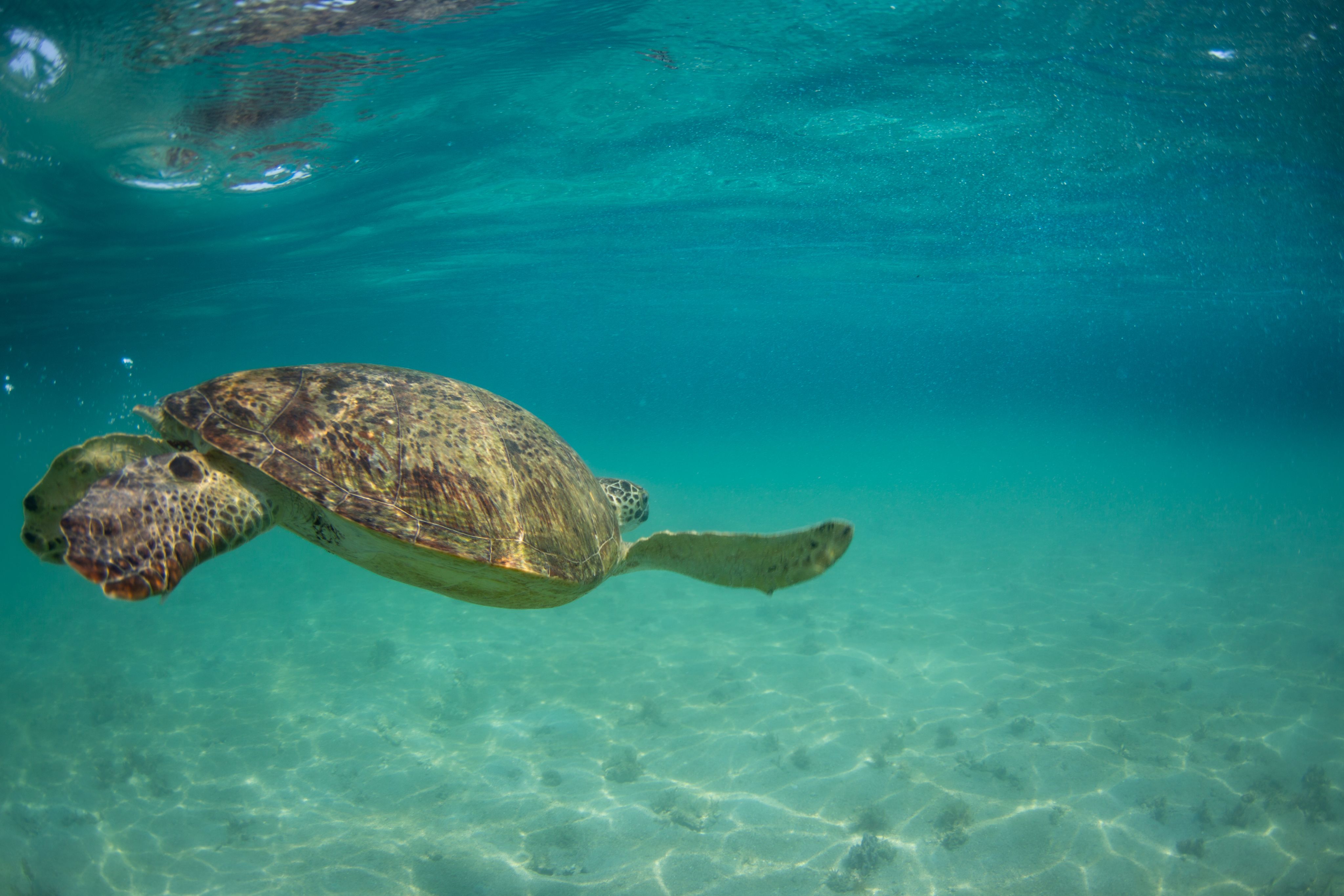
Submitted by Natalie Robson
Submitted by Natalie Robson
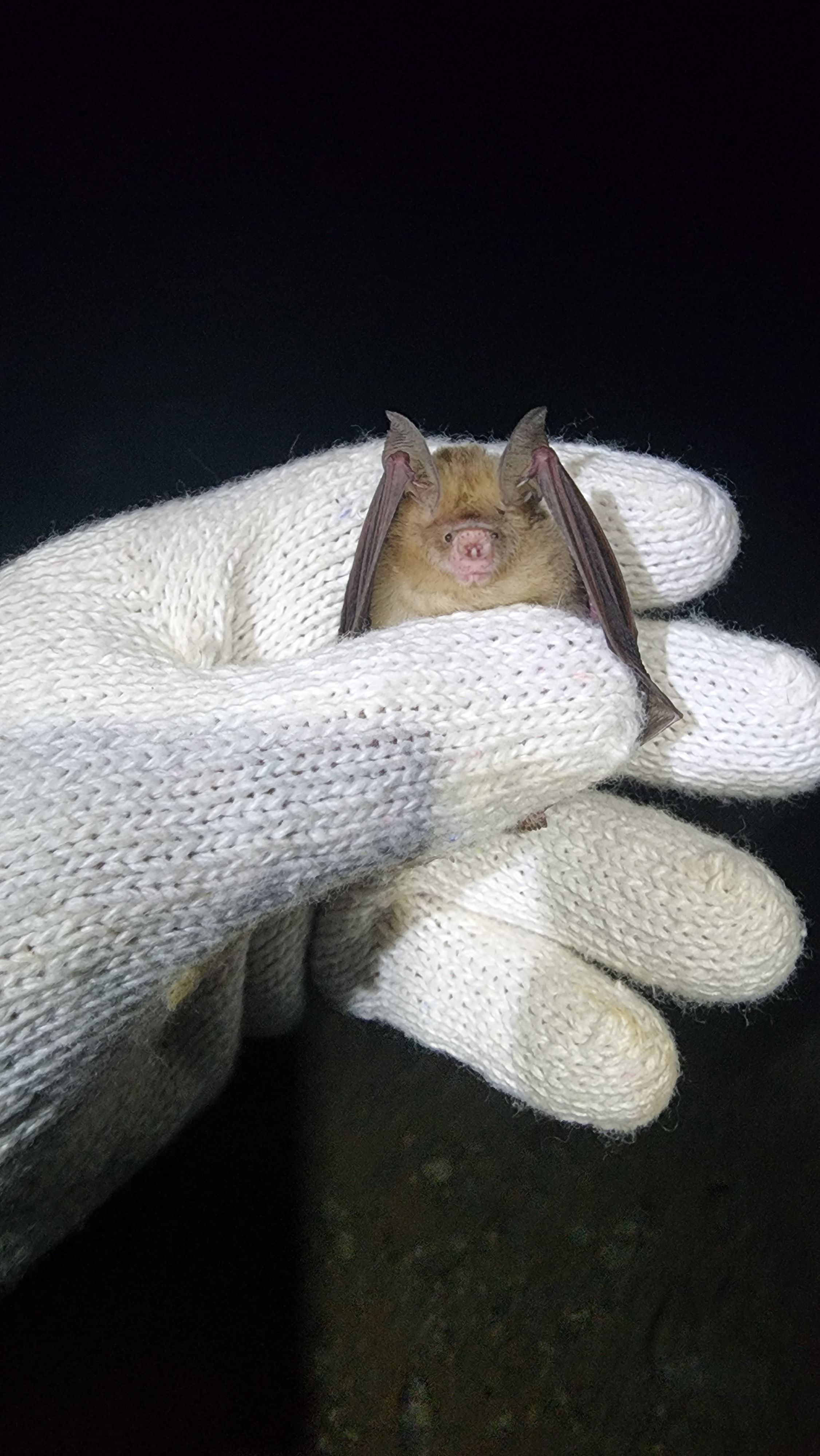
Submitted by Nicola Hanrahan
Submitted by Nicola Hanrahan
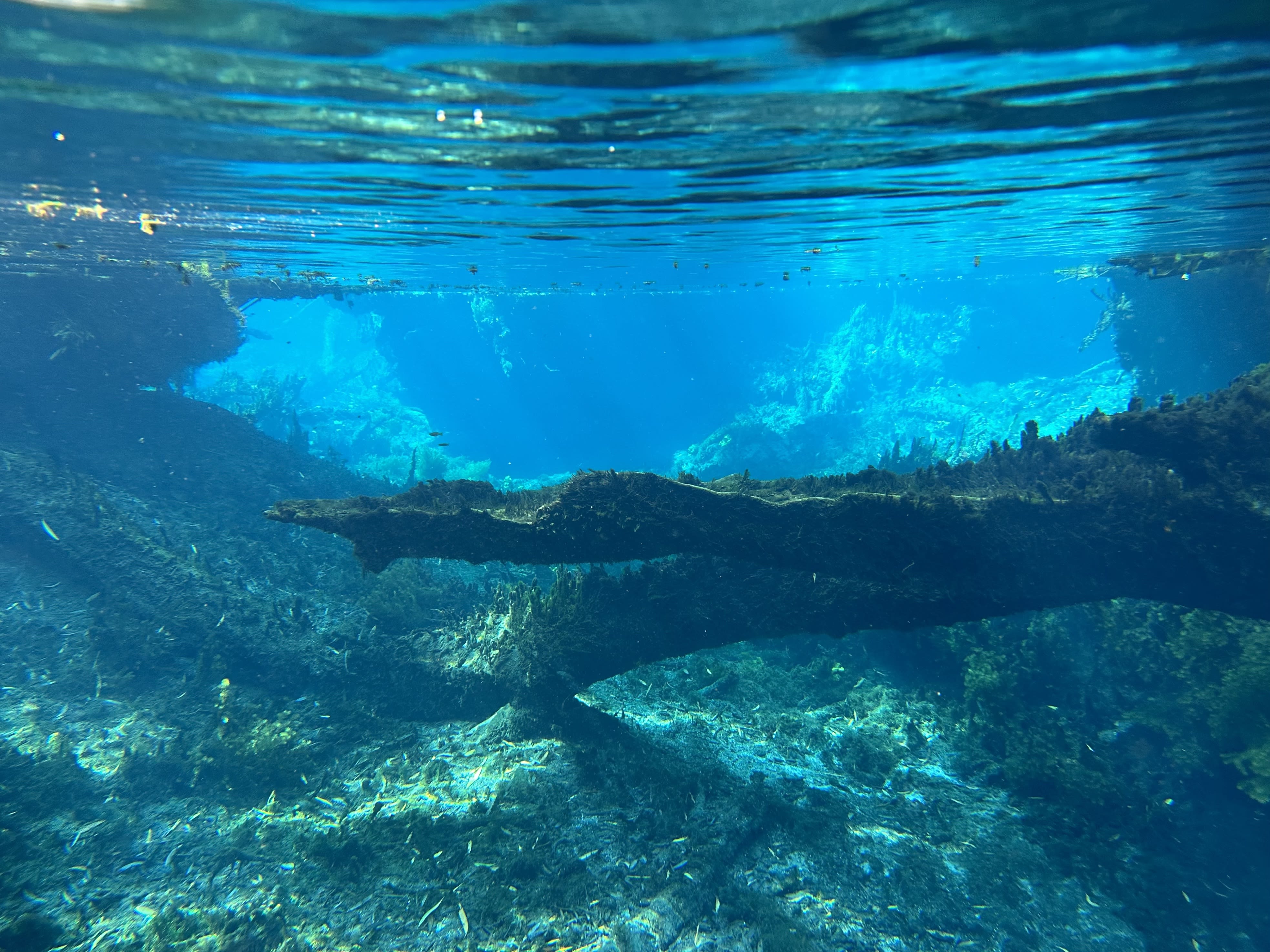
Submitted by Jenny Davis
Submitted by Jenny Davis

Submitted by Sam Williams
Submitted by Sam Williams
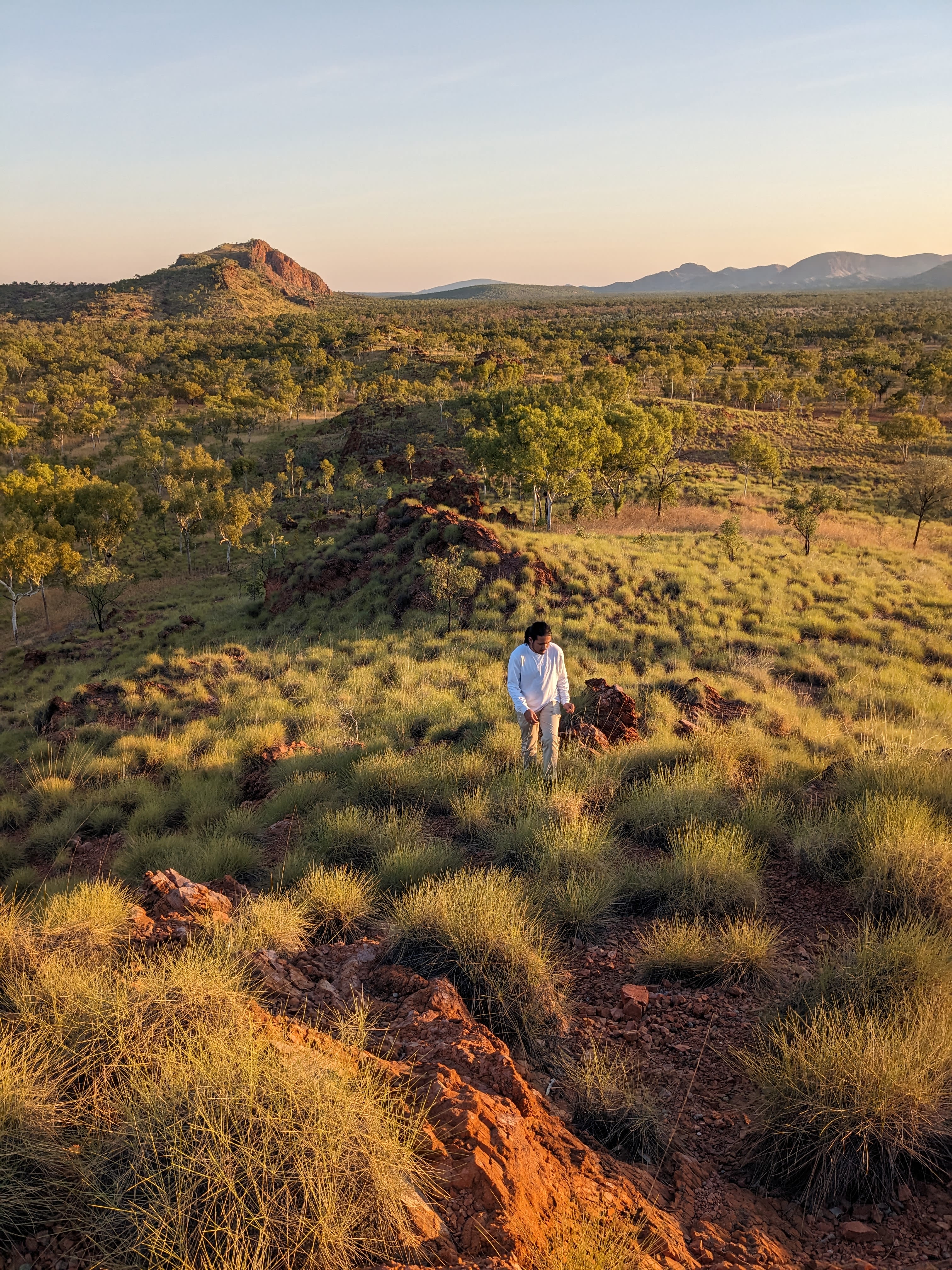
Submitted by Rohan Fisher
Submitted by Rohan Fisher
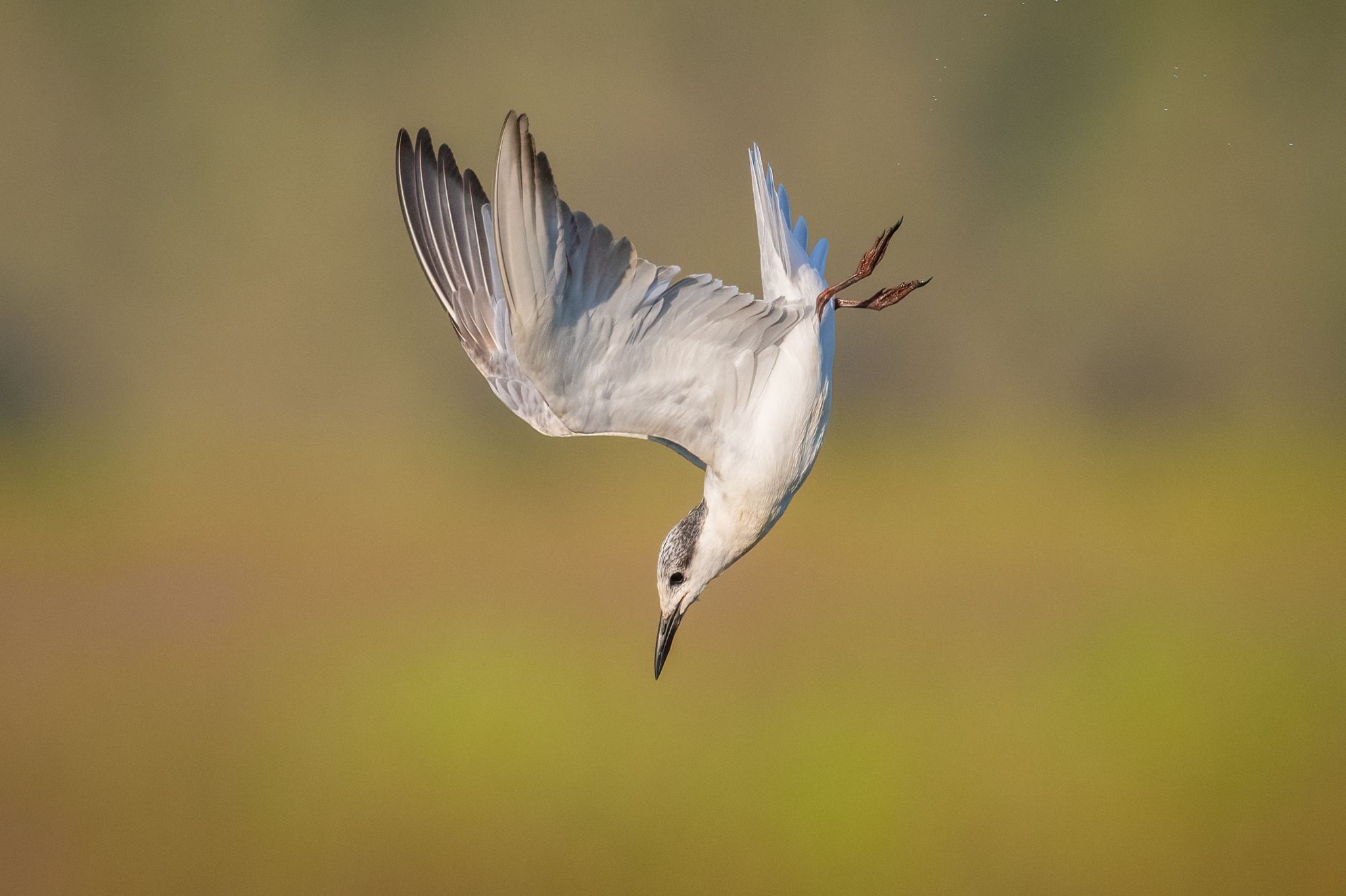
Submitted by Ulrike Kachel
Submitted by Ulrike Kachel

Submitted by Ulrike Kachel
Submitted by Ulrike Kachel
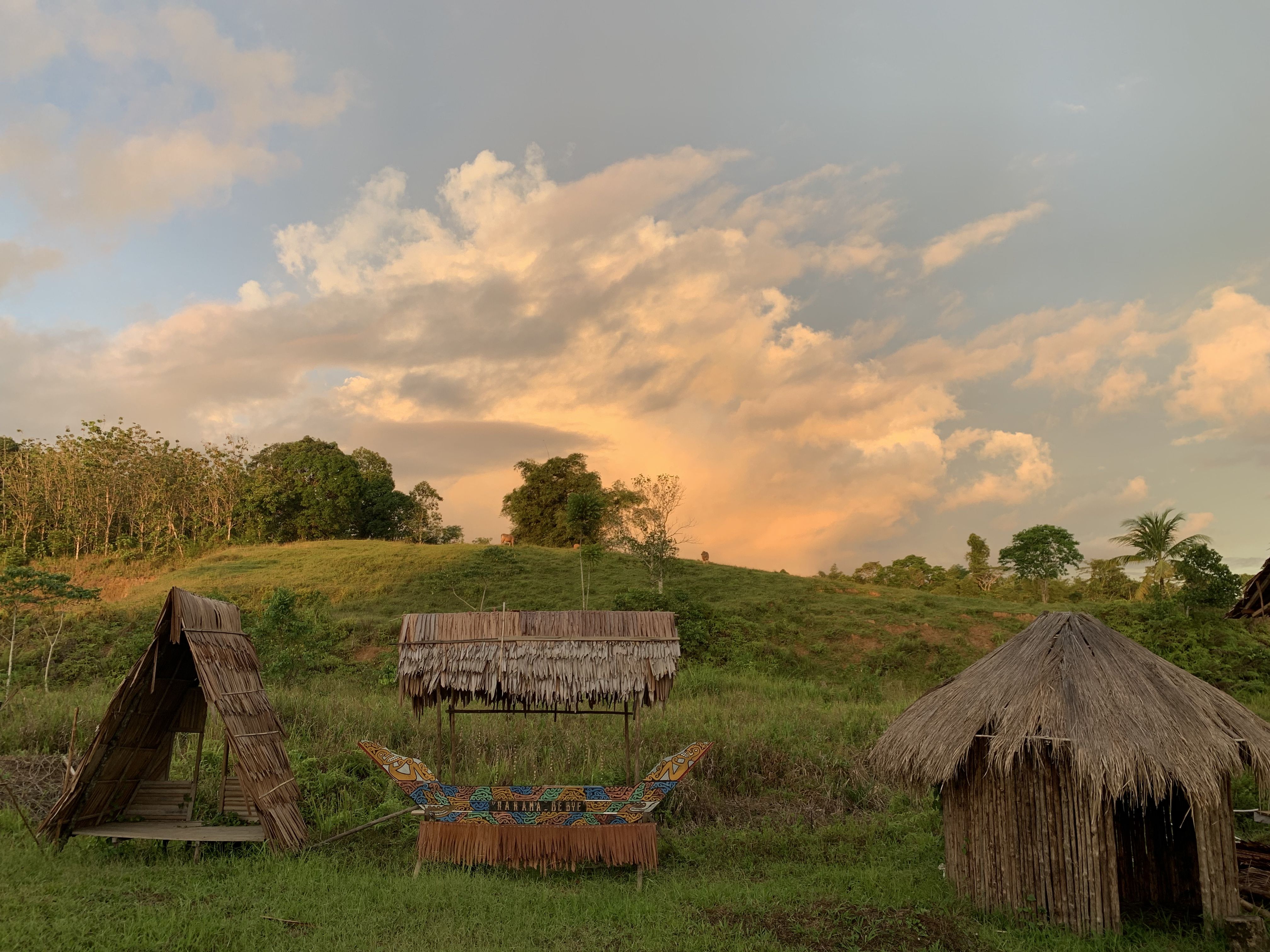
Submitted by Cara Donohue
Submitted by Cara Donohue

Submitted by Nicola Hanrahan
Submitted by Nicola Hanrahan
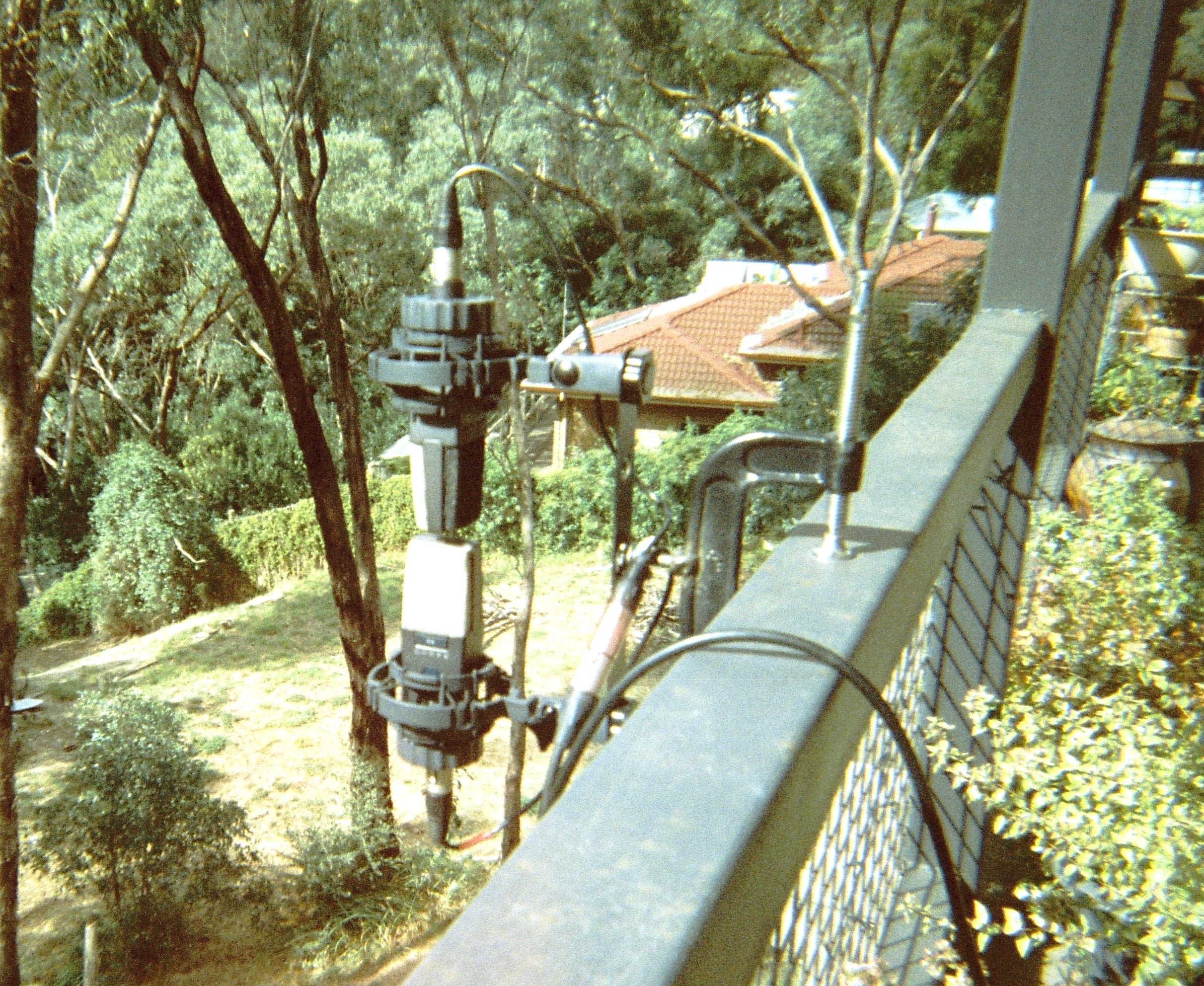
Submitted by Raelke Grimmer
Submitted by Raelke Grimmer

Submitted by Raelke Grimmer
Submitted by Raelke Grimmer
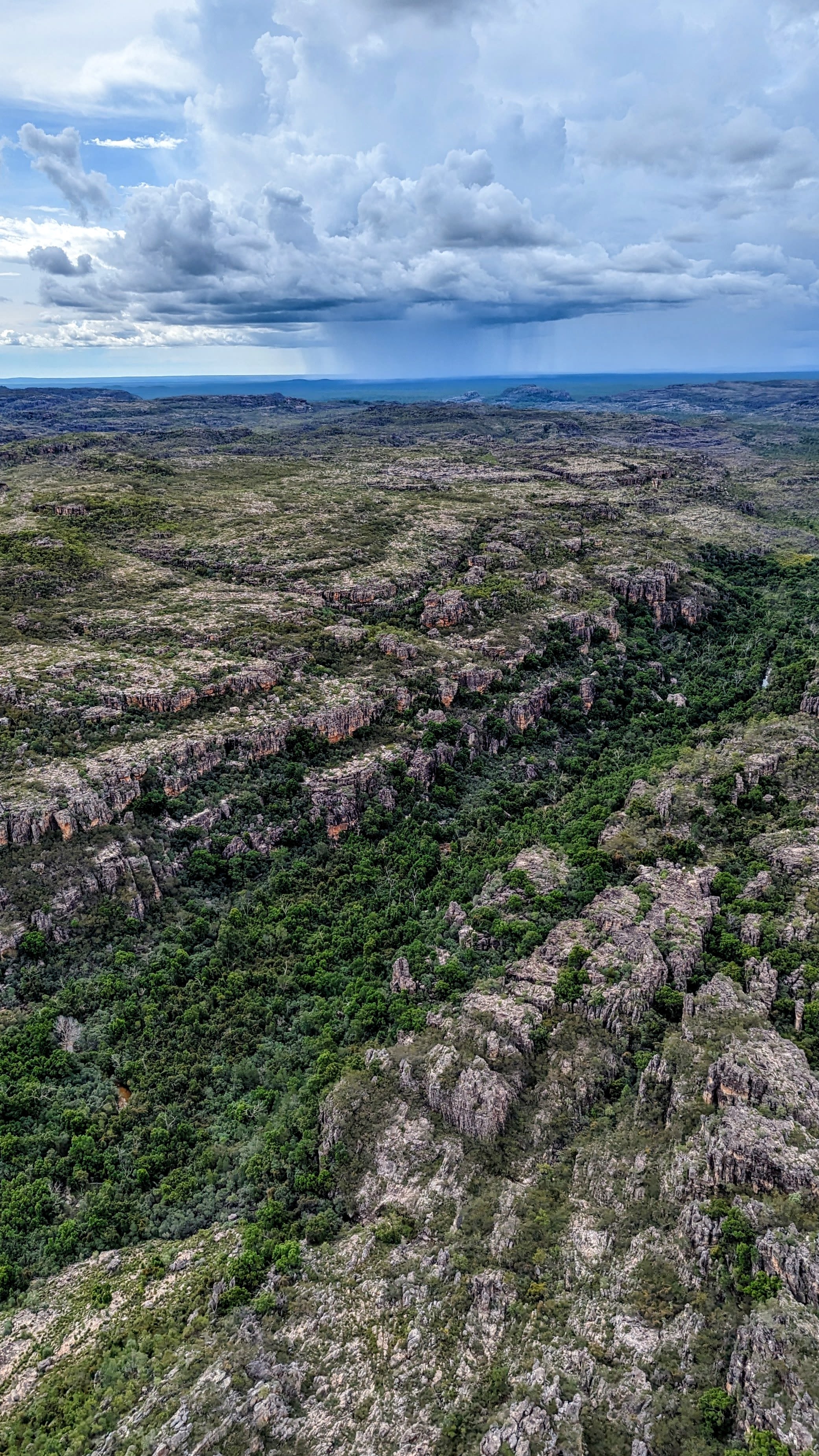
Submitted by Allyson Malpartida
Submitted by Allyson Malpartida
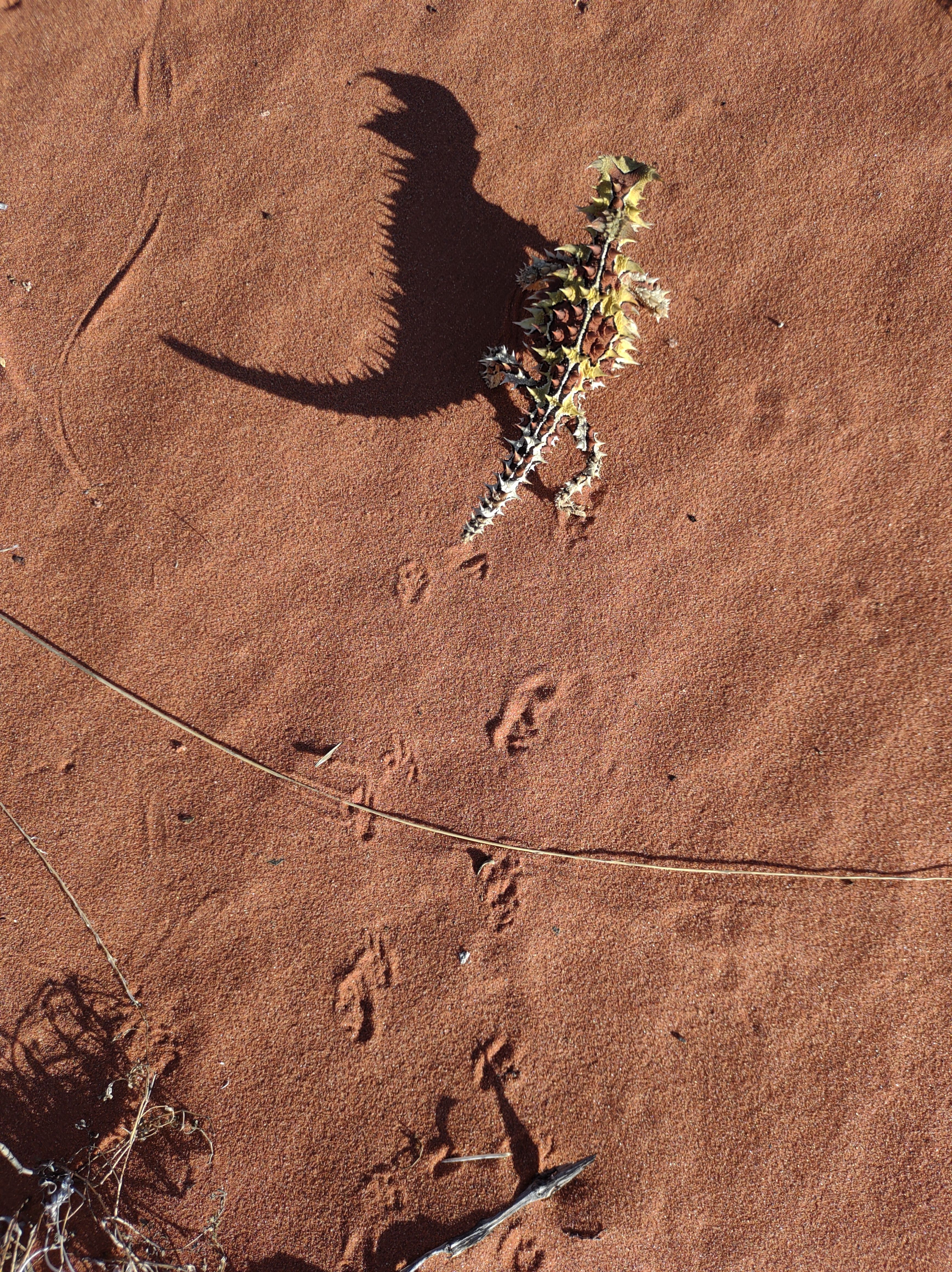
Submitted by Christine Schlesinger
Submitted by Christine Schlesinger
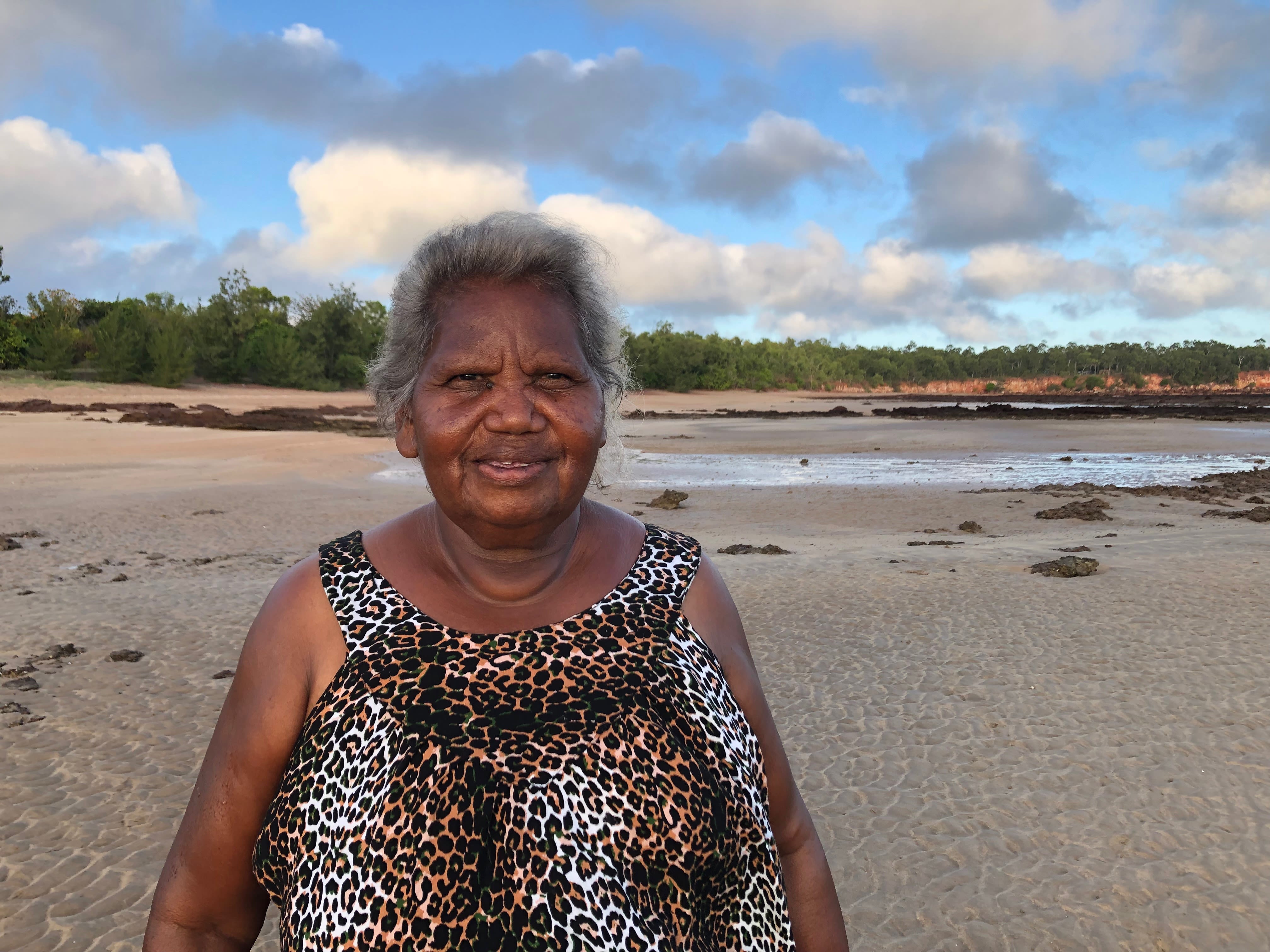
Submitted by Emily Armstrong
Submitted by Emily Armstrong
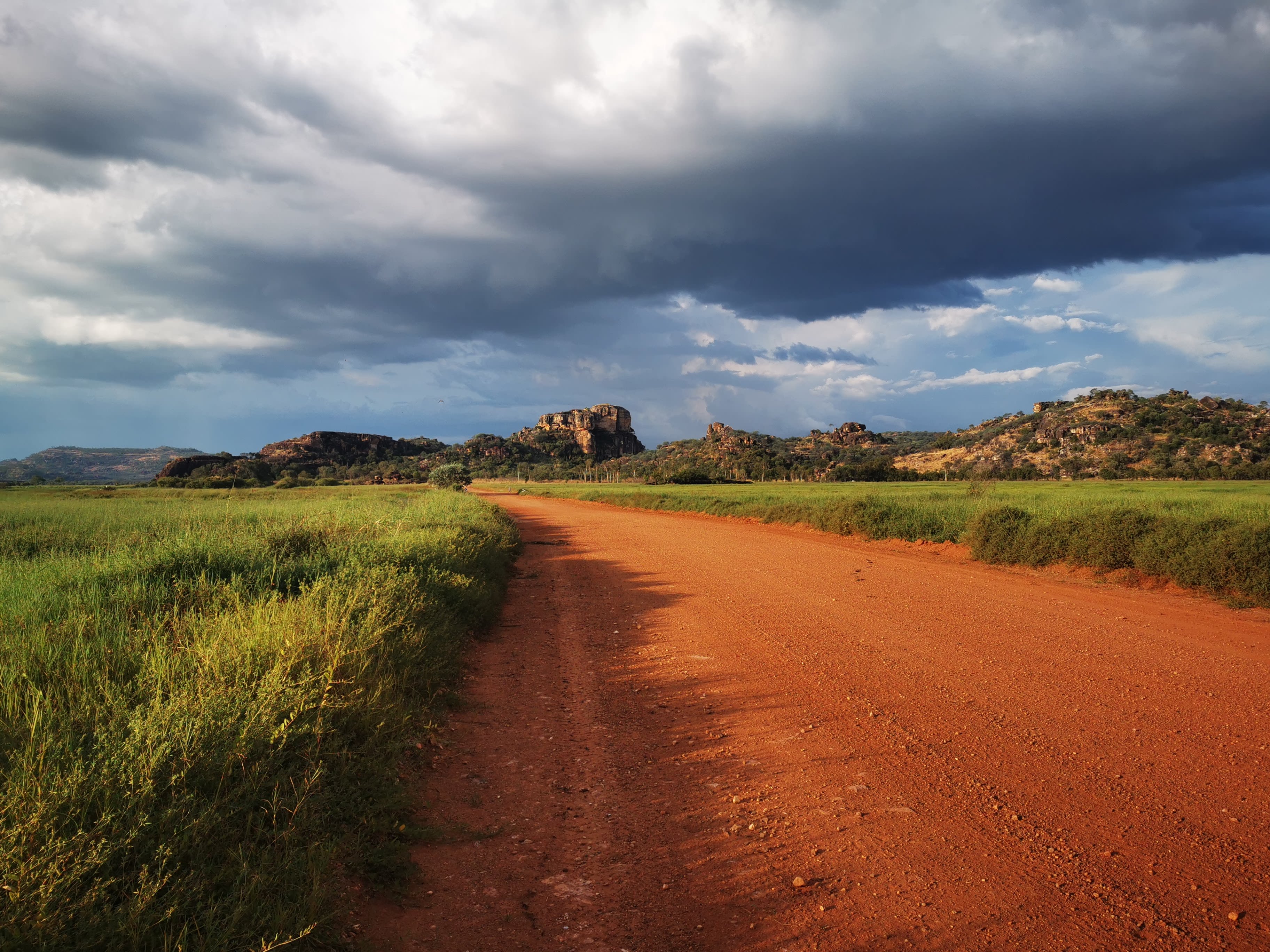
Submitted by Allyson Malpartida
Submitted by Allyson Malpartida

Submitted by Christine Schlesinger
Submitted by Christine Schlesinger
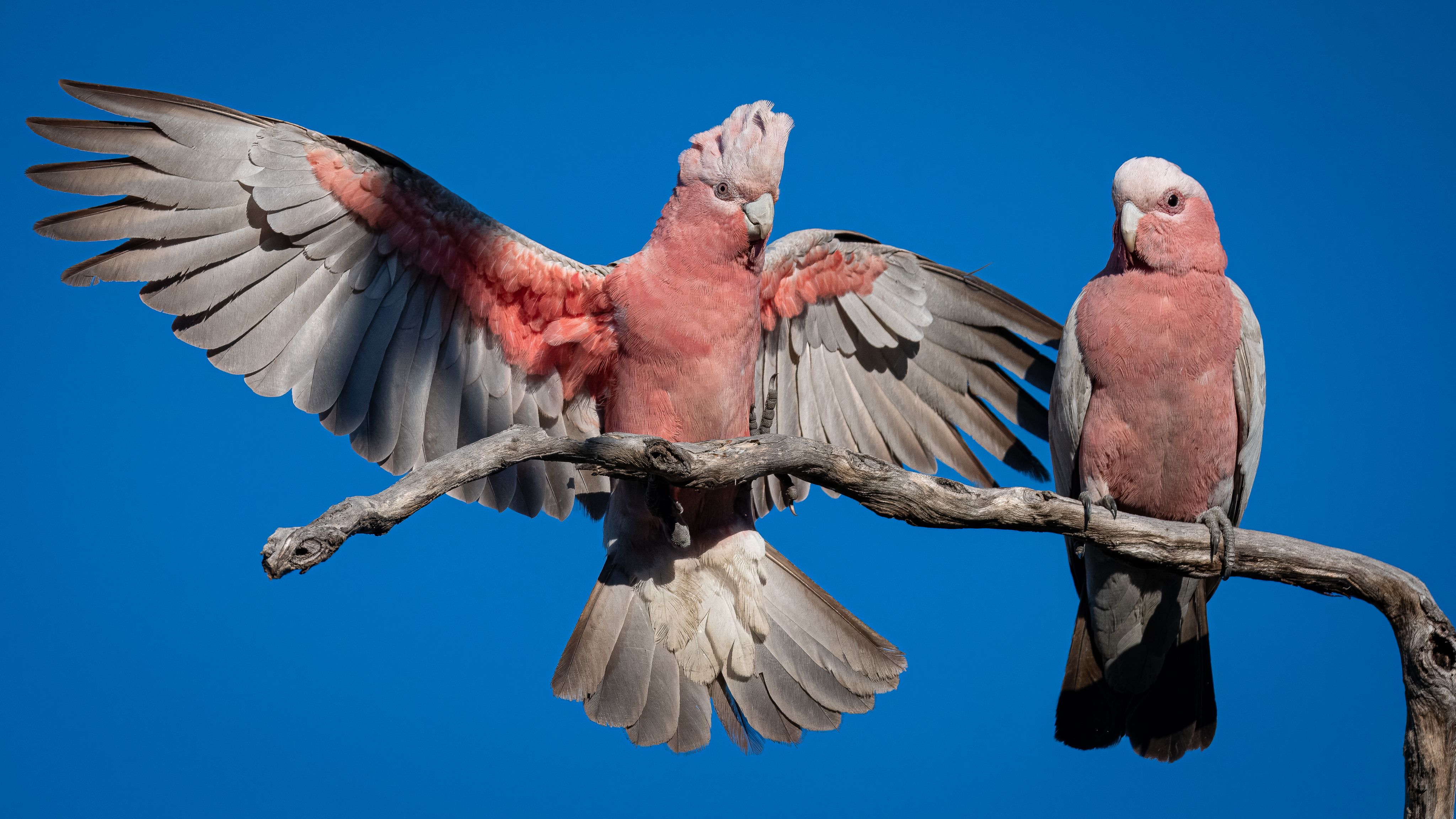
Submitted by François Brassard
Submitted by François Brassard

Submitted by Rohan Fisher
Submitted by Rohan Fisher
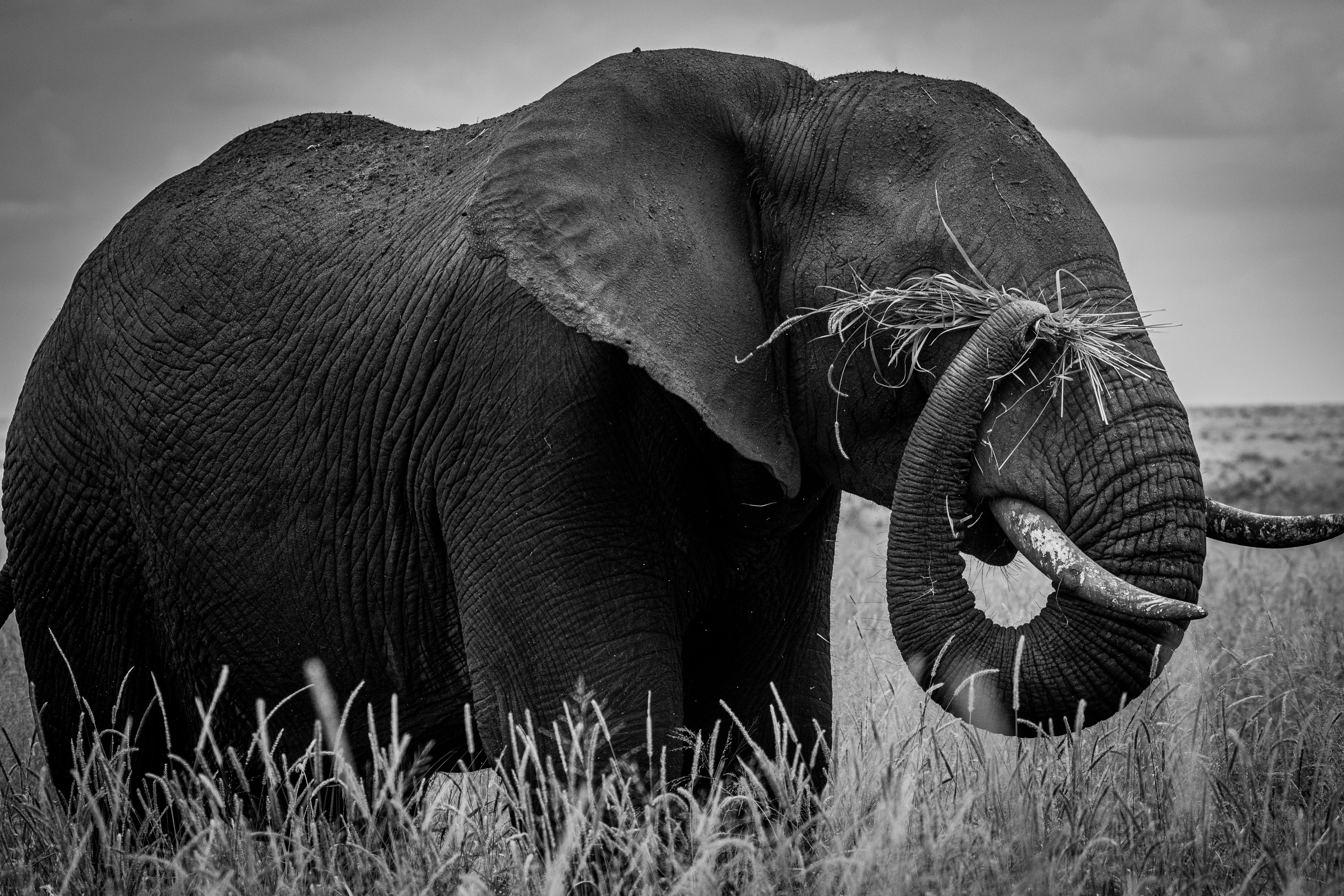
Submitted by François Brassard
Submitted by François Brassard
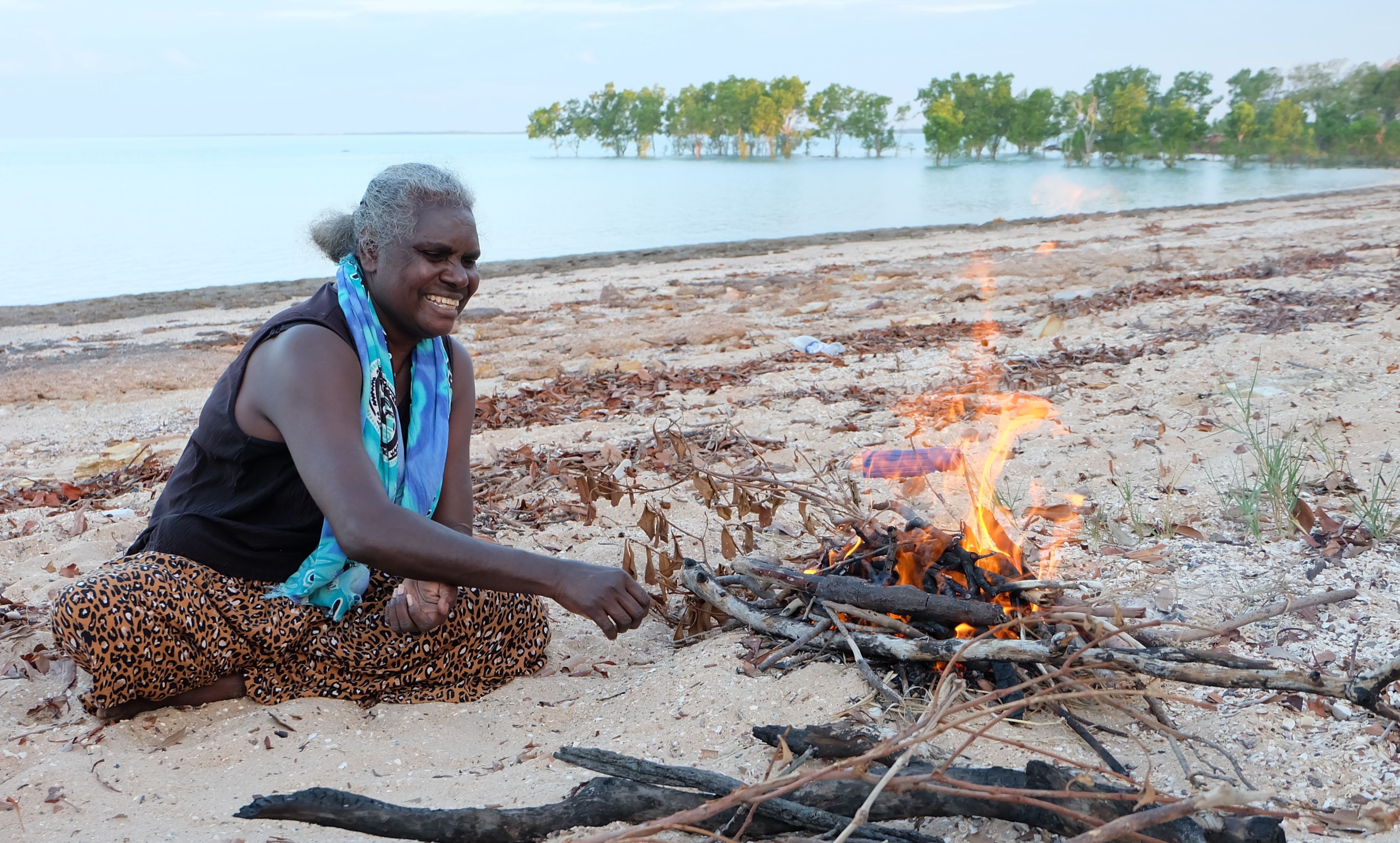
Submitted by Michaela Spencer
Submitted by Michaela Spencer

Submitted by Matthew Northwood/Lindsay Hutley
Submitted by Matthew Northwood/Lindsay Hutley